|
Whether it’s the goose-bump inspiring theme to the Lion King, a stunning photo of an acacia tree at sunset or the voice of David Attenborough as he describes the behaviour of wild African animals, there is something about Africa that always captures our attention. For me it is the raw, unique beauty of its diverse landscape, the incredible melting pot of cultures, the people and most importantly, the animals. Africa stole my heart during my first visit to Tanzania ten years ago. I always knew that I’d return, but what I didn’t know, was how much more difficult it would be to leave the second time! And what I had always hoped but didn’t dare to expect, was that Wade would fall in love with this wild continent, just as much as I had! When we arrived in November 2015, fresh off a plane from Sri Lanka, we had no idea of the incredible experiences awaiting us. Within our first week of arriving we had one of the most memorable days of all when we met Deo, our sponsor child at School For Life in Uganda. Only days later we were tracking Gorillas in Bwindi National Park and by the end of our initial week on the continent, we had spotted our first elephants on the side of the road, towering over our suddenly miniature hired Rav 4! And to think this was just the start of an incredible five-month journey through East and Southern Africa, you can begin to appreciate all that this incredible continent has to offer! During those five months of travel we met up with old friends, travelled with new ones and drank more than our fair share of beers around a campfire. We trudged up sand dunes for sunrise, watched elephants drink from waterholes at sunset and fell asleep under a sky full of stars, hundreds of kilometres from the nearest town. But neither one of us could have anticipated the love, fascination and respect we would gain for the incredible creatures that once roamed this continent so freely. Wade’s not even embarrassed anymore to admit his newfound passion for bird-watching and yes, once again, I cried on more than once occasion at the sight of animals. We spent our days searching for new species and our nights reading up on the fight many of these animals face to survive in an ever developing world. It has been an educational experience to say the least. When the time came, leaving Africa was the hardest move we’ve had to make throughout our travels thus far. But knowing that there will always be more to explore, experience and marvel at, leaves us yearning to one day return. So without further a do, let’s get down to business..... Here are the Stats, Facts and Figures from Wade and Sarah’s 5 months in Africa!
UNESCO World Heritage Listed sites = 14 (click the blue links to see our corresponding photo albums)
Photos (clockwise from top left): On top of the huge dunes of the Namib Desert at sunset; Salt Pan in Kalahari Basin; Sahara Desert in Morocco; Berber man leading camels through the Sahara Desert
Number of days spent on Safari = over 25
Number of bribes paid = 2 Value of Bribes = One bottle of Pepsi + one bottle of Coke Total Value = $2 AUD Reasons for bribes: 1) Driving without shoes in Lesotho and 2) For reduced price entry into a South African National Park at resident rates Bargain!
Now to the important stuff. THE ANIMALS!!! Our love for nature and wildlife grew exponentially during our time in Africa. During our five months, we took tens of thousands of photos so culling it down has been difficult. but here are a few of our favourites - From days spent on safaris, to quick road side toilet breaks and everything in between. We spent most of our time scanning the environment for all creatures large and small. These fantastic birds, mammal, reptiles and insects made every day an adventure, every sunrise a potential documentary moment and every tree someones home. They're what it's all about! THE CREEPY AND CRAWLY: Photos (clockwise from left): West Usambara Two-horned Chameleon, Tanzania; We had to swerve across the roads through Addo Elephant Park to avoid these endangered Dung Beetles, South Africa; Lion Spider, Uganda; the incredible iridescent Blue-Yellow Agama in Matopos National Park, Zimbabwe; this Boomslang was raiding a weaver nest for it's latest prey when it fell merely metres from a group of us watching below! OUR FEATHERED FRIENDS: Clockwise from top left: African Penguin at Betty's Bay on the South African Garden Route; White-backed Vulture clawing at an old carcass; we watched as this tiny Golden Palm Weaver created this nest by shredding strips of the palm leaf and weaving them into this intricate little nest, Tanzania; the beautiful Lilac Breasted Rollers were bountiful throughout Kruger National Park; White-fronted Bee eater, Kruger National Park; One of my personal favourites, the yellow-billed Hornbill always looks angry and yet playfully hops about the ground searching for food; the tell-tale sign of the Black-winged kite are it's striking red eyes. THE BIG FIVE: Photos from top: African Buffalo stares us down; the family relationships between African Elephants is always so evident when observing them in the wild; these fantastic lions were a pleasure to watch as they growled and bickered at one another; One of the greatest experiences of our travels was walking right up to these sleeping Rhinoceros in Matopos National Park; the elusive Leopard, finally spotted (haha) on our second last day in Africa! THE WEIRD, WONDERFUL & GRACEFUL: So there you have it, five of the most fantastic, mind blowing and real months of our two years of travel, summarised down to a bunch of numbers! I hope these figures have been entertaining and give you all some idea of the incredible experience we and in Africa. We learnt so much during our time there and I'd love to write about Africa all day, but instead hopefully one day we can share a few of our stories in person.
7 Comments
Coming face to face with one of human-kinds closest primate relatives is an experience I will always treasure. Gorillas and humans share 97% of their DNA and when in the presence of our furry cousins this fact suddenly becomes glaringly obvious. From the way they lovingly stroke their young as they sleep, to their human-like hands and fingernails, these primates truly are a fascinating example of human evolution. Currently there are only three places in the world where Mountain Gorillas exist - Uganda, Rwanda and Democratic Republic of the Congo. According to the last census in 2011, there are approximately 880 Mountain Gorillas in the wild with around half of these calling Bwindi Impenetrable National Park in South-Western Uganda, home. This number showed an increase from the previous census, suggesting a small win for this critically endangered species. Tracking Mountain Gorillas was something I was originally hesitant to do. For starters the permits are $650 USD in the high season and $350 USD in the low making it an incredibly expensive one-day experience before you even begin to factor in transport, accommodation and other expenses along the way! Secondly, with the species listed as critically endangered, I wanted to be certain that increased tourism and the habituation of the gorilla family groups is not having a negative affect on the animals and the survival of their species as a whole. We had to secure our permits well in advance so, while choosing to ignore the fact that the low season prices meant you could be trekking for 12 hours in the rain, we snapped up the opportunity and booked our trek prior to our arrival in Uganda. Once the permits were booked it was time to sit back and eagerly await the extraordinary day. It took us two days to make the journey from Kampala, the capital of Uganda to the small rural town of Kisoro, and then on to our accommodation at Bwindi Backpackers Lodge. Getting to Kisoro was easy enough, but being the low season, our only option for the final 20km stretch was to hire a private driver. What we didn’t know was that the final 20km drive was on a pothole riddled, steep and slippery dirt road, edged by sheer cliffs! The drive was terrifying to say the least. Our driver punctured a tyre in the first 3km out of town before proceeding to get the car (yes car, NOT a 4wd as we had been promised!) bogged on a muddy cliff-edge during pouring rain. Ten minutes of spinning tyres which ended with Wade and I showered in mud as we pushed the car out of the monstrous hole our driver had created, and we were back on the road. When we finally arrived at our lodge after a 2 hour, 20km drive, we barely recognized the car with it’s bumper bar hanging off the back and mud spray covering every panel! Needless to say, arriving at the remote, incredibly beautiful and yet modest Bwindi Backpackers Lodge was a much-anticipated moment. Upon our arrival at Bwindi, I had plenty of questions and luckily the owner/manager Seith at Bwindi Backpackers Lodge was willing to answer all of them. Seith, like many in the tourism industry in this area of Uganda, believes that habituating the gorillas to human presence and tracking their family groups with the trained Park Rangers causes no harm to the animals. He also believes that without tourists tracking the gorillas and seeing them first hand, their fight for survival would be less public and therefore less “important” to the general population. Unfortunately, finding the right people to answer these questions can be a very difficult task and getting clear black and white answers to sensitive and opinionated topics such as this, is virtually impossible. After some thought, I personally couldn't see how the tracking itself would negatively affect the gorillas however I was curious to see how "habituating" them would affect their behavior and interaction with each other in our presence. After a restful night sleep our big day started at 6:30am when, after a nourishing breakfast, we were driven to the National Park office for the Nkuringo Gorilla group. Various Gorilla family groups live throughout the National Park and depending on where you stay and the purpose of your visit (ie. Tourism or research) different family groups are tracked from different towns and starting points. After a short briefing, we began the steep and slippery hike through tiny villages where crops were planted on gravity defying slopes. Given that we had purchased our permits for half the price due to visiting in the rainy season we couldn't believe our luck when we had to stop to apply sunscreen on this beautiful clear, sunny day. Photo: The terrain went from hilly and steep farmland (left) to rugged and impenetrable (right) within the first hour of walking We were grateful for our walking sticks as every step required thought and planning to avoid sliding straight down the muddy mountain. Every now and then we took a break when our guide would radio through to the trackers who were an hour ahead of us, to see their progress in tracking the Gorillas. Wade's nerves were running high as we knew that if the Gorillas hadn't been found by 3pm, it was the guides responsibility to call the trek off and return to the office before dark. We didn't know at the time, but in our guide's 3 years at Bwindi National Park and thanks to the well-trained and knowledgable trackers, he has succeeded every time in getting his groups to the Gorillas! After a short break, we were back on our feet, tip toeing our way towards the National Park boundary. Two years ago, the National Parks authority decided to make a buffer zone between the National Park and the nearby villages by selling a 100m wide strip of land to an investor who now plants tea along the boundary. The purpose of this buffer zone was mainly to prevent the Gorillas from coming out into the open and leaving the National Park but also to clearly mark the boundary so that rangers can more easily monitor poachers or any unauthorized people from entering the National Park. Photo: Our awesome guides and National Park rangers walking through the tea tree plantations, with the edge of the thick jungle and home to the Gorillas in the distance Reaching this buffer zone was our goal as once we were there, it was just a matter of knowing when to start hacking our way into the thick, virtually Impenetrable jungle, towards the Nkuringo Gorilla group. The tea plantation also provided some respite for our weary knees and squashed toes as we were now in the valley where we could walk along a defined path and pick up our pace as anticipation of our target surmounted. After trekking for three hours we had arrived at the Gorillas "nest" from the previous night. Being that their main activity during the day is eating, Gorillas usually move every morning to find new food during the day before resting in the afternoon then possibly moving again and settling into an area around dusk. The highly skilled trackers begin their pursuit each morning wherever they left the Gorillas the previous afternoon. Usually within a few hours they are able to find the "nest" and from there the Gorillas can be anywhere inside a 1-3km radius depending on food availability, weather and the presence of other Gorilla groups. Seeing the nest renewed our motivation and hearing over the radio that the trackers had actually located the Gorillas was the news we had been waiting for all day! Photo: The final dash down the mountainside before being greeted by the "Impenetrable" jungle We had two more slippery slopes to conquer and there we were. Standing at the edge of thick rain-forested jungle, we could barely see the path that the trackers had carved out with their machetes. After a short food and drink break the moment had arrived. We were now just a brief walk from where the Gorillas were spending their afternoon, lazing about in the shade of the jungle. A deep growl echoed around us and my heart started pounding. Wade and I exchanged excited glances and had our cameras at the ready. The trackers continued, completely unfazed by the now irrefutable presence of these enormous primates. Our path took an unexpected turn and as the tracker put a finger to his lips to silence us, we noticed that barely 3 meters from where we had just walked, was the dominant male silverback. We had unknowingly just waltzed straight past him as he sat amongst a thick tangle of vines, munching contently on a bunch of leaves. Against all instinct, the tracker encouraged us to turn our backs on the large leader of the group and as we did, we realized we were actually amongst the entire Nkuringo Gorilla family! Two young offspring played jovially in the trees above us while an adolescent male yawned and rolled over, clearly undisturbed by our presence. Towards the back of the small clearing, a mother held her 2 month old baby in her lap, stroking it's head as he slept in her arms. I was down on one knee trying to capture a photo of the baby Gorilla when I heard everyone moving behind me. Wade whispered my name, first once then a second time with a definite tone of urgency. I stood up frustrated that I was interrupted, when I turned to see the enormous 230kg Silverback making his way towards the rest of his family. Suddenly there I was in between him and them. Photo: As I ducked behind Wade, I managed to snap this photo of the silverback waltzing past right where I had been sitting! Forgetting everything we'd been told about keeping calm, I jumped behind Wade and took cover as the Silverback cruised past on all fours seemingly unfazed by us, but all the time, very well aware of our presence. Between photos, we watched as the Gorillas took their afternoon siesta. One of the young almost fell from a tree during playtime and was swept up into his mothers arms as she wandered off deeper into the jungle, clearly cautious and protective of her juvenile son. Simple behavior such as this was the only real sign that perhaps we were disturbing the Gorillas by our presence. We were left with three adults, the silverback and the youngest baby for the remaining half hour of our one hour time limit. When the rain began pouring down, we quickly sheltered our cameras and locked them into our waterproof bag. In one way it was a blessing in disguise as we stopped frantically shooting through lenses and instead just took the time to admire and observe these magnificent creatures. As our time was coming to an end, the rain ironically eased. We reached once again for our cameras and our guide obliged us with an extra 10 minutes to take our final photos. Walking away was difficult, but knowing the importance of these strict time limits for the protection of the Gorillas, we slowly eased away, still buzzing from the entire experience. Once back in the tea plantation, all Wade and I wanted to do was sit on a log and scan through our photos reliving the incredible hour we had just shared in the presence of mountain gorillas. However, we only had a short break before our slave driver guides had us back up and trudging through wet and slippery mud to begin working our way out of the impenetrable forest we had just worked so hard to get into! It took us a tough two hours to climb out of the valley and the weather was doing its best to hamper our efforts with a constant drizzle of rain on our soaked and tired bodies. Before long, our excited chatter had dropped off and we walked heads down for the last hour, before realizing we were back amongst villages and slowly nearing our collection point. While I didn't want the experience to end, we were both absolutely soaked through and desperately wanted to be back in the comfort of our lodge where I was hoping a warm shower would be waiting. No sooner had I imagined it than the fantastic staff at Bwindi Backpackers had the fire going in preparation for our return, to heat the water for our showers! While the two of us were limping around gingerly on tender feet, we were also dying to share our experience with others at the lodge. Photo: (left) Our feet were disgustingly swollen and sore from begin jammed in wet shoes for 8 hours of hiking!; (right) Our guide insisted on getting this cheesy photo with our certificates... in case our faces don't already say enough, the certificates weren't our top priority after such an incredible experience! But that was going to have to wait! Outside our room on the beautiful lawns overlooking the valley, was a group of local children ready to perform a few songs and dances for us, the guests of the lodge. Seith, the owner of Bwindi Backpackers, supports the local community and village by providing them with school supplies and other resources in order to give back to the community that his family has been a part of for over forty years. Although my body ached from the trek and my poor feet were still swollen from walking in wet shoes for 8 hours, this was no excuse to not share a dance with these awesome kids! I danced away like an uncoordinated white girl, while these tiny children with all the rhythm of professional dancers, ran rings around me, clapping, singing and beating drums in perfect rhythm. We said goodnight to the children as the sun set behind the lodge, and they began the forty minute walk back to their homes, in the dark. It made my whinging about a trek I'd chosen to do seem very pathetic! Photo: The kids from the surrounding villages performed dances and sang for us until sunset That night the lodge was filled with the excited chatter of children - only it was actually coming from grown adults! Something about this rare and unique experience gives even the most hardened adults an exhilarating buzz.
I am still in doubt as to whether habituating these wild gorillas is essentially changing them and in some ways "taming" them, therefore making them a bigger target for poachers. However, I also believe that experiences such as this, provides a small amount of money for the protection of the species but more importantly provides the education for the public to understand the importance of the conservation of our furry cousins long into the future. All in all, tracking the mountain gorillas of Bwindi Impenetrable National Park was not just an experience I enjoyed at the time, it is a memory I will treasure forever. Knowing the dangers that these primates face due to poaching, deforestation and political unrest made our encounter all the more meaningful. And seeing the life and love in their deep brown eyes, made our day truly unforgettable. Vietnamese food is the most incredible amalgamation of tangy, spicy herbs, multicultural influences and an awesome array of fresh produce. While the ubiquitous Pho can be found on any side street from the Mekong Delta to Hanoi, the rest of the Vietnamese cuisine varies quite remarkably from the South to the North. You might start a seemingly lifelong love affair with the street food of Hanoi, just to discover that you’ll never meet again as you travel further south. In any case, we found that no matter where we were in Vietnam, we would always find a tasty bowl-of-something to satisfy our ever growing waistlines! The most difficult part of all of this, is that many restaurants throughout the more local regions of Vietnam often don’t have descriptions, pictures or sometimes even a menu from which you can discover these taste sensations. So, because we are champions of the people, we decided to list our favourite Vietnamese dishes, foods and drinks to hopefully make your next visit to this long and wonderful country as tasty as ours! 1. Bahn MiThe French did something right during their time in Vietnam. They introduced wonderfully crusty, fresh and properly baked bread into an already blossoming Asian cusine. So what did the Vietnamese do with this bread? They made it awesome by filling it with everything from a fried egg to pork belly, BBQ pork, liver paté, pickled vegetables, fish cakes and deliciously topped with cucumber and fresh tangy herbs. But no matter what combination of ingredients you choose (or more likely NOT choose but just have chosen for you by the Bahn Mi grandmaster chef extraordinaire) you MUST have chilli! Try it once, and you will NEVER look back!
2. Bun ChaBun Cha very quickly became Wade’s firm favourite dish during our time in Hanoi where it is much more common than southern Vietnam. Bun Cha is usually served up in three separate dishes. One contains the delicious chunk of pork or small pork patties soaking in a rich clear broth, the next contains a pile of rice vermicelli noodles and the last is your add-as-you-go herbs, lettuce and other Asian greens. While we were never given the exact protocol for eating this dish, we usually just added a few noodles and herbs to the meat bowl, slurped and scooped our way through, then added more and continued until all the broth and meat was gone and/or we were at exploding point from maximum noodle consumption!
3. Spring Rolls or "Nem"Spring Rolls have never been my first choice of meal or snack but when it comes to Spring Rolls in Vietnam, it’s a different story. Vietnamese Spring Rolls can be fresh or fried, made from rice paper or Hanoi’s unique crumbly outer shell and filled with meats, seafood, vegetables or tofu. Whatever form they come in, they’re fantastic and we found the best ones were the Spring Rolls straight off the streets of Hanoi! Wherever you see a wok full of bubbling oil, you’re bound to find some delicious (if not a little indulgently greasy), “Nem”. Spring Rolls are religiously dished up with Nuoc Cham dipping sauce. Nuoc Cham is a combination of fish sauce, garlic, lime, fresh chilli and sugar…… yuuuuuuuum! 4. PhoSo here’s a hot tip, Pho is actually pronounced Fur or Fuh. Trust me, this will come in handy when no one in Vietnam knows what Foe is! But look, regardless of how you pronounce it, Pho is not so much a “must try” in Vietnam as a “you’ll try it whether you like it or not”…. And trust me, you’ll like it! Almost every restaurant in Vietnam will serve Pho while some simply offer no alternative! Pho is a noodle soup that local Vietnamese will happily enjoy for breakfast, lunch or dinner. Pho from the south of Vietnam typically comes packed with bean sprouts, noodles and your choice of chicken or beef and comes with a side of extra bean sprouts herbs, lime and chili for you to add as you please. The soup also tends to be more flavoursome in the south. On the other hand Pho in the north has much more pork on offer and comes with less sides but more onion-type vegetables in the soup. Almost all tables at restaurants have soy sauce and chilli for patrons to add to their own Pho depending on your personal preference. Average Price: 20,000 - 40,000 VND 5. Spicy SaladThis isn’t so much a single dish as it is variations on the typical salad offered throughout Vietnam however all have a few main features – Spice, Flavour and Crunch! Typical Vietnamese salads are built on a base of shredded young papaya, carrot, onion, chilli, and peanuts and then topped with your choice of meat or seafood. I’ve always been a huge fan of salad…. Yeah, I’m THAT person, but seriously these are incredible! During our stay I tried everything from Banana Flower salad to Spicy Seafood salad to Chilli Beef Papaya salad and I simply couldn’t get enough. The flavour and freshness of these salads is undeniable however the only let down is that this often needs to be ordered at restaurants rather than any old local street side stall. That’s not so much a comment on the quality as it is the availability of these salads on menus! Average Price: 80,000 VND Our Favourite Spicy Salad: "Tuan Ngoc Restaurant" in Phong Nha.
6. Cao LauThis dish a unique specialty specific to the awesome little UNESCO Listed town of Hoi An. Apparently the noodles used in this dish are soaked in the water from one specific, thousand year old well in the centre of Hoi An town. Sounds odd, but don’t let it turn you off. The truth is that the rest of Vietnam is letting the team down by not cooking this dish (I guess the well water wouldn’t stretch that far!). The soaked noodles are topped first with a small amount of punchy broth, then flavoursome sliced pork, tangy green herbs, juicy bean sprouts and small pieces of fried pork belly. Once you’ve taken an obligatory photo of this epic meal, Cao Lau needs to be stirred well in order to mix that mysterious, delicious broth through all the noodles…. Hoi An, you had me at Cao Lau! Our Favourite Cao Lau: Hoi An has some seriously delicious Cao Lau and almost every restaurant will have Cao Lau on their menu. A word of advice, if you love Cao Lau as much as I do, make sure you enjoy as much as you want while you're in Hoi An. Surprisingly, not many other cities make this glorious dish. Average Price: 40,000 VND 7. Nuong Cuon or Grilled Pork Rice Paper RollsOnce you’ve tried this taste sensation, you will regret every time you strolled past the opportunity to not only enjoy this incredible dish but also the experience that this street-side meal usually provides! Nuong Cuon is a type of spring roll, however it is so unique and delicious that it deserves it’s own mention on this list of “Must Try’s”. Nuong refers to the grilled pork version of this dish, which is in my mind, the BEST version. You’ll know a Nuong Cuon joint by the teeny-tiny plastic stools lined up on the curb. It all starts with the marinated grilled pork skewers being BBQ’d on the side of the road. Pop one of these into the fresh-as-a-daisy rice paper spring roll wrappers. Next add a fair share of crisp and tangy lettuce and herbs. Roll this bad boy into a tight little roll and finally dunk it head first into the thick, drinkable peanut sauce! I feel like this is an ongoing theme, but the sauce is even better with a bit of chilli!
8. RambutansNow obviously Rambutans are not exclusive to Vietnam, but this is definitely where we enjoyed our most plump, juicy, little morsels of natural sugar. For those who aren’t familiar with Rambutans, they’re quite similar to a lychee however they have their fair share of differences. For starters, Rambutans look like something you would want to win out of a vending machine as a child! Their thick red outer shell is covered in soft green/yellow spikes and to open this magic-box of flavour one must squeeze and twist the shell. Inside is a sweet white ball of flesh with enough Vitamin C to get you through the day and a kick arse natural sugar high to keep you exploring the streets of Vietnam all day! Best Rambutans: Rambutan's should be firm, bright red and are best if they’re bought still on the branch. The green/yellow spikes can vary anywhere from yellow to green to red and this shouldn't affect the flavour or freshness. Avoid fruit with brown or black shell. Average Price: 30,000 VND Per Kilo (but they’ll ALWAYS include the branches in that kilo…. Sneaky buggers!) 9. Lemongrass Chicken SkewersWhen it comes to flavour and unique uses of herbs and spices, Vietnam are pretty damn innovative! When I heard Lemongrass Chicken Skewers, I imagined Chicken, marinated in lemongrass and impaled on a wooden stick. Not so, said Vietnam! How about instead, we mince up the chicken with spices that not even the Colonel has heard of, then grab a fresh stick of lemongrass and wrap some minced chicken-ey goodness straight onto our natural skewer! Then grill, fry or bake these kids and whichever you choose, the lemongrass will infuse into the chicken from the inside. Ahhh Vietnam, you’ve done it aga-am….. meh, close enough! 10. Vietnamese Coffee or Ca PheCoffee lovers listen up. Coffee haters, be gone! Vietnamese coffee is some of the richest, thickest coffee I’ve ever tasted. But the best part about it is that no matter how you like your coffee, almost anyone can enjoy this nectar of the Gods. No I’m no aficionado, so don’t hold me to my word here but as long as you’re not one of “those” people that orders a half strength, skinny, soy latte I reckon you’ll make a Vietnamese coffee part of your daily routine! And don’t worry about drinking hot coffee in that muggy Asian heat. If you prefer it cold, it still tastes just as good!
Traditional Vietnamese coffee goes like this - The coarsely ground coffee is placed into a cute little silver cup atop your mug where it slowly filters down and drips thick black gold into your mug. From here it’s up to you! For black coffee lovers, drink it hot or add ice – delicious! For white coffee lovers – add fresh milk and/or ice – delicious! And for sweet coffee lovers, it’s hard to beat a slug of condensed milk, some ice cubes and a good stir to enjoy the sweet, creamy taste of this morning pick-me-up!Just make sure when you’re ordering that you ask specifically for Vietnamese coffees, you don’t want to be left wincing through an instant 3-in-1 packet of poop! Average Price: 15,000 – 45,000 Depending on where you order a good coffee can sometimes be more than your meal, but it’s still worth it! For a while there I wasn't sure I'd ever be writing this blog. Not because I thought anything tragic would happen to us, but because I thought we might actually never leave South East Asia! Compared to our time in South America, we took it suuuuuper slow along the old "Banana Pancake trail" weaving our way across borders and meandering down the Mekong. We lost whole weeks chilling on islands and exploring hill tribe villages, and we ate enough delicious food to sustain a small nation! We witnessed wild elephants grazing in Thailand and trekked for hours to find the largest flower in the world, which actually turns out to be a stinky fungus.... booooo! We watched the sun set over hundreds of ancient temples in Bagan, Myanmar and woke to the sunrise over Angkor Wat in Cambodia. So, as we depart this incredible region of the world for our next destination, here are a few facts, figures and statistics from our travels through South East Asia. I hope you enjoy it and if you have any suggestions for stats we should be keeping as we head towards Africa, please let us know in the comments! Also, for anyone who missed our "Stats, Facts and Figures from 6 months in South America" blog, you can find it here!
Photos: (clockwise from top left) Fish Amok - Cambodia, Pork Pao - Malaysia, Spicy Seafood Salad - Thailand, Cao Lau - Vietnam, Char Kway Taow - Malaysia, Hue Style Pork Soup - Vietnam, Local breakfast goodies in Myanmar, Khao Soi - Northern Thailand
Well there you have it! We could rattle off statistics and numbers all day but we're trying to keep it interesting so like I said, if you have any you think would be a bit of fun or interesting during our time in Africa, let us know in the comments below! In the meantime, if you missed our last stats blog, don't forget to check out our "Stats, Facts and Figures from 6 months travelling South America"! |
AuthorEnthusiastic but Useless Traveler. Archives
July 2016
Categories
All
|
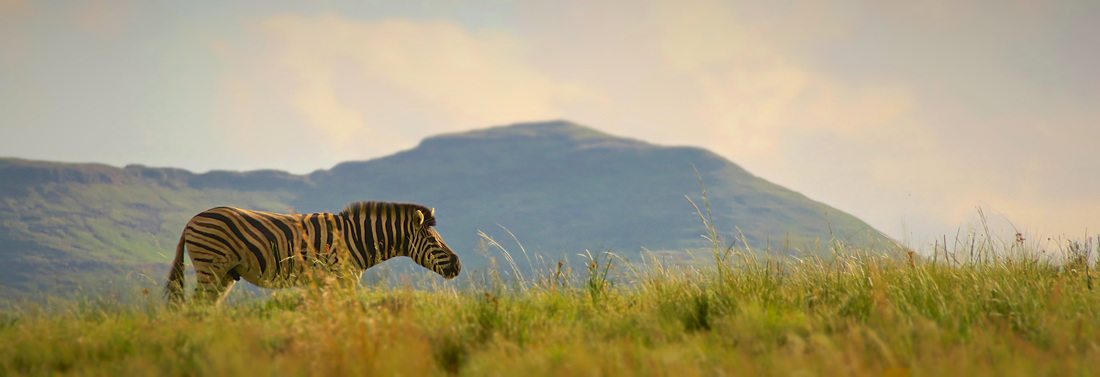
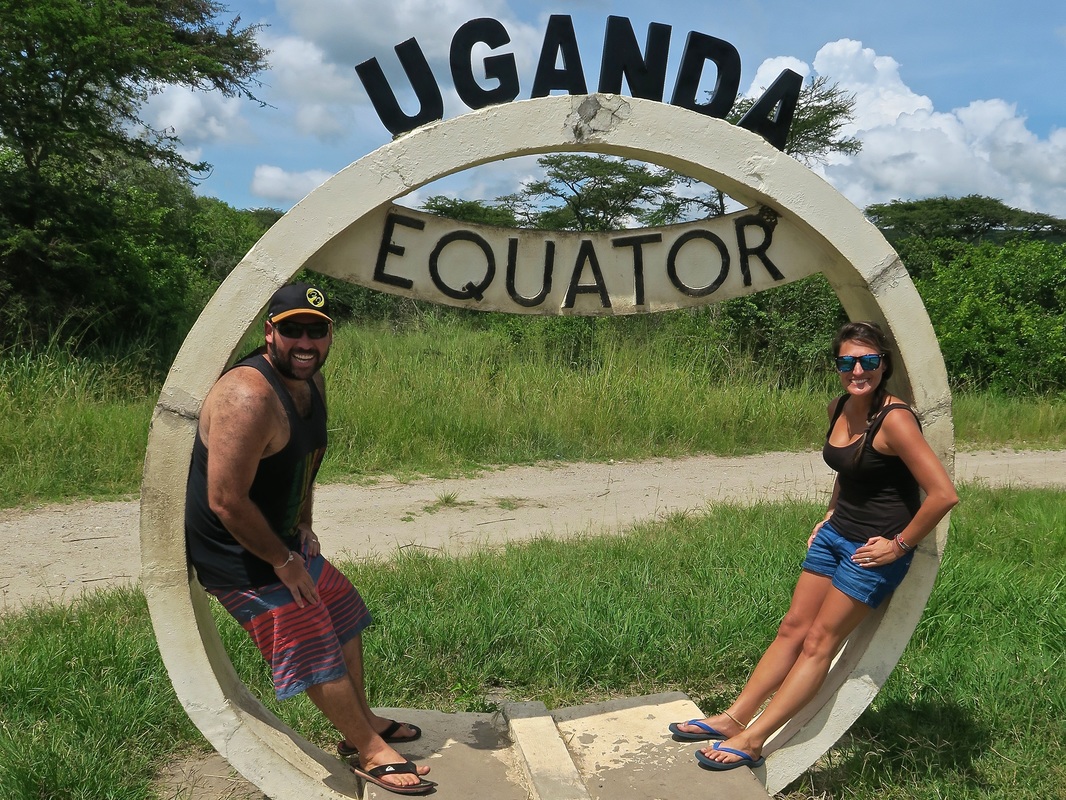
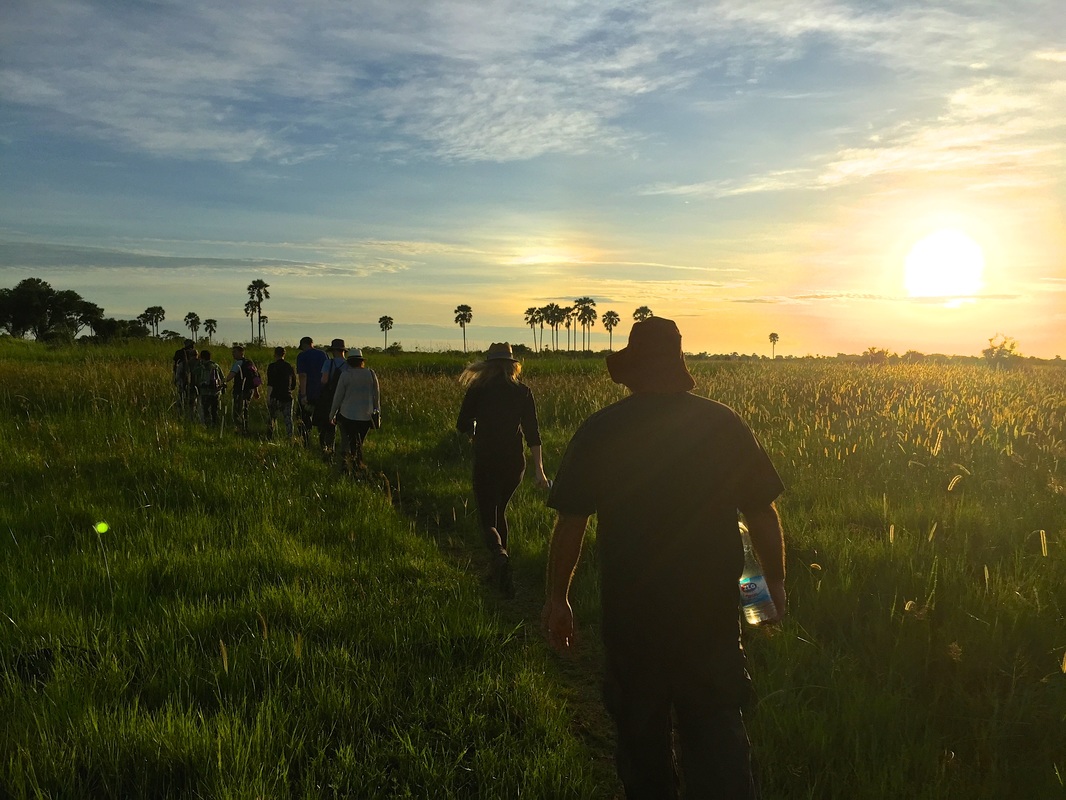
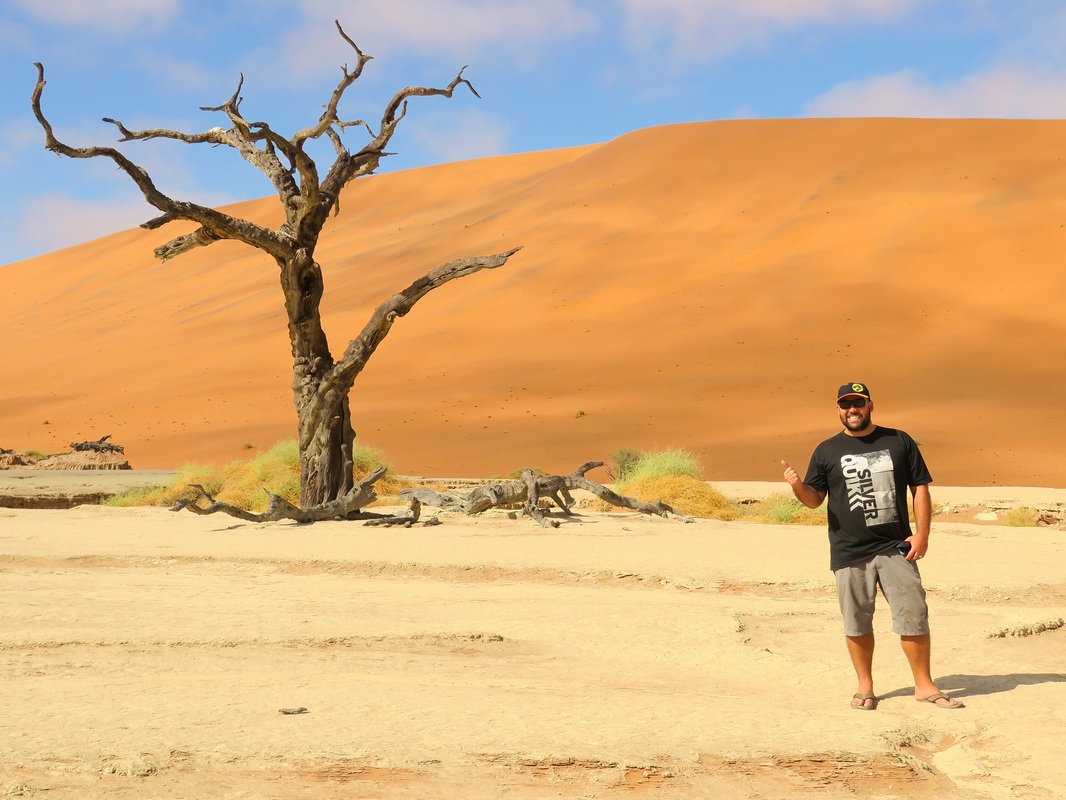
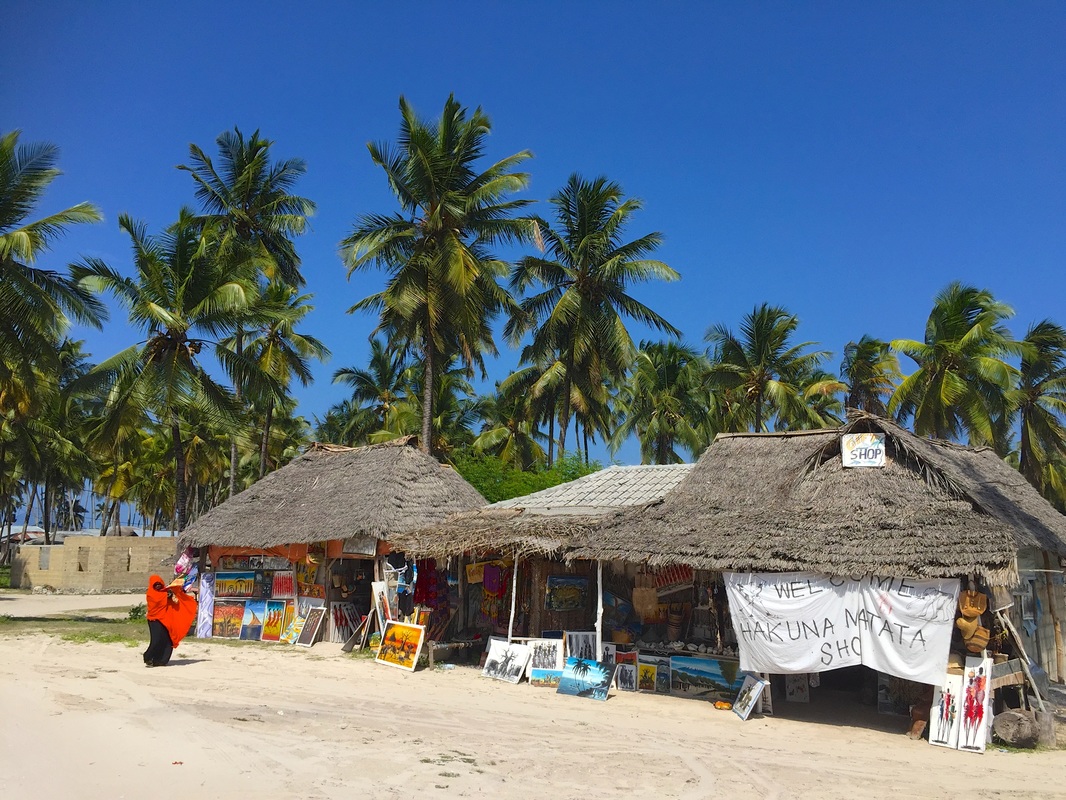
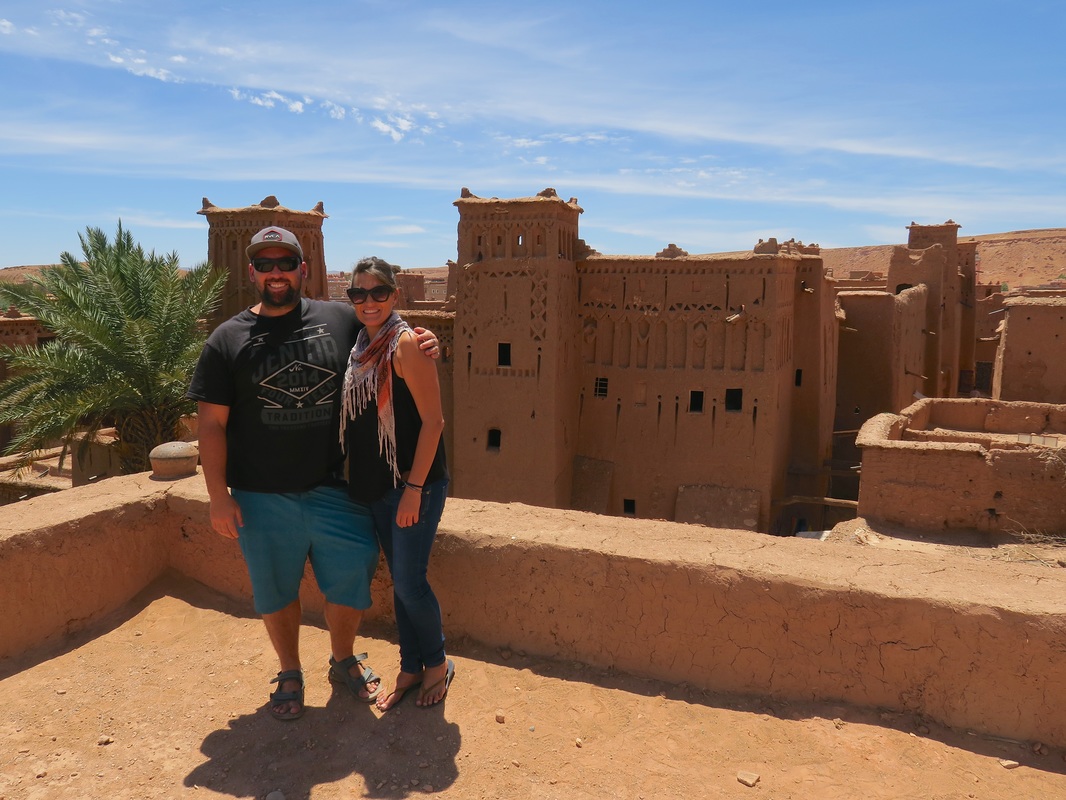
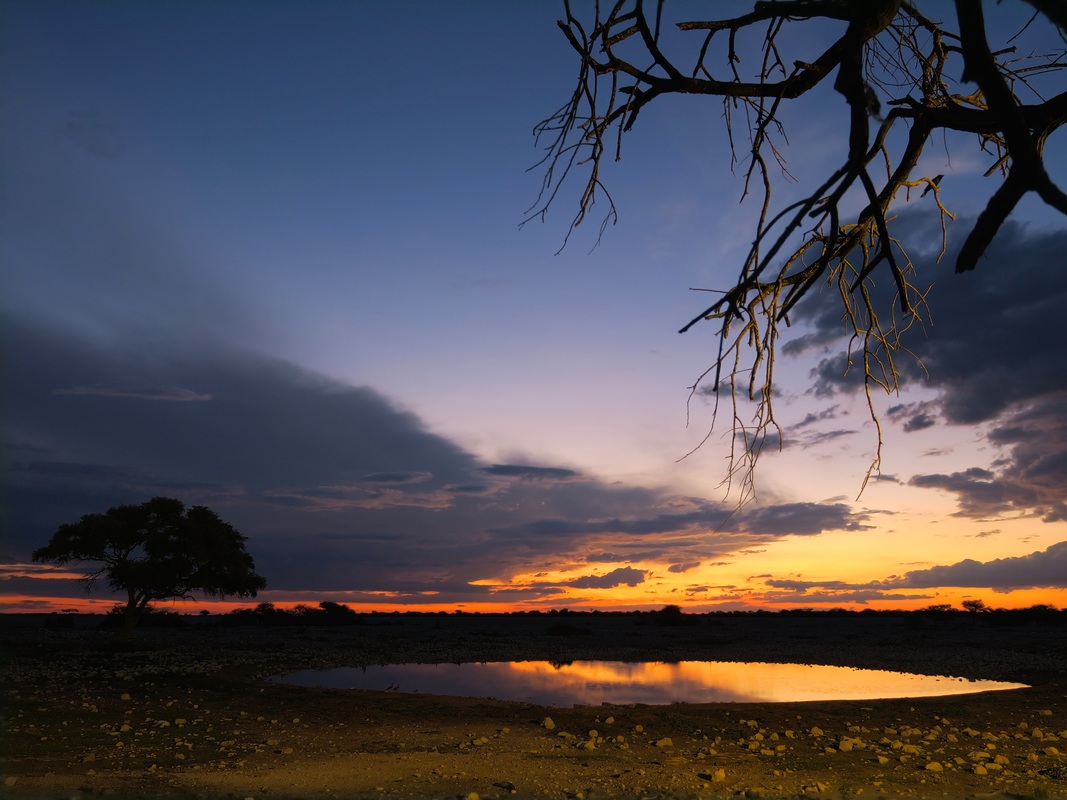
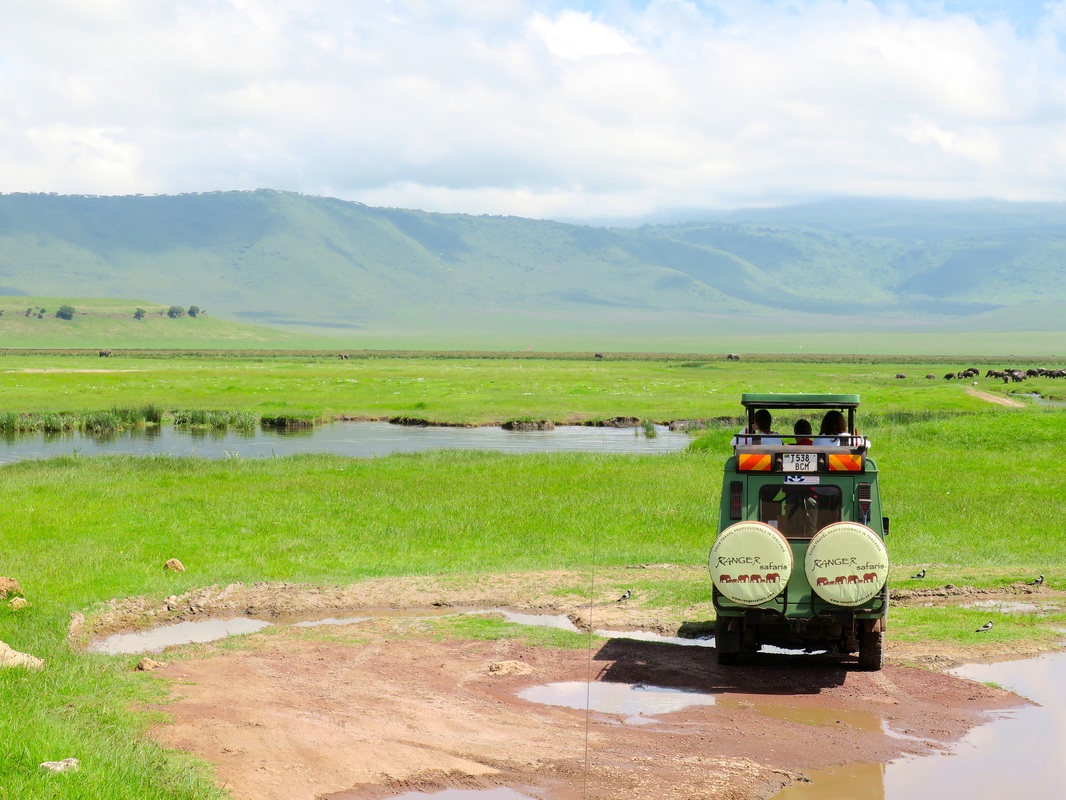
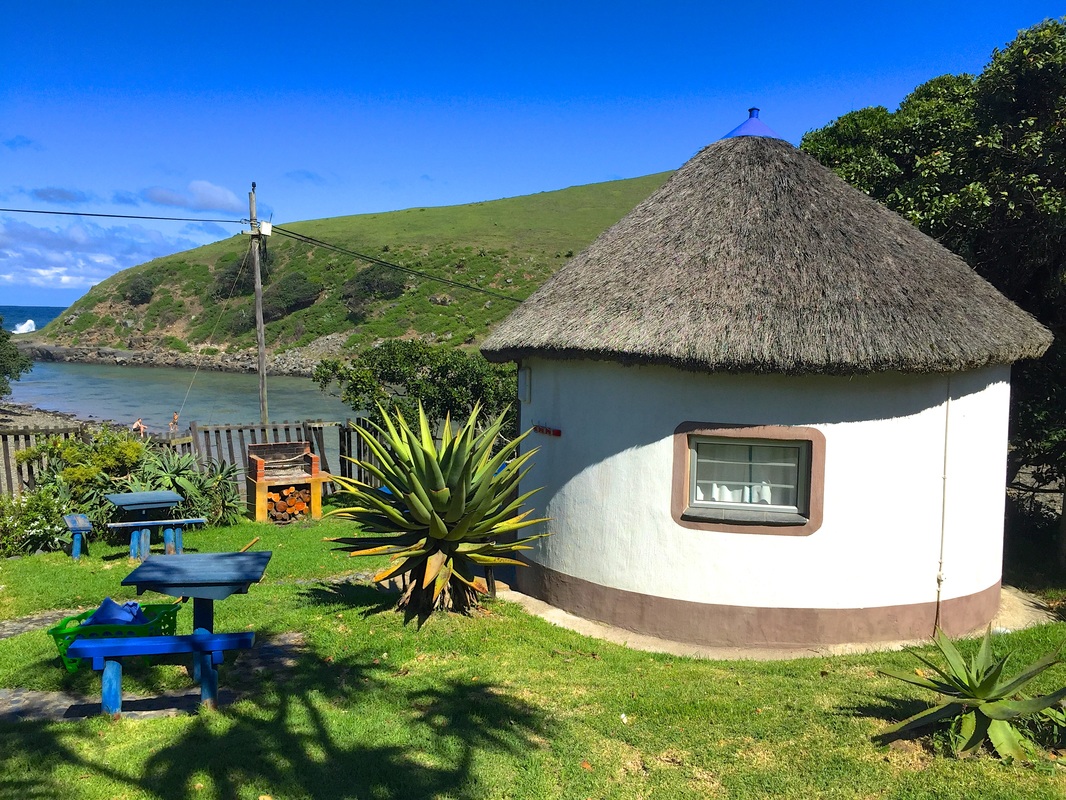
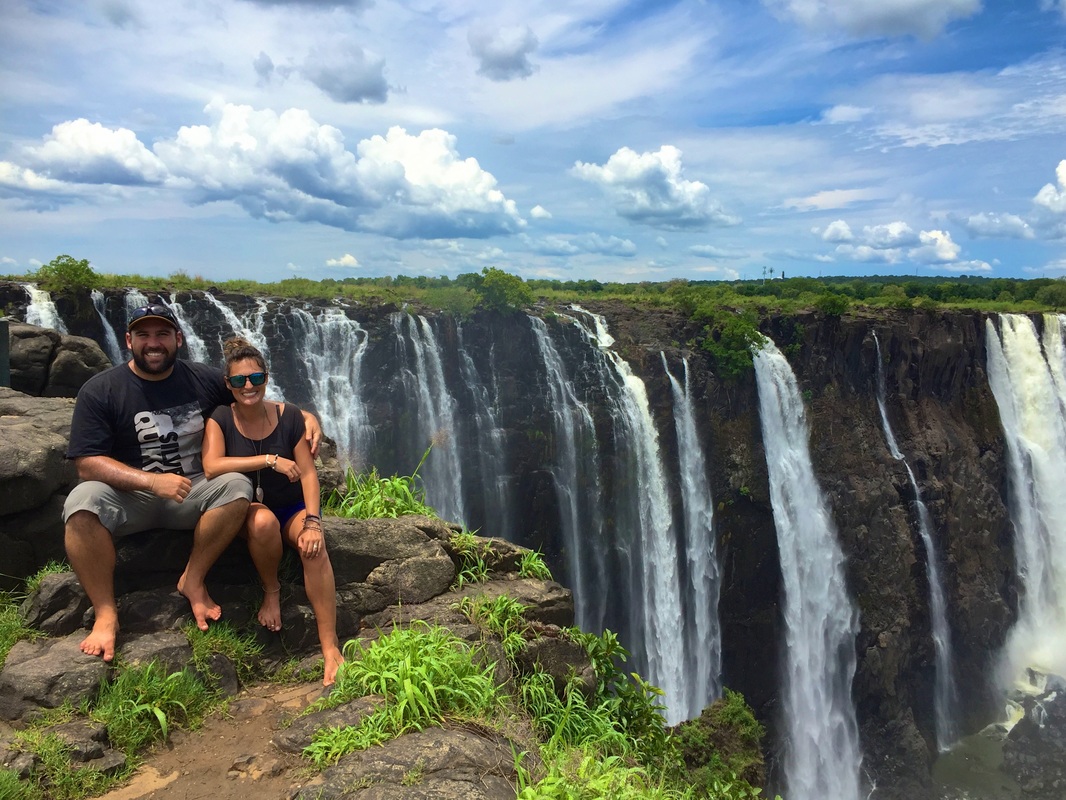
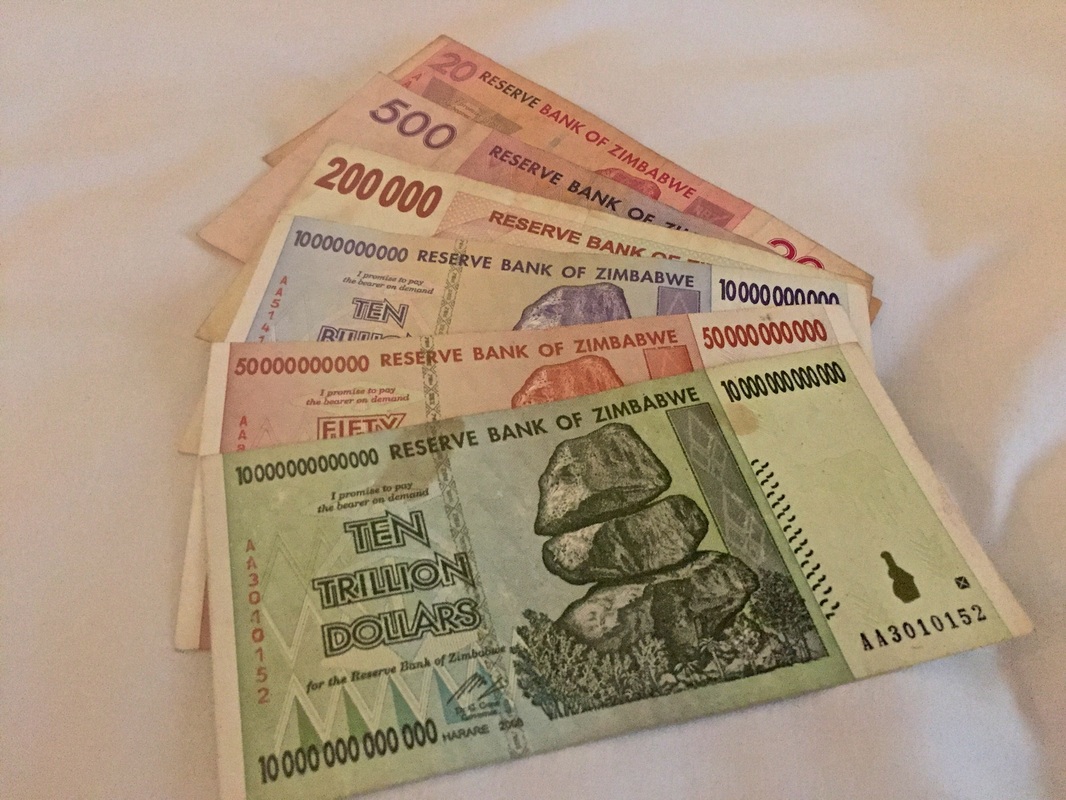
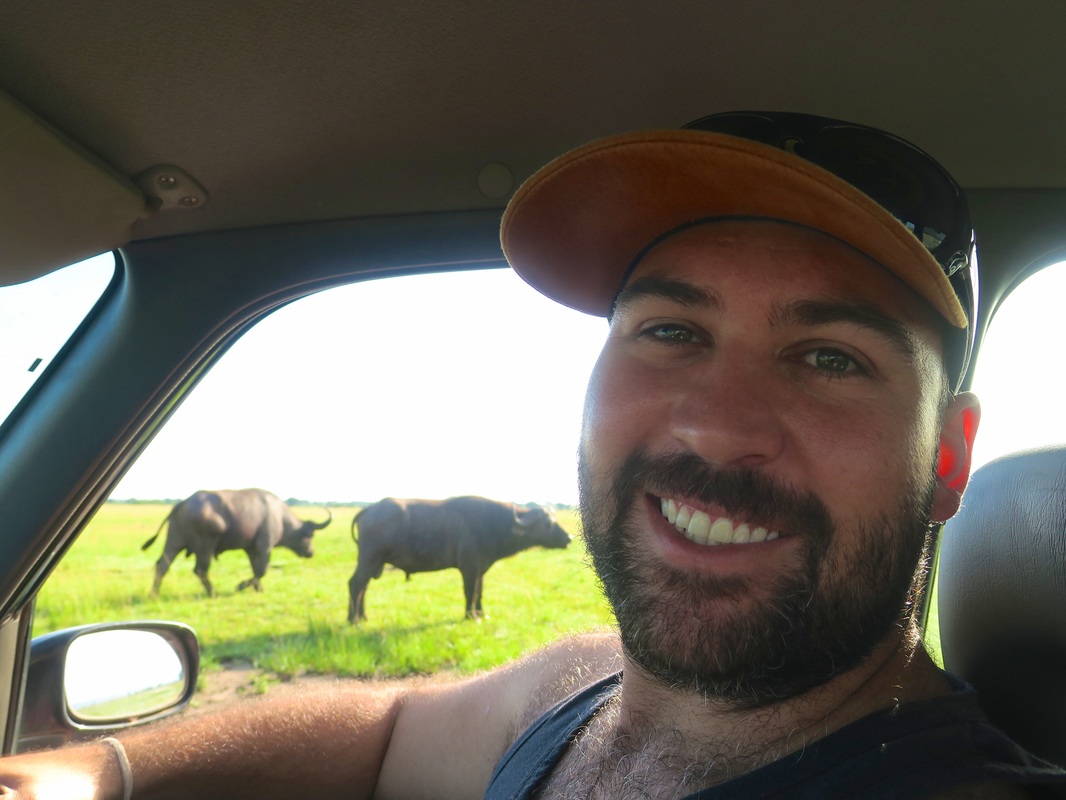
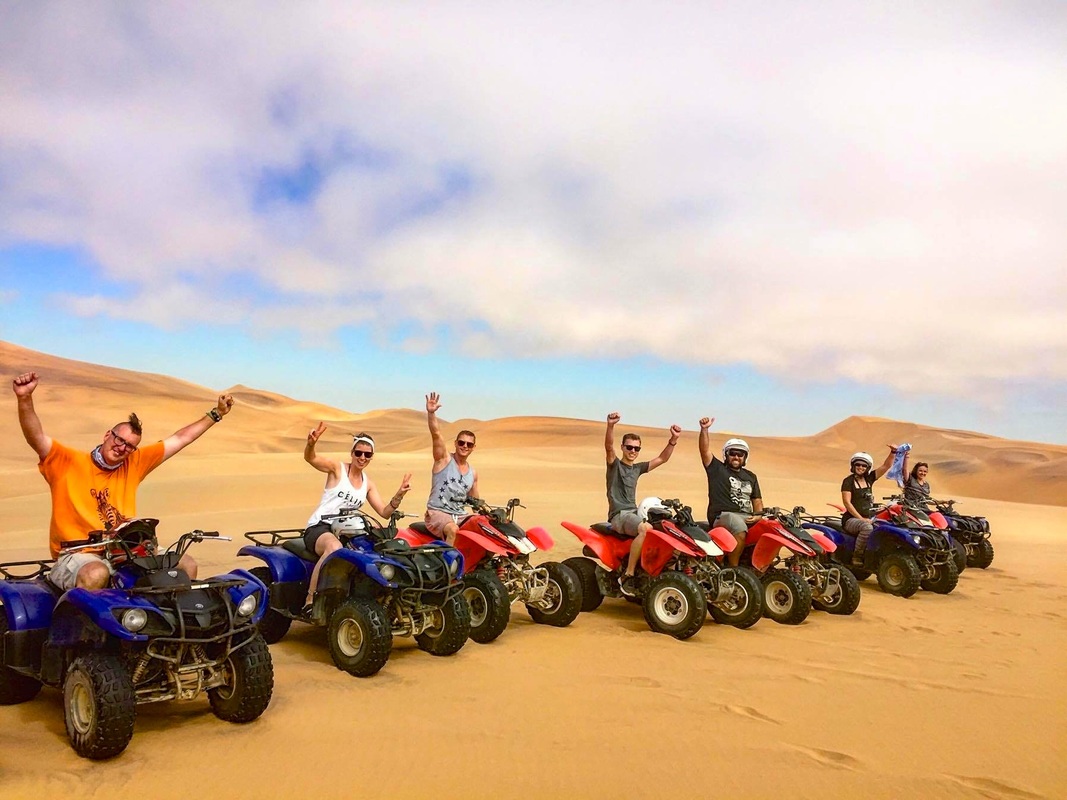
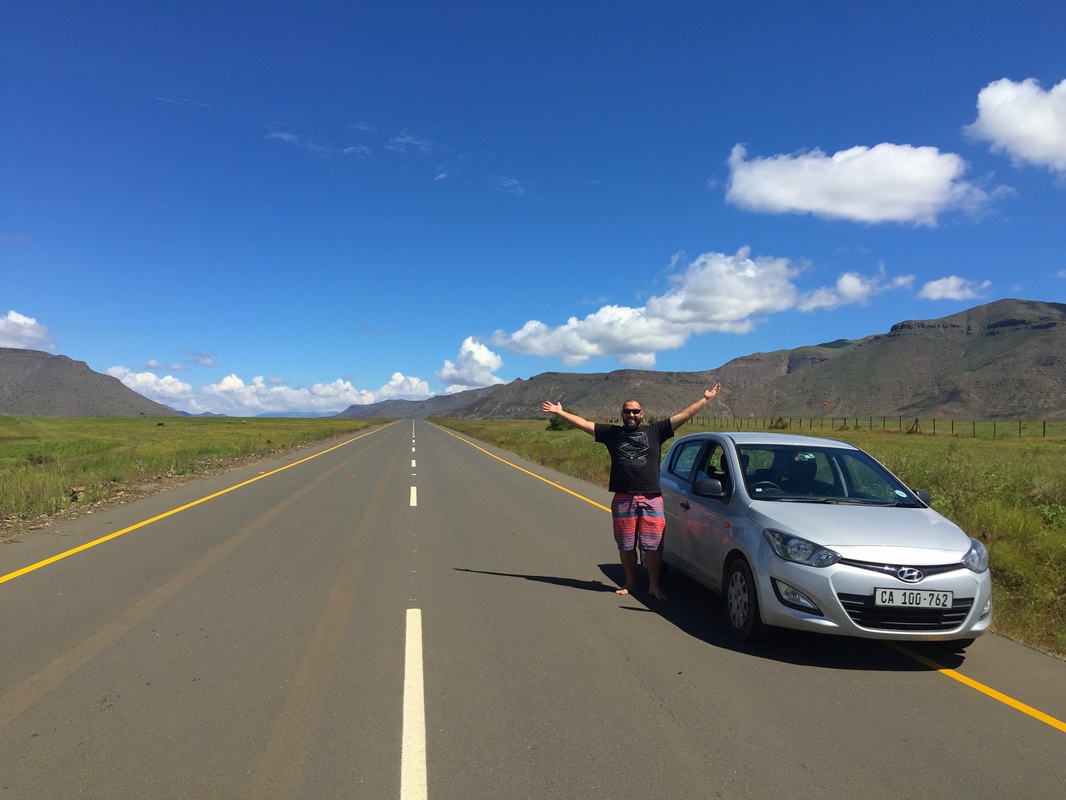
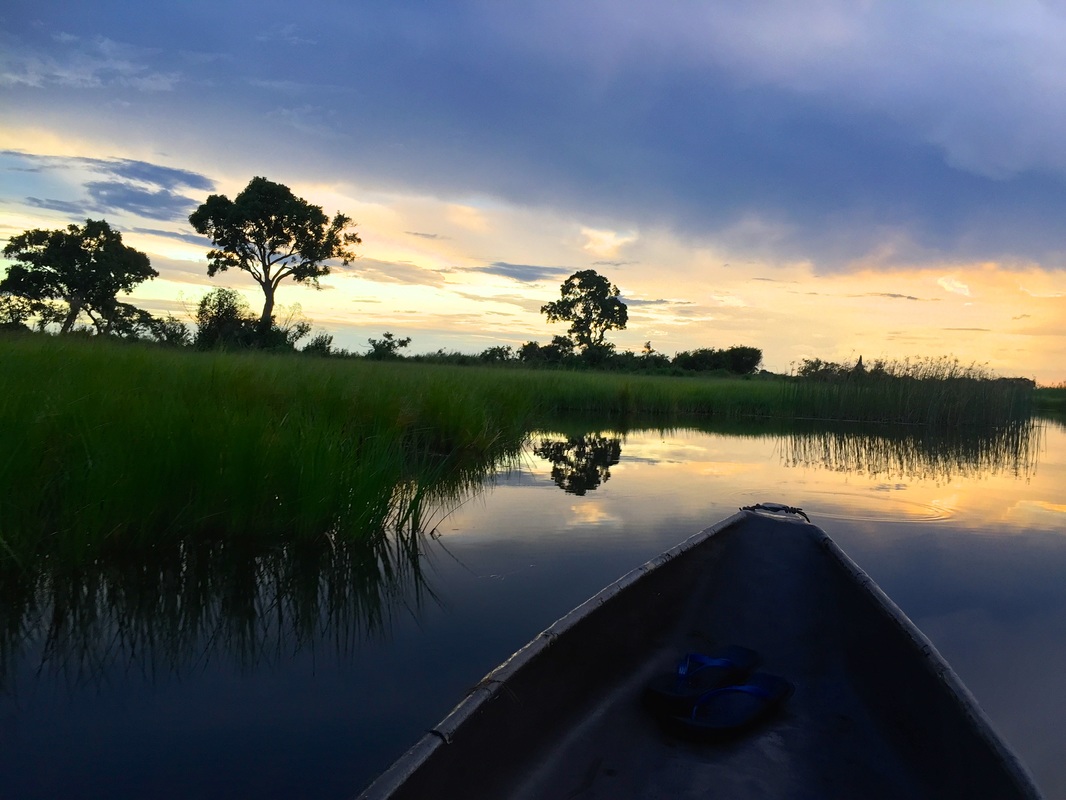
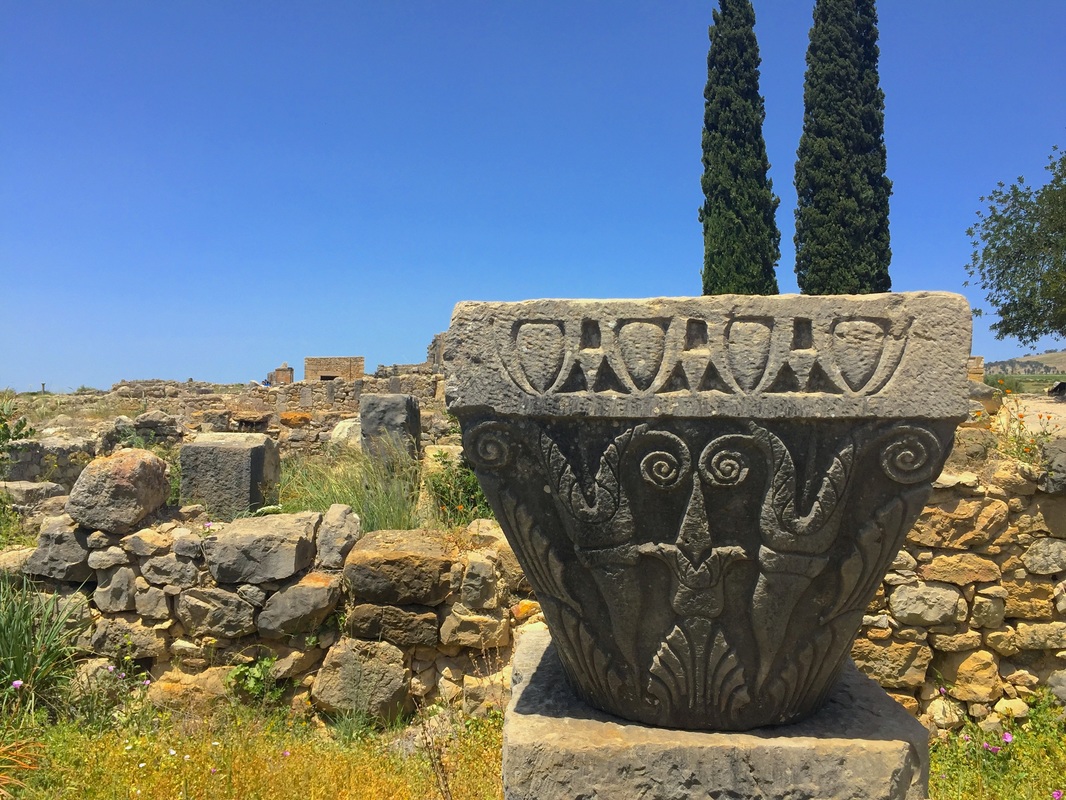
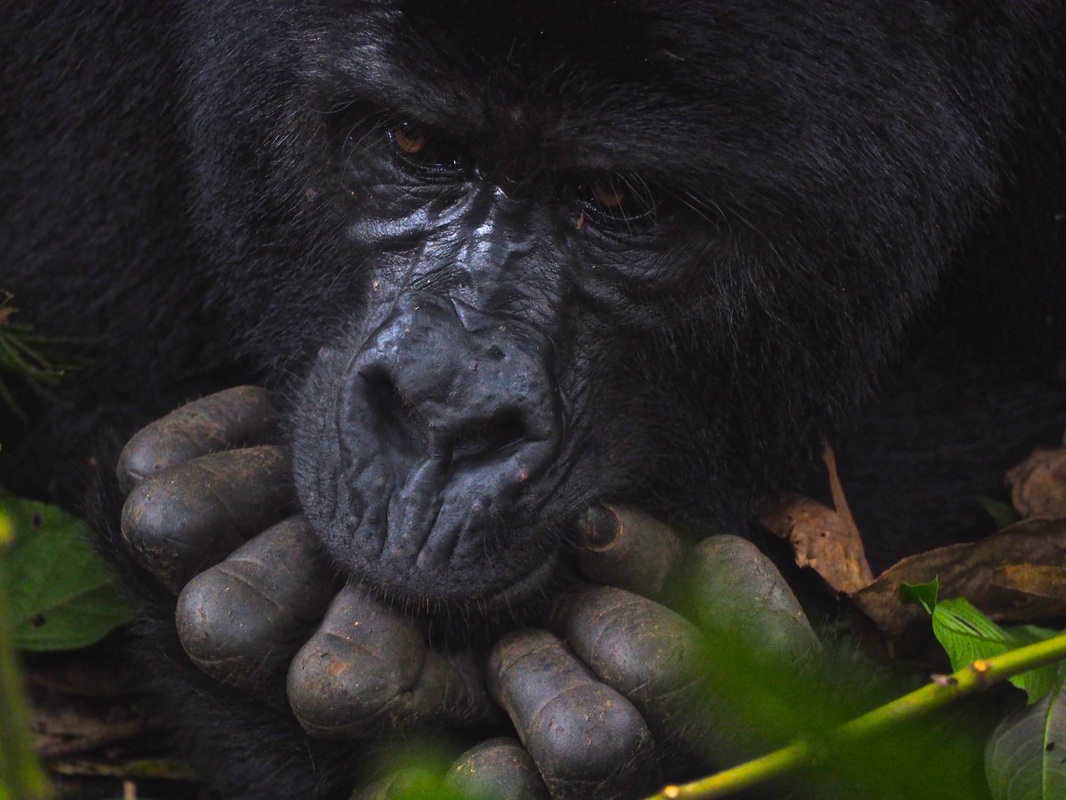
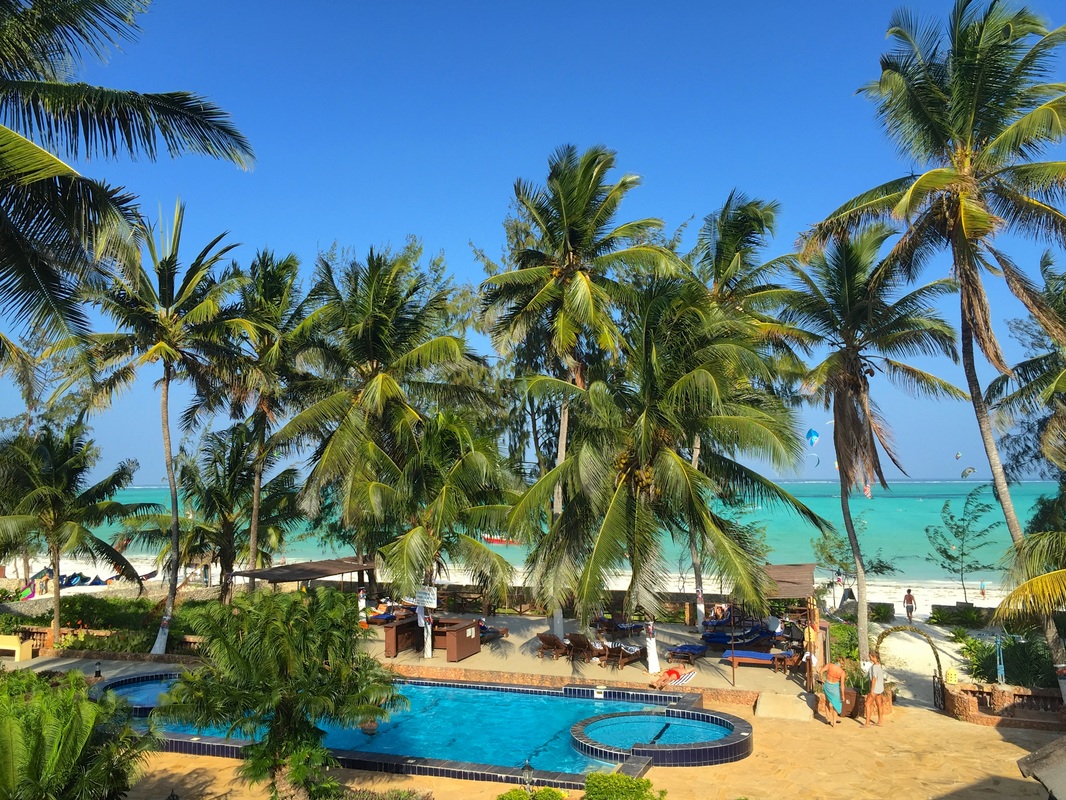

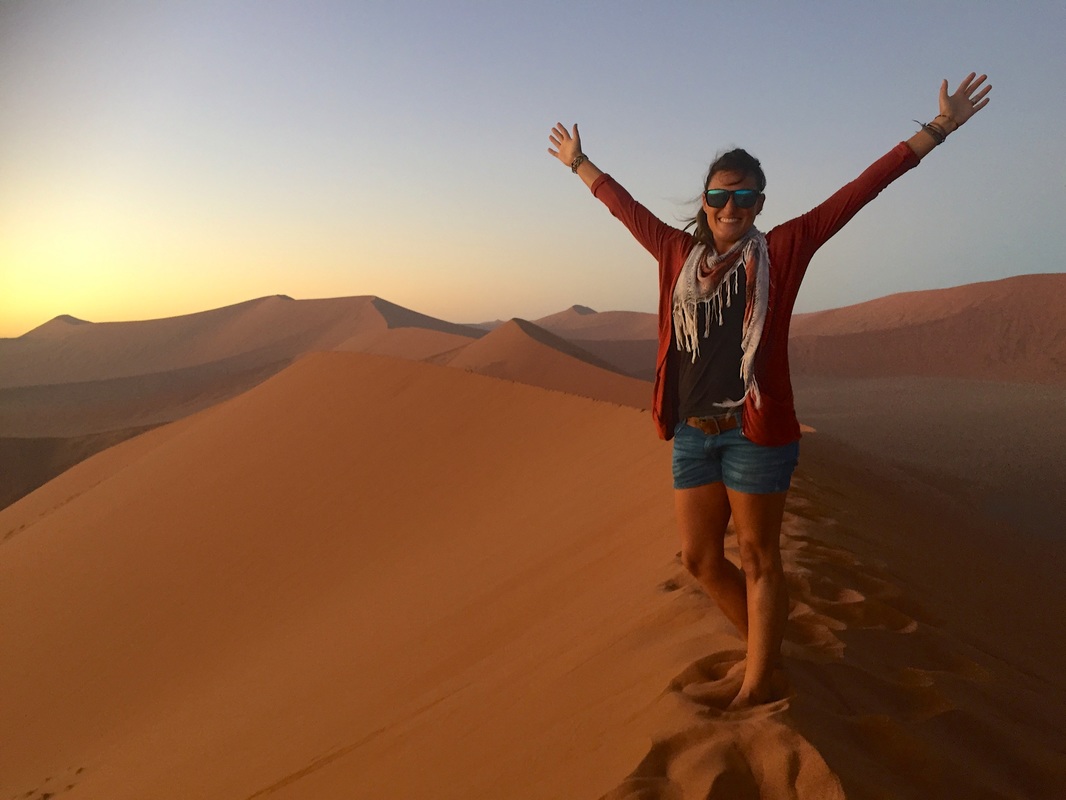
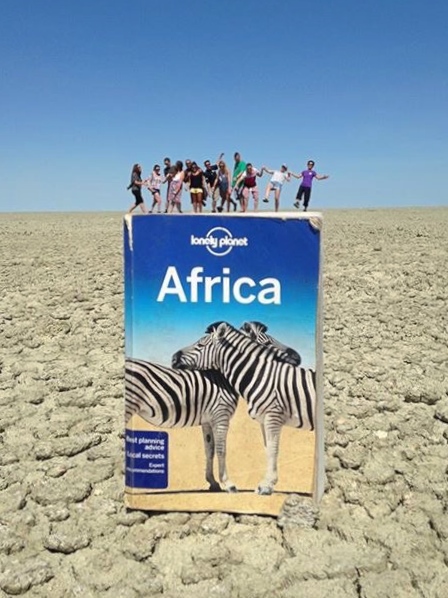
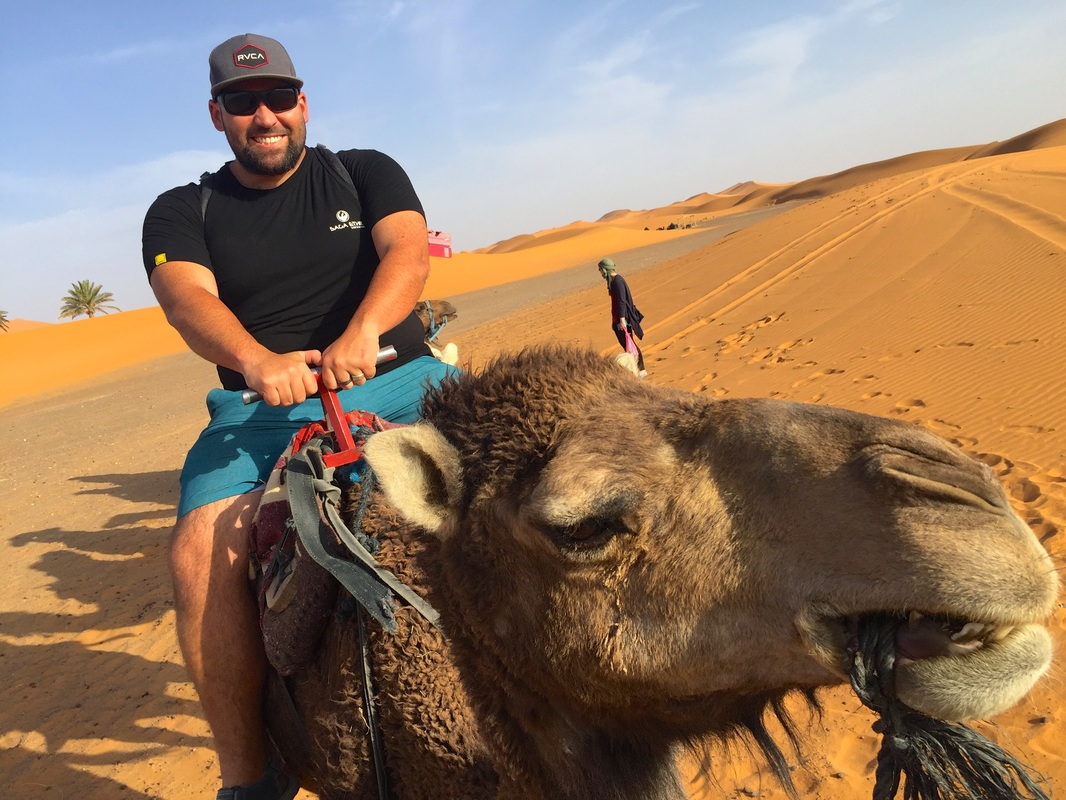
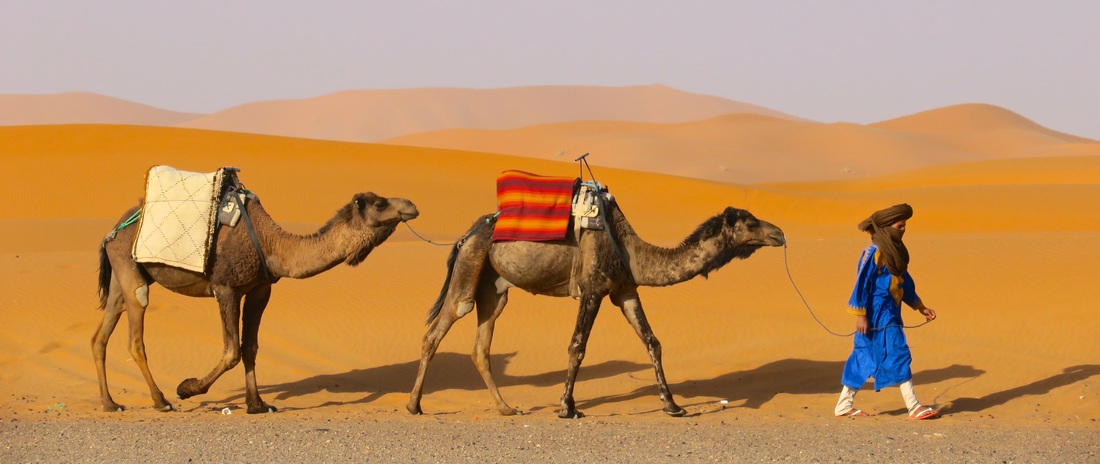
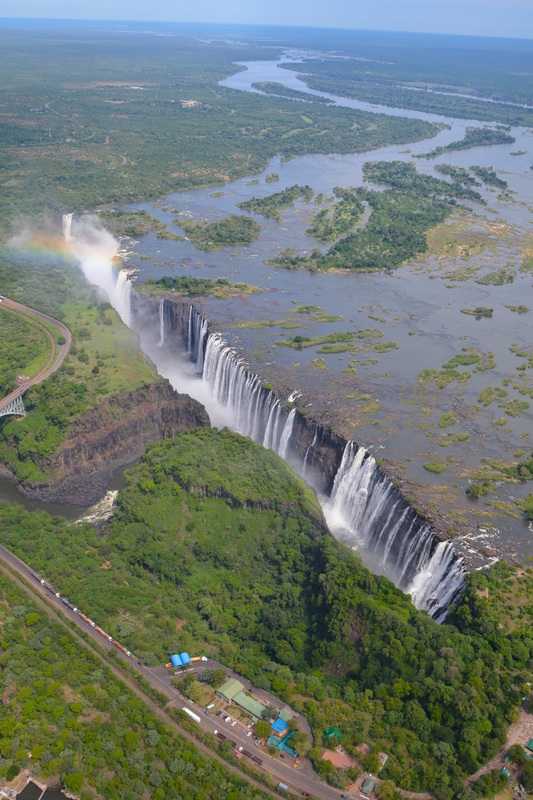
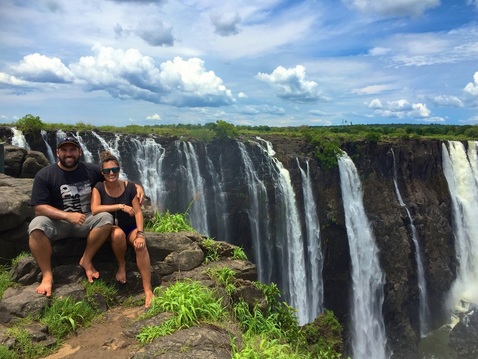
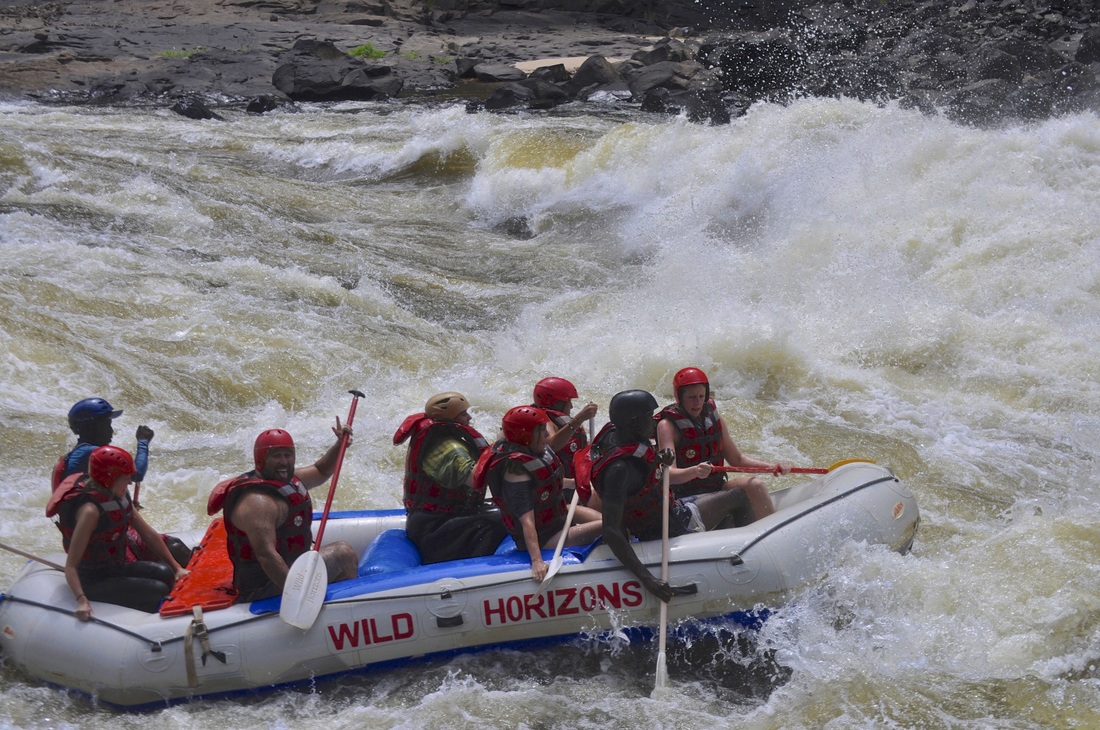
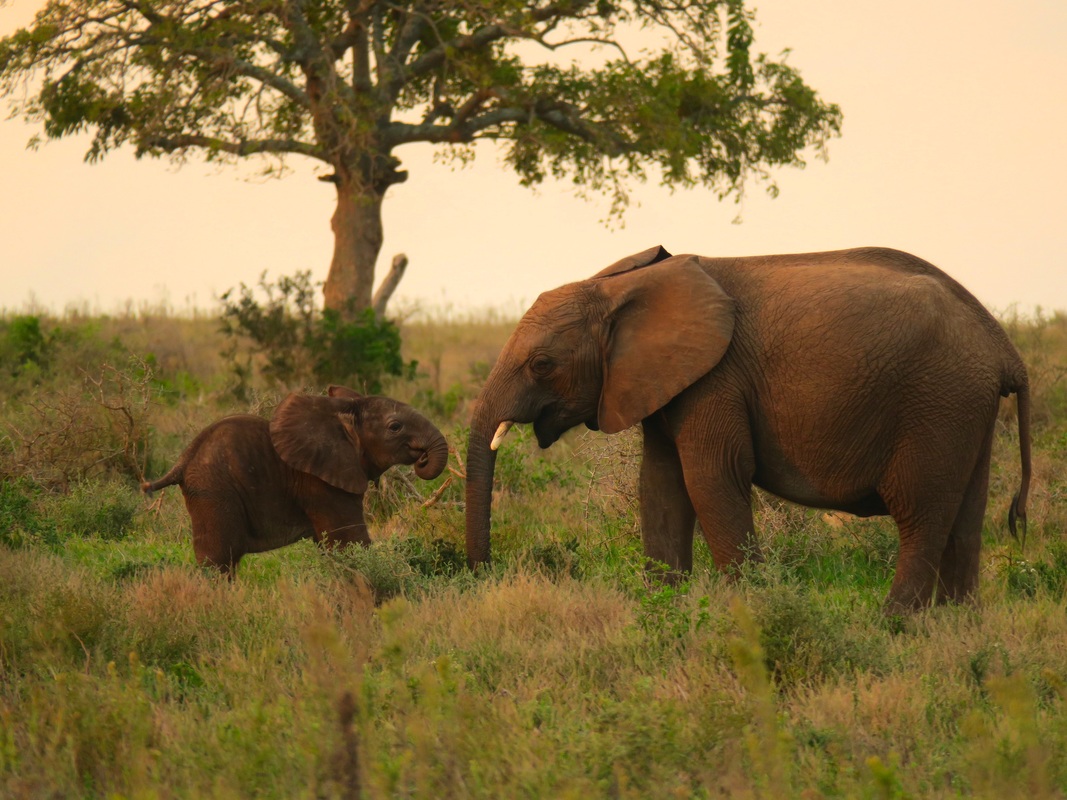
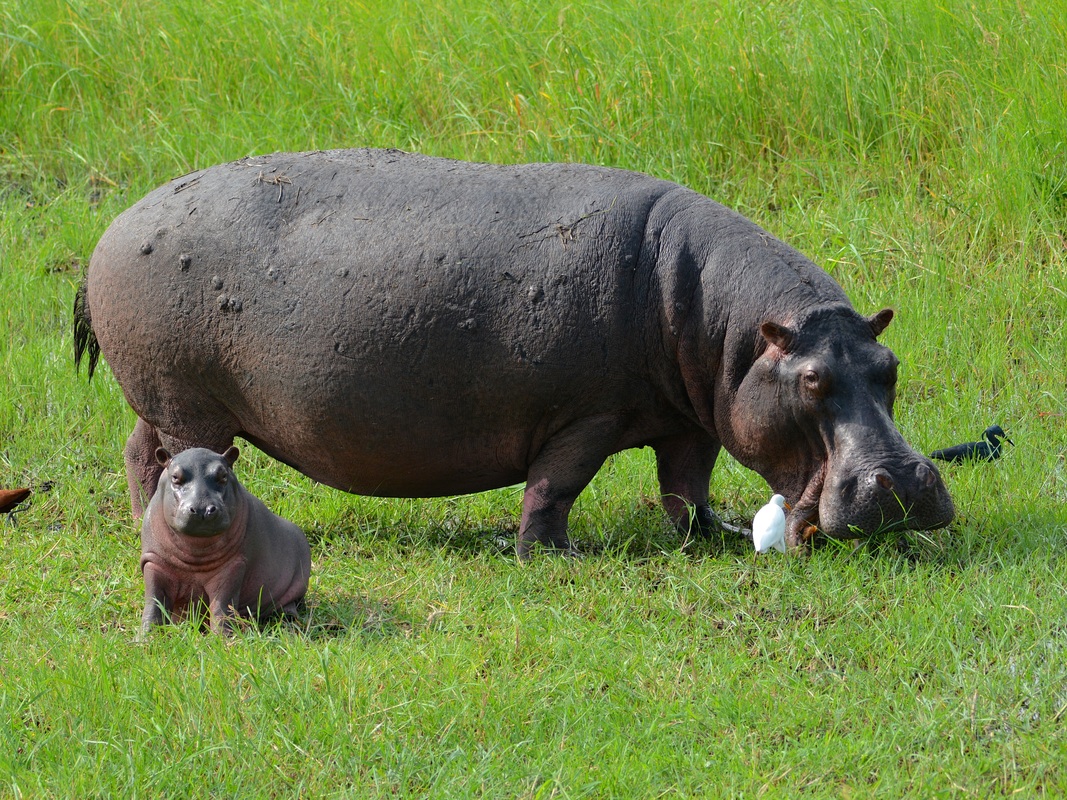
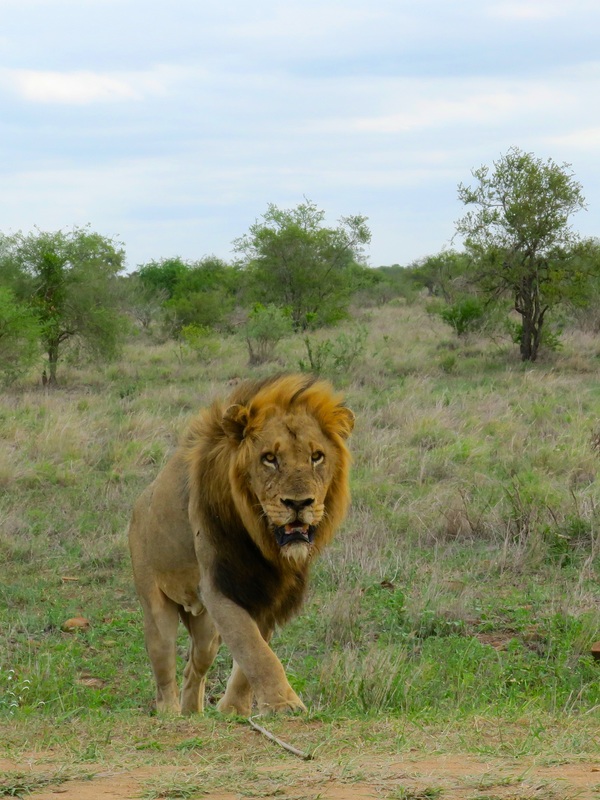
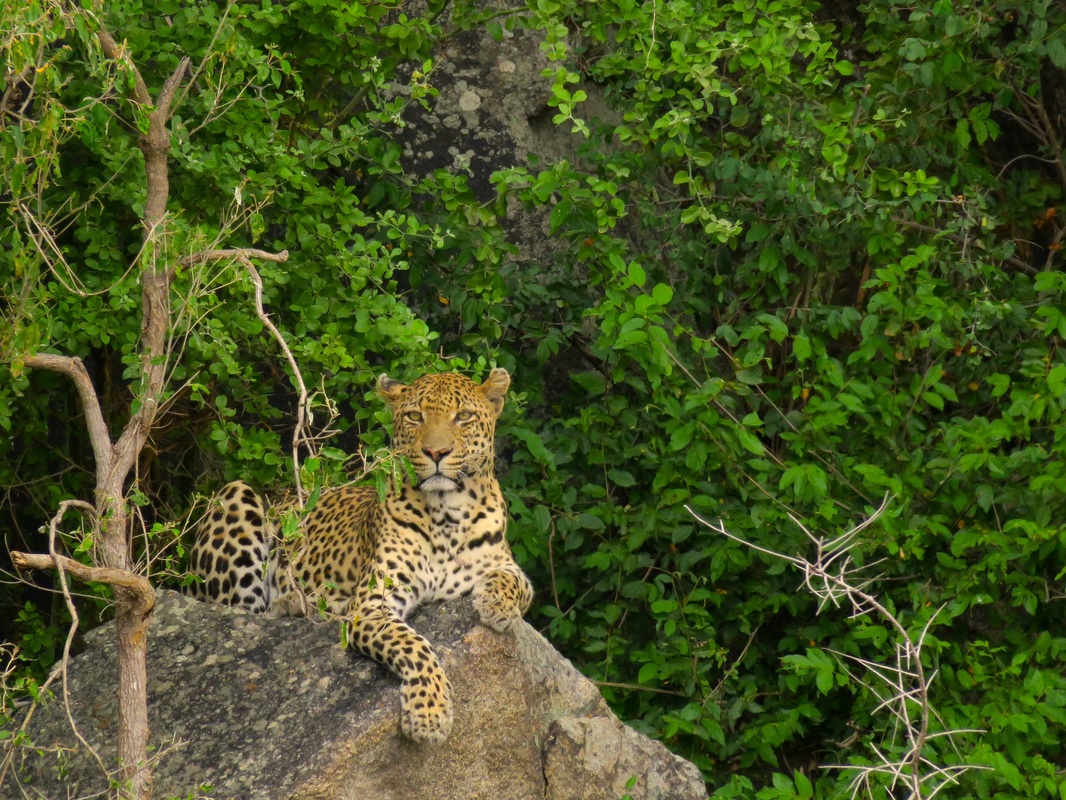
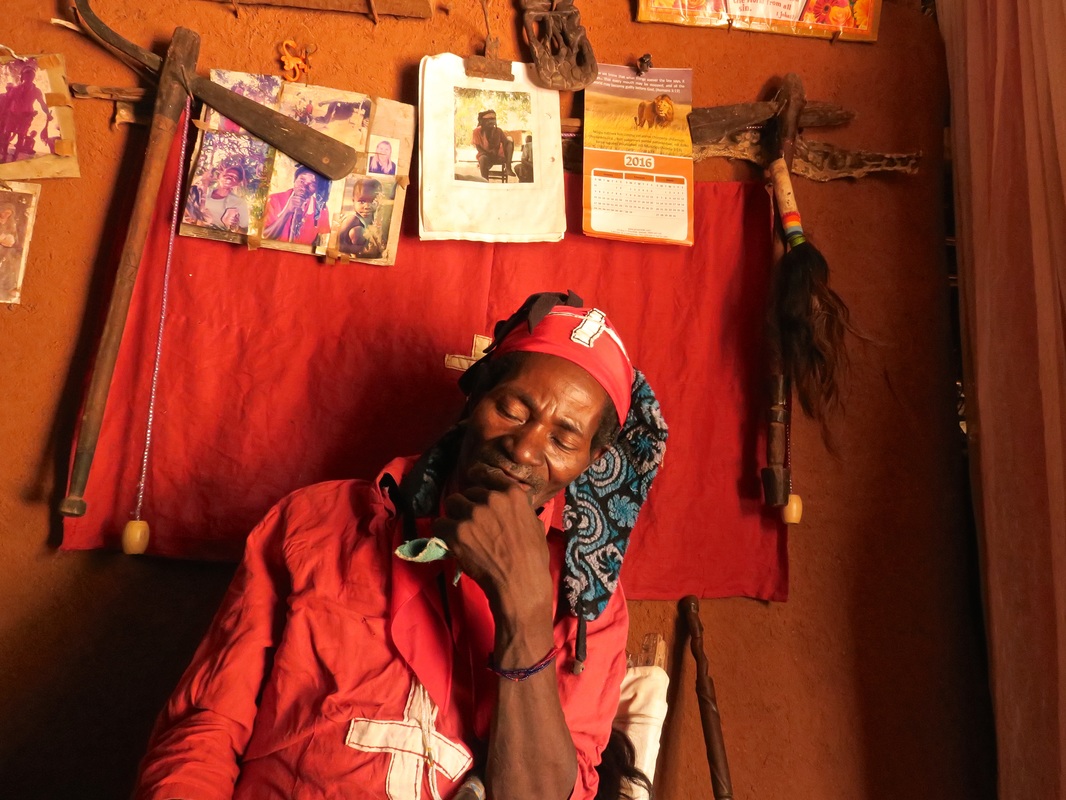
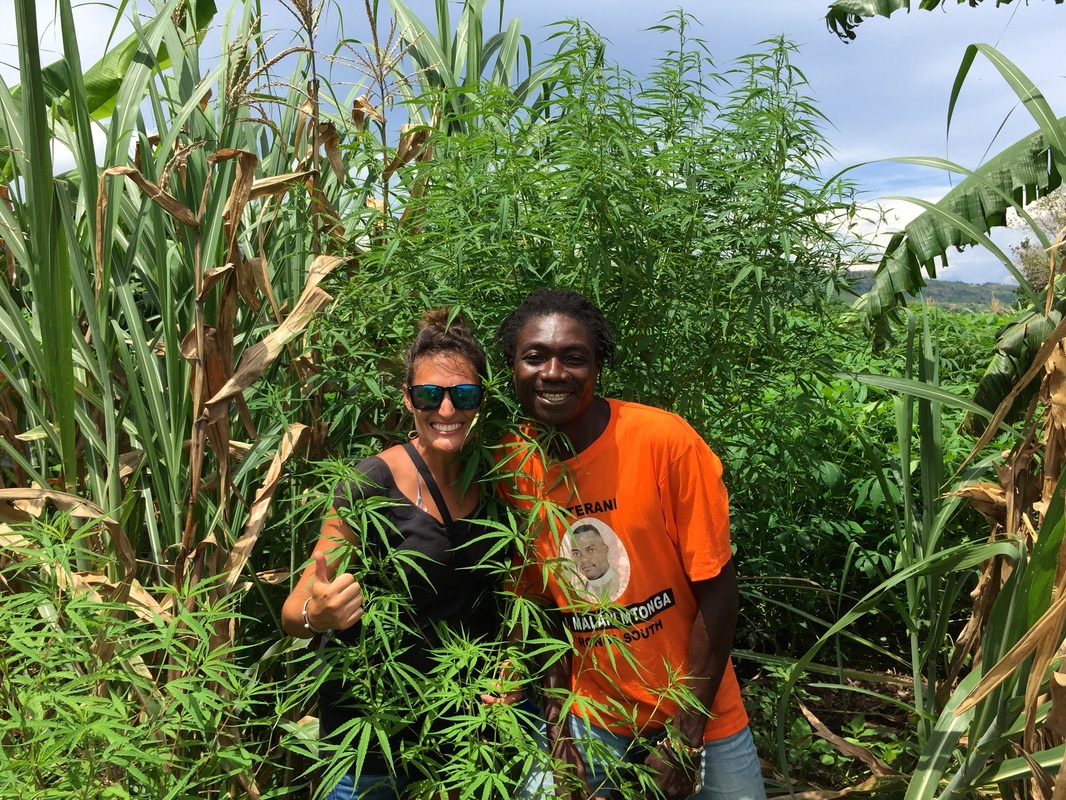
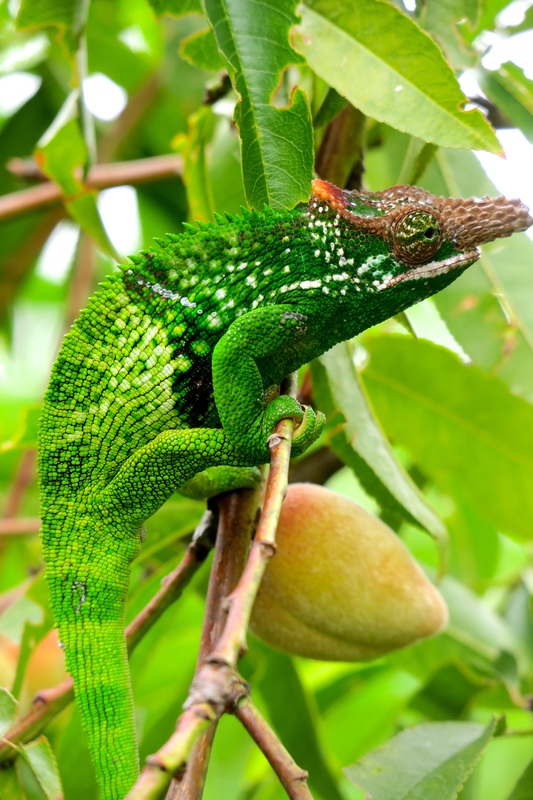
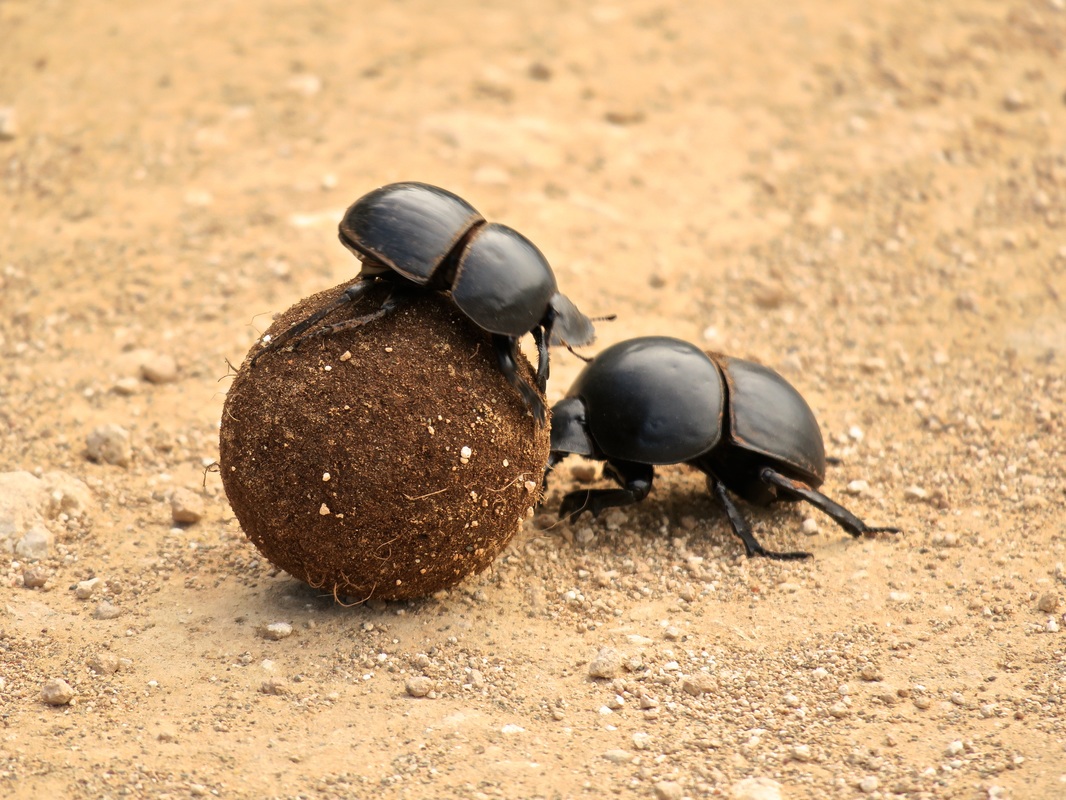
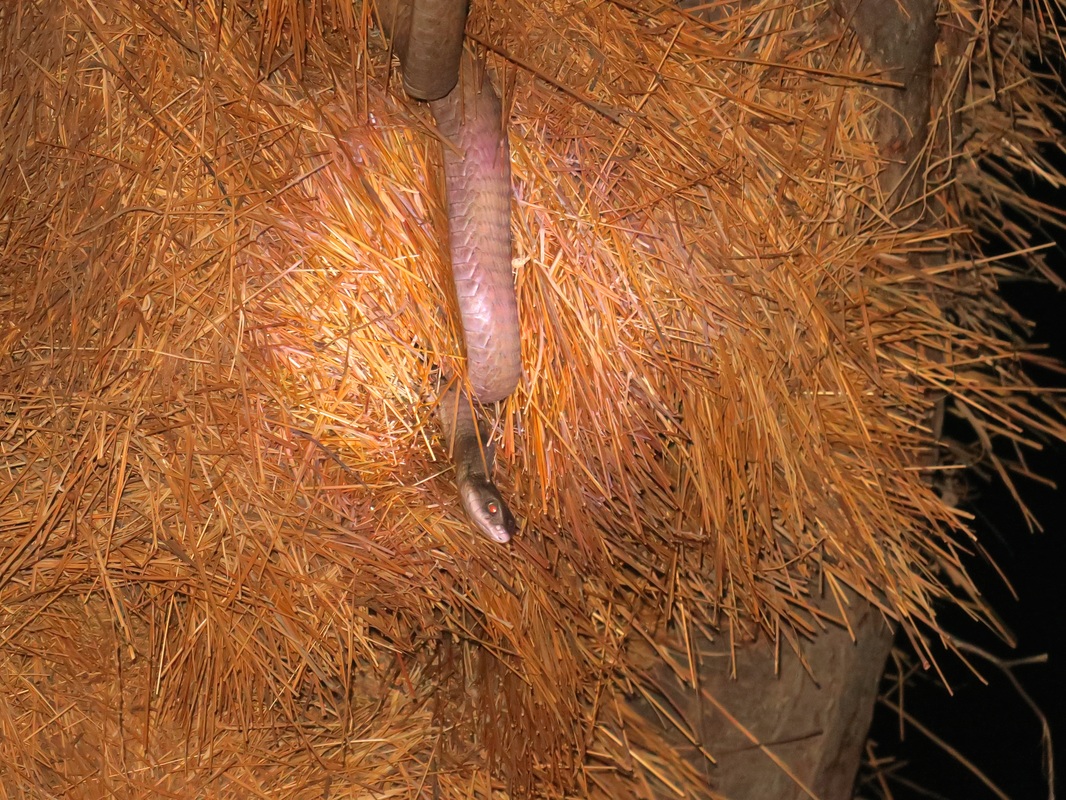
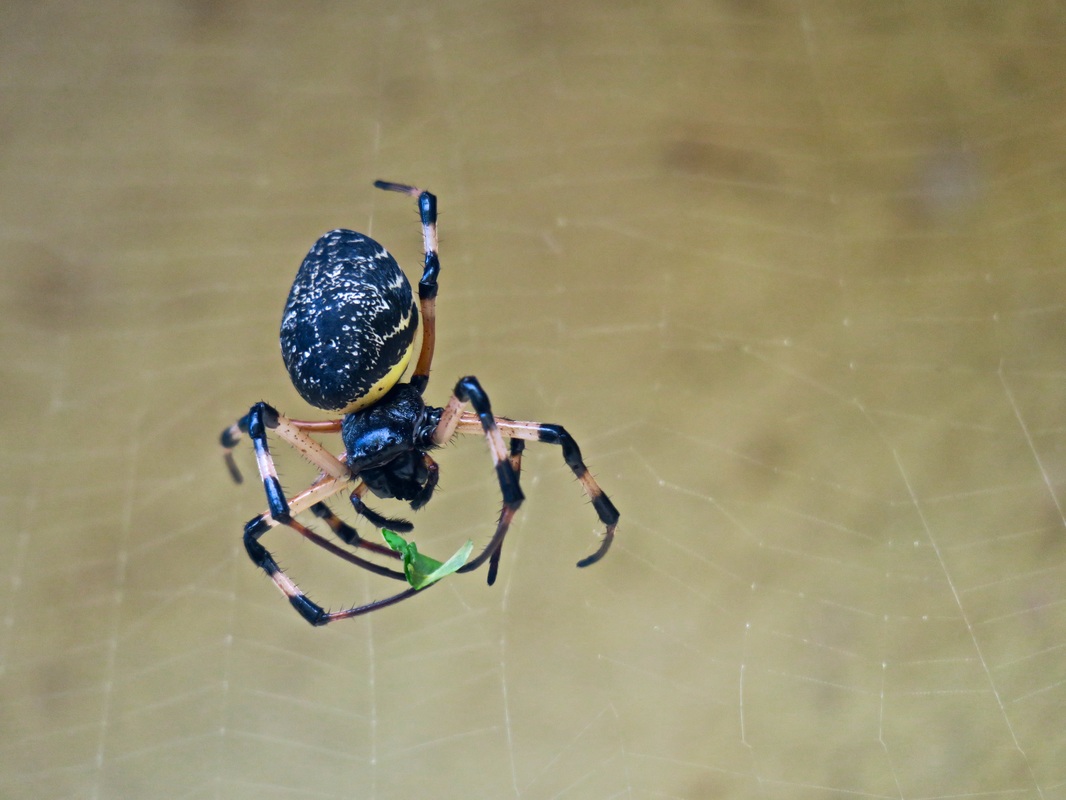
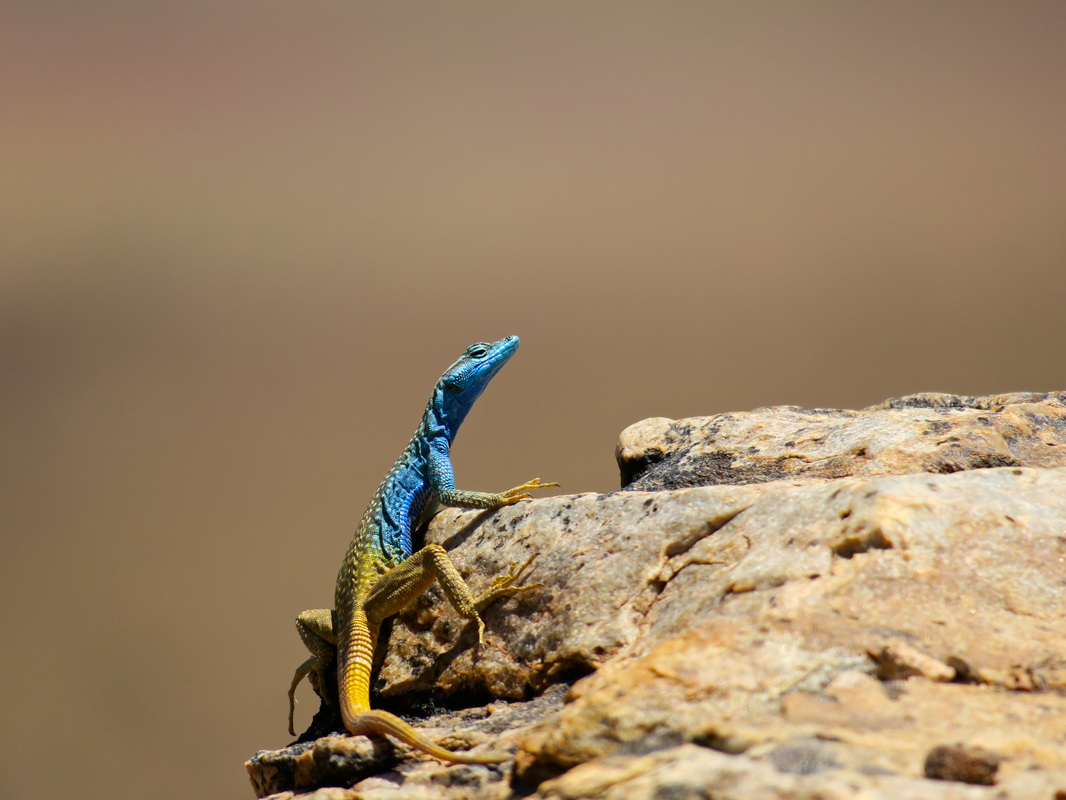
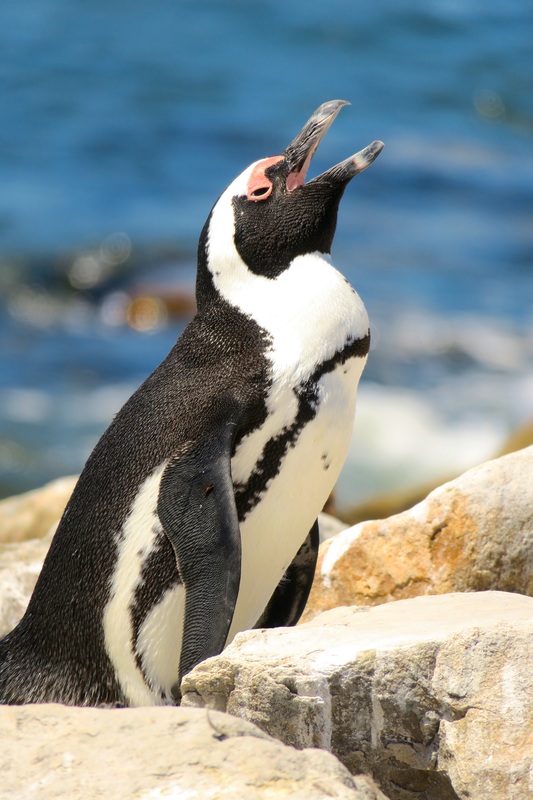
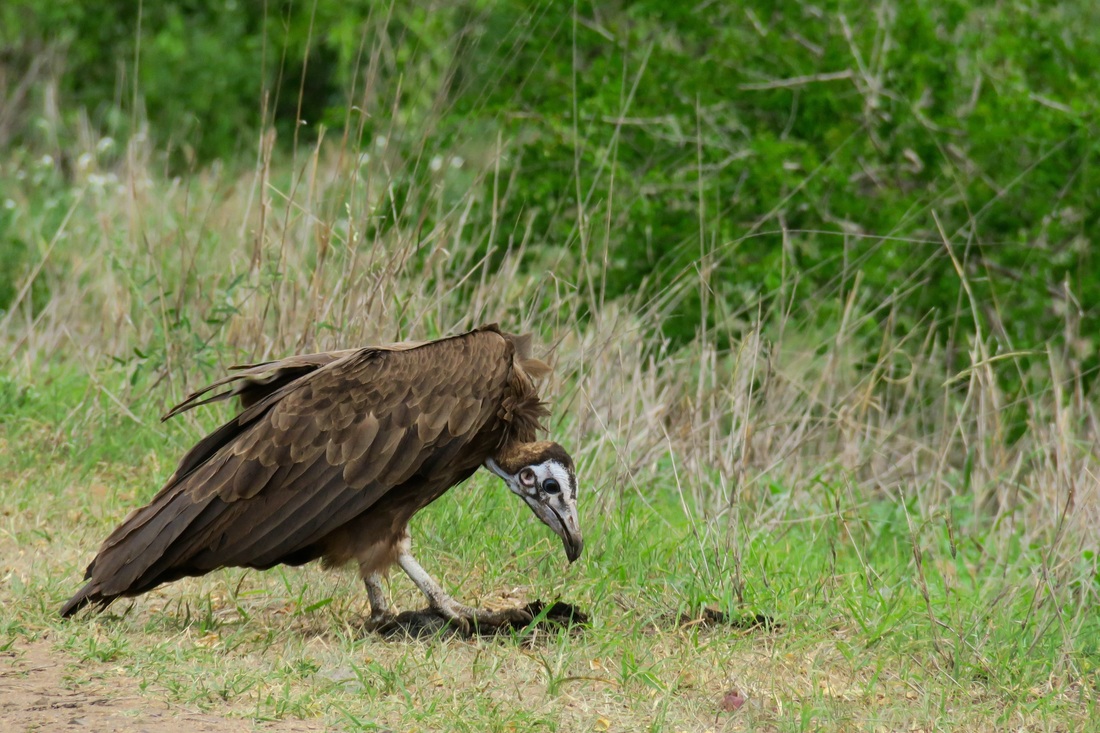
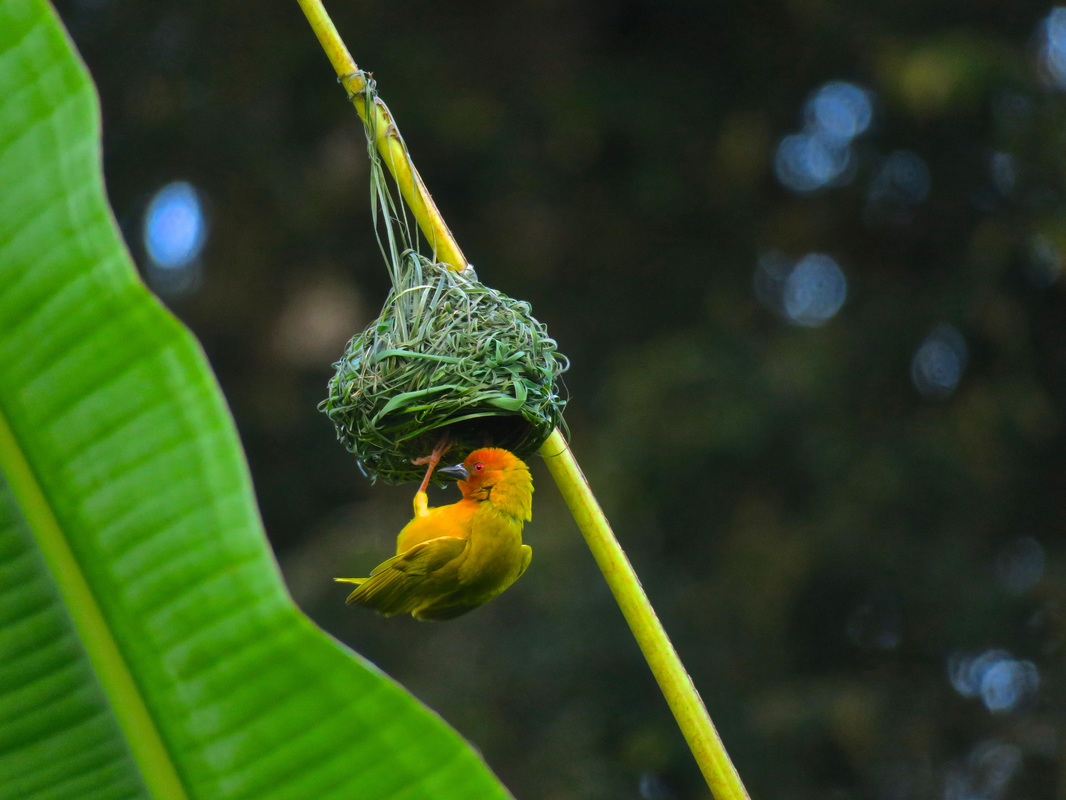
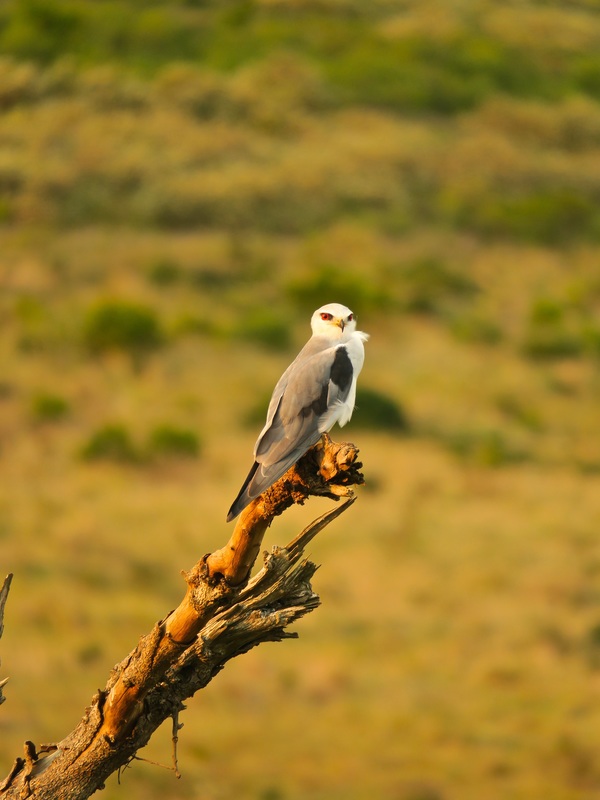
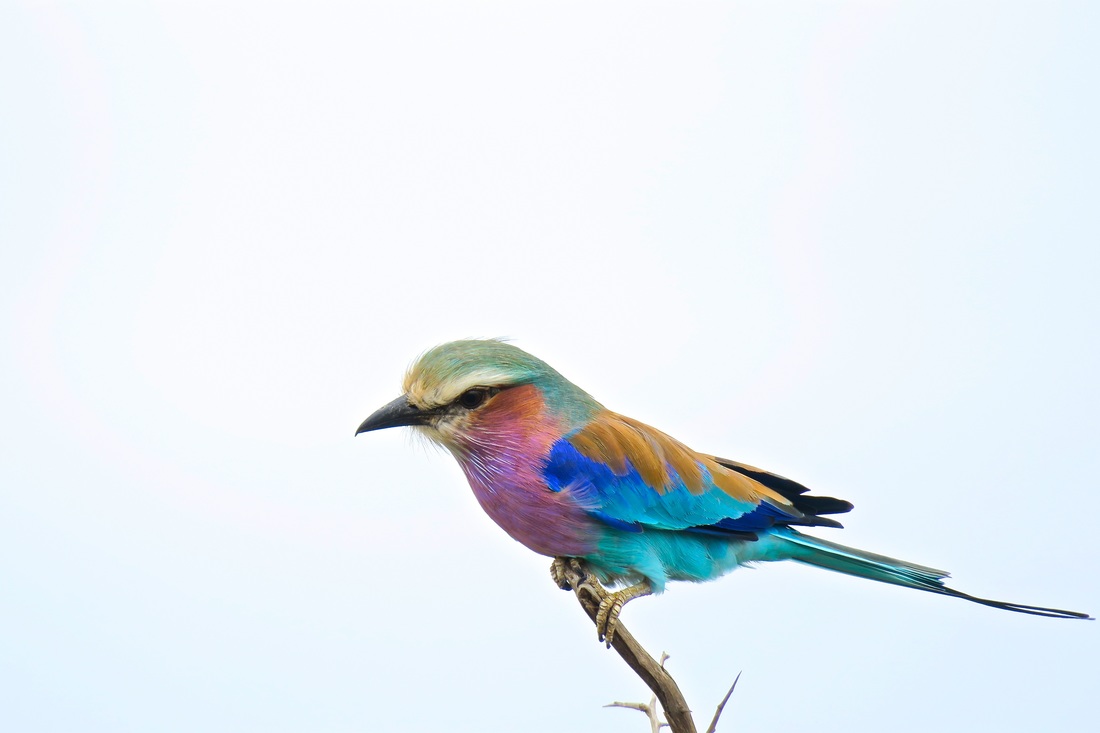
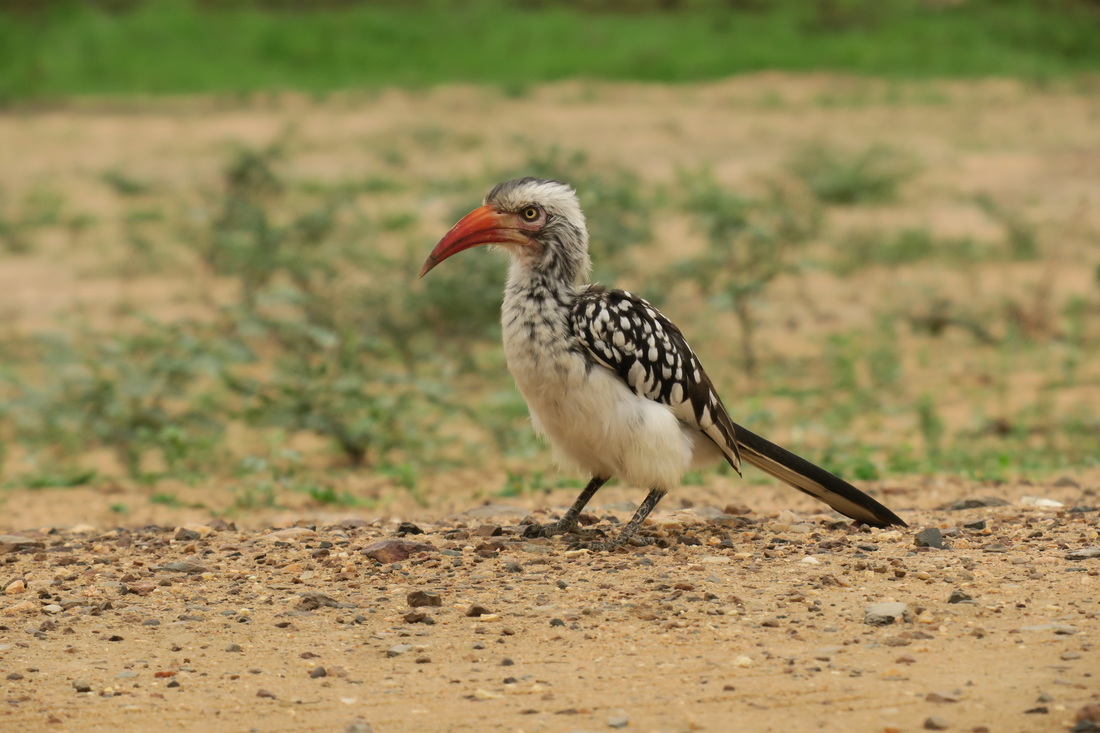
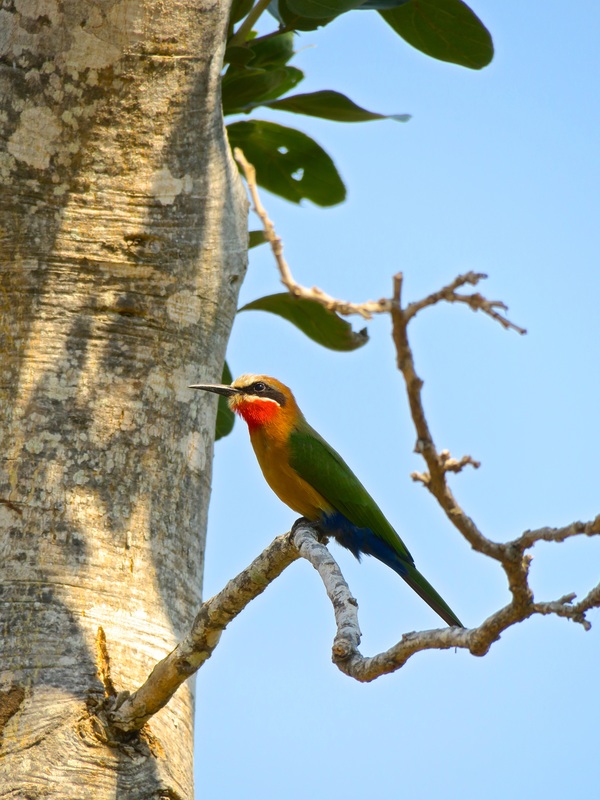
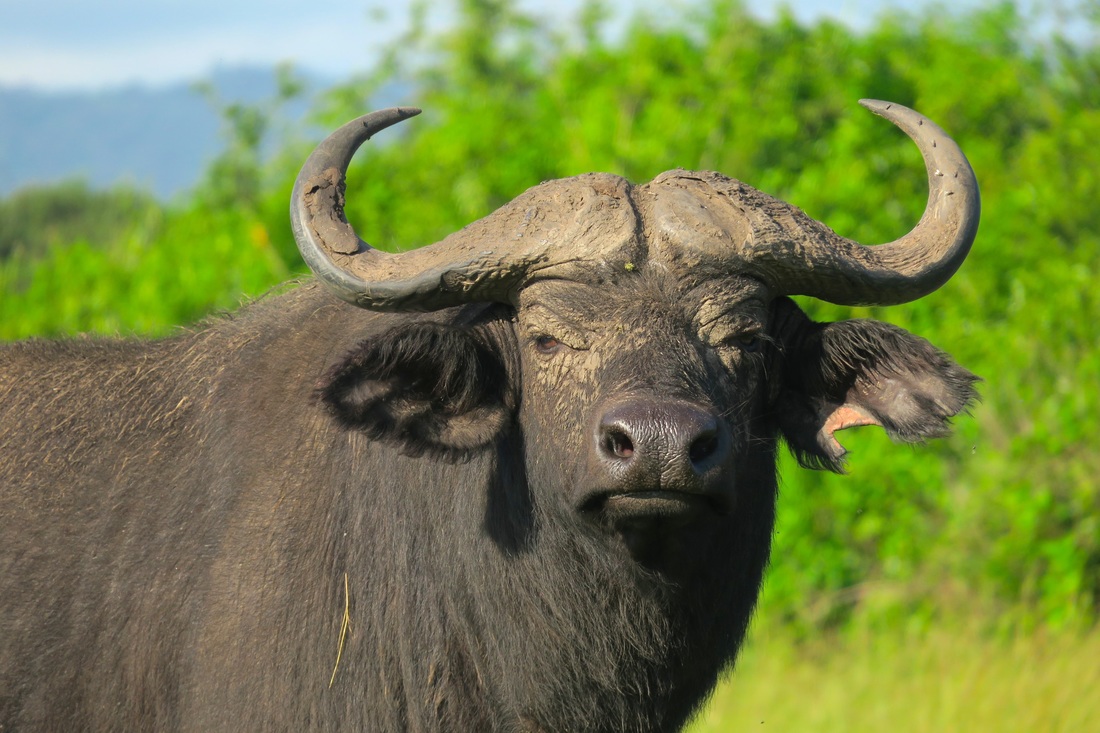
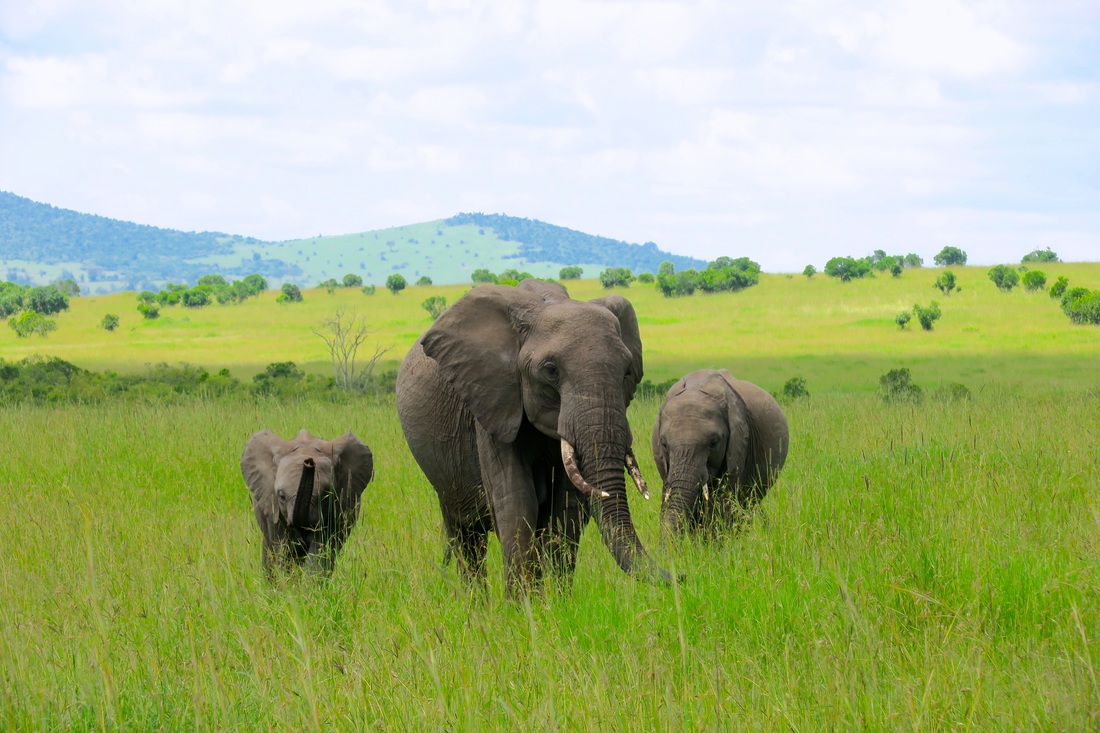
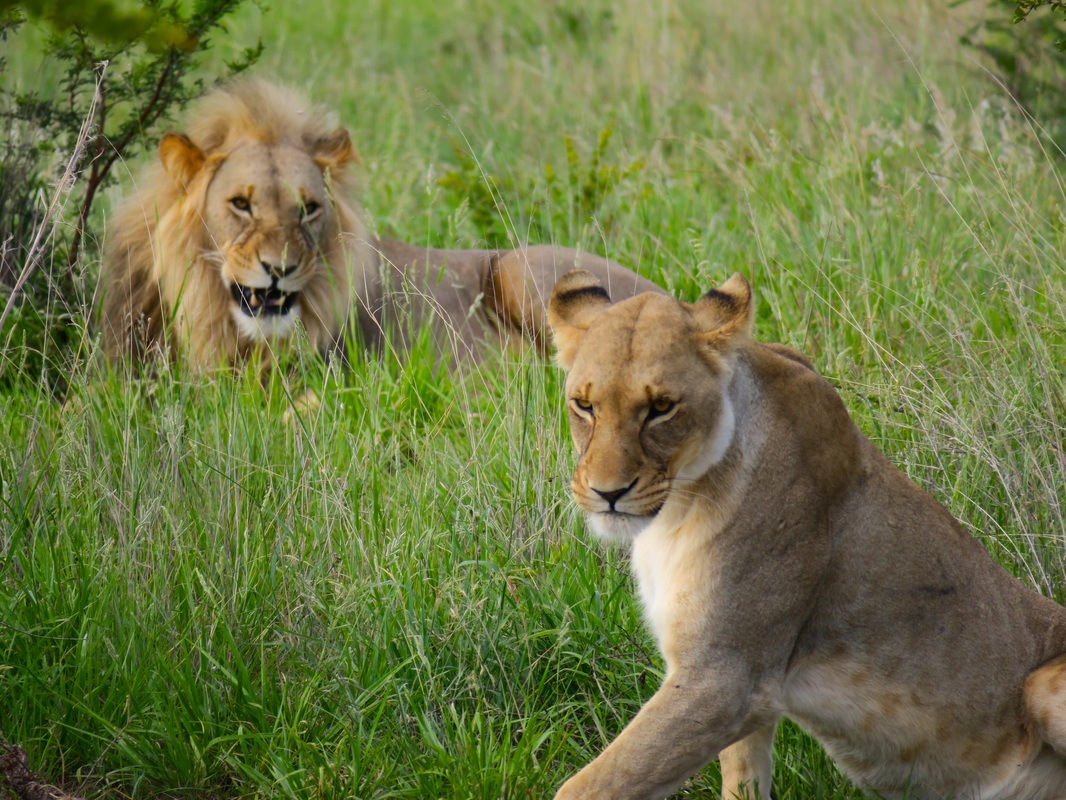
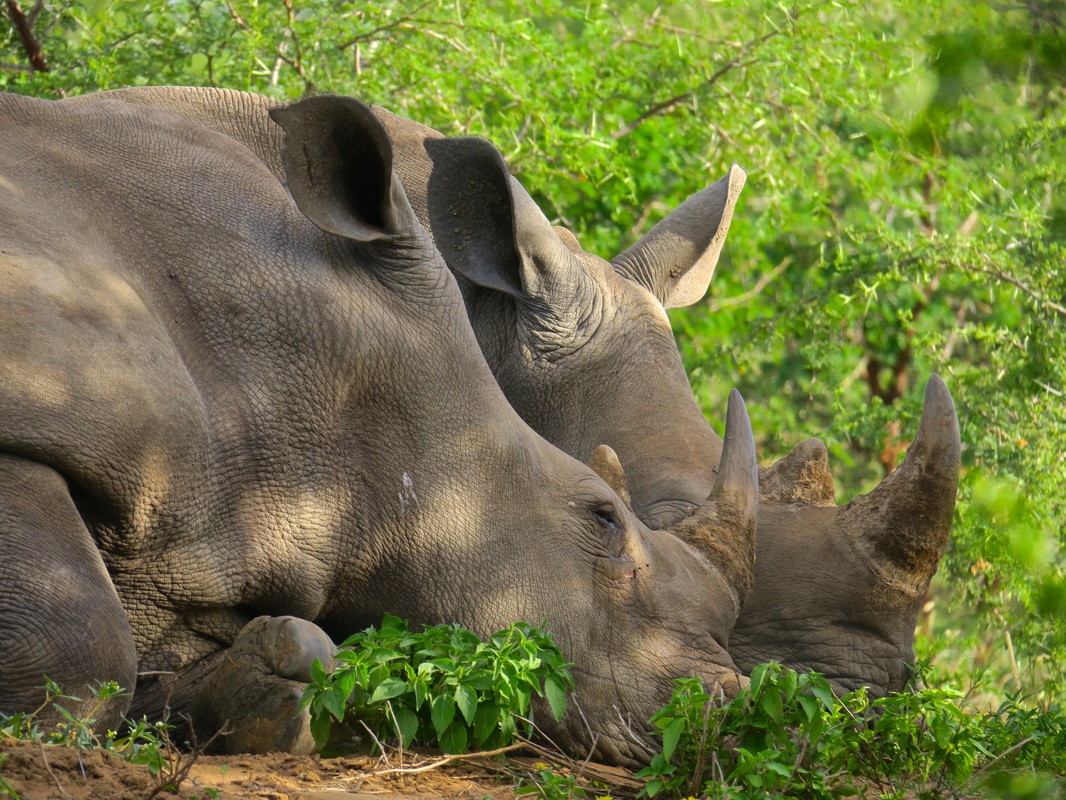
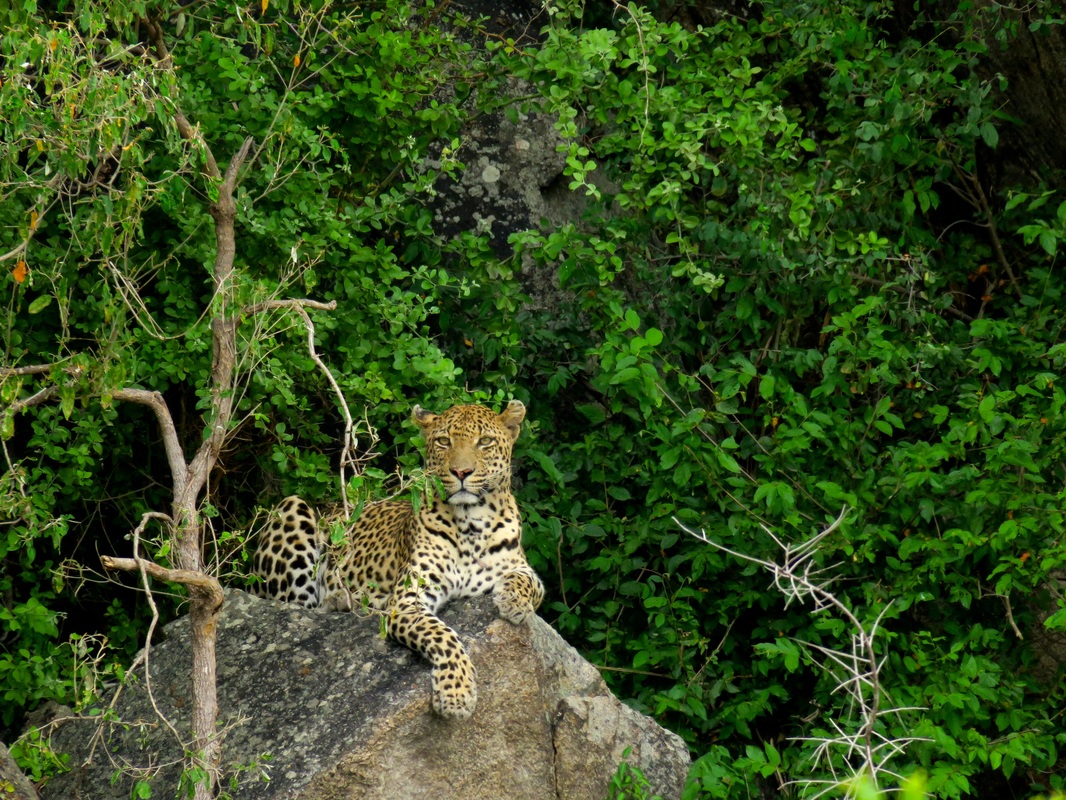
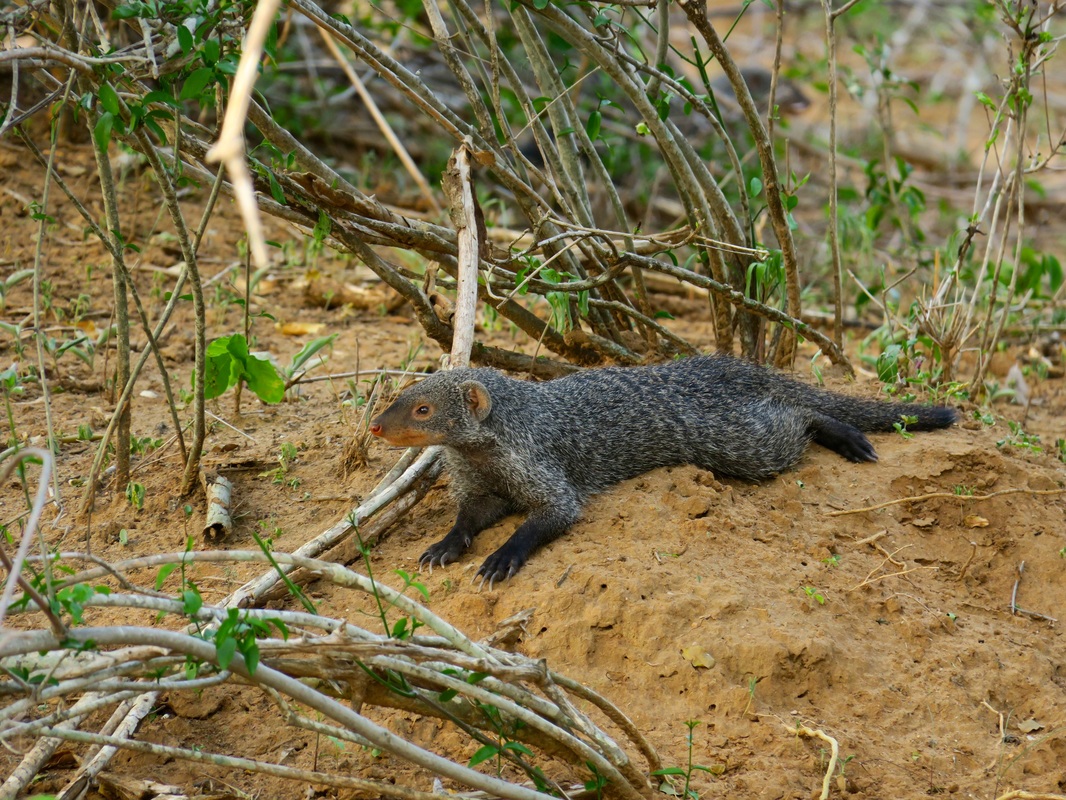
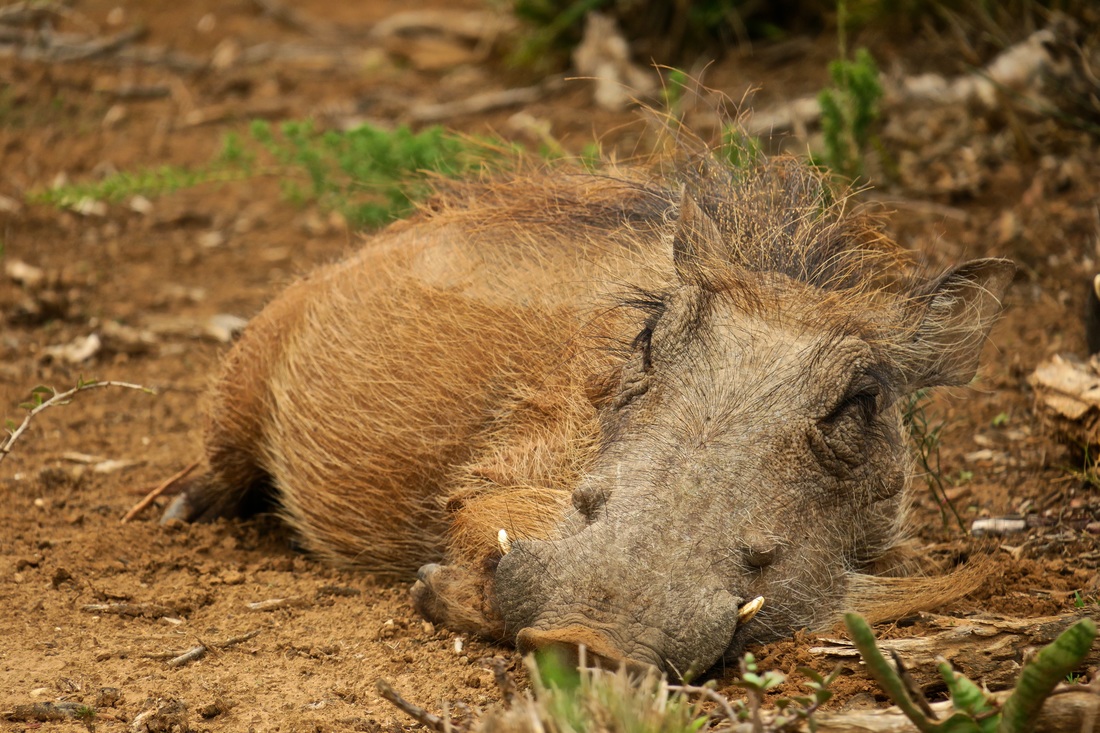
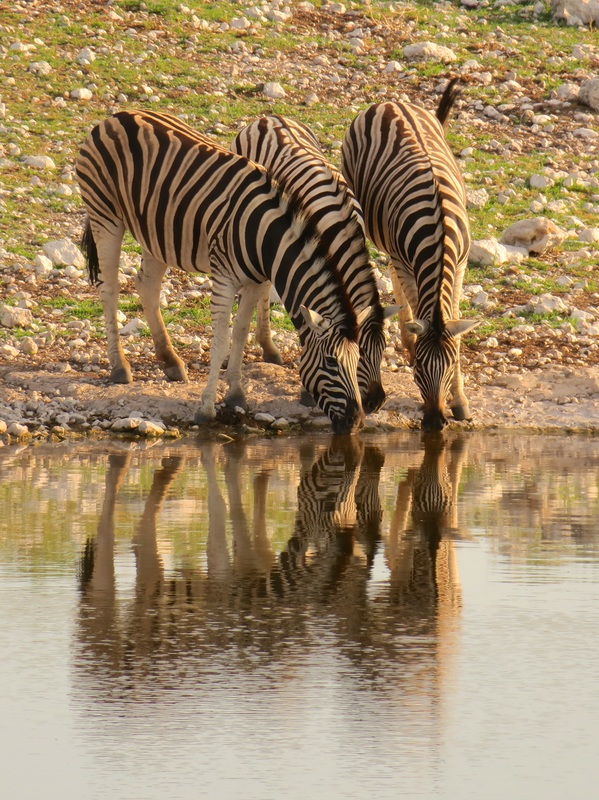
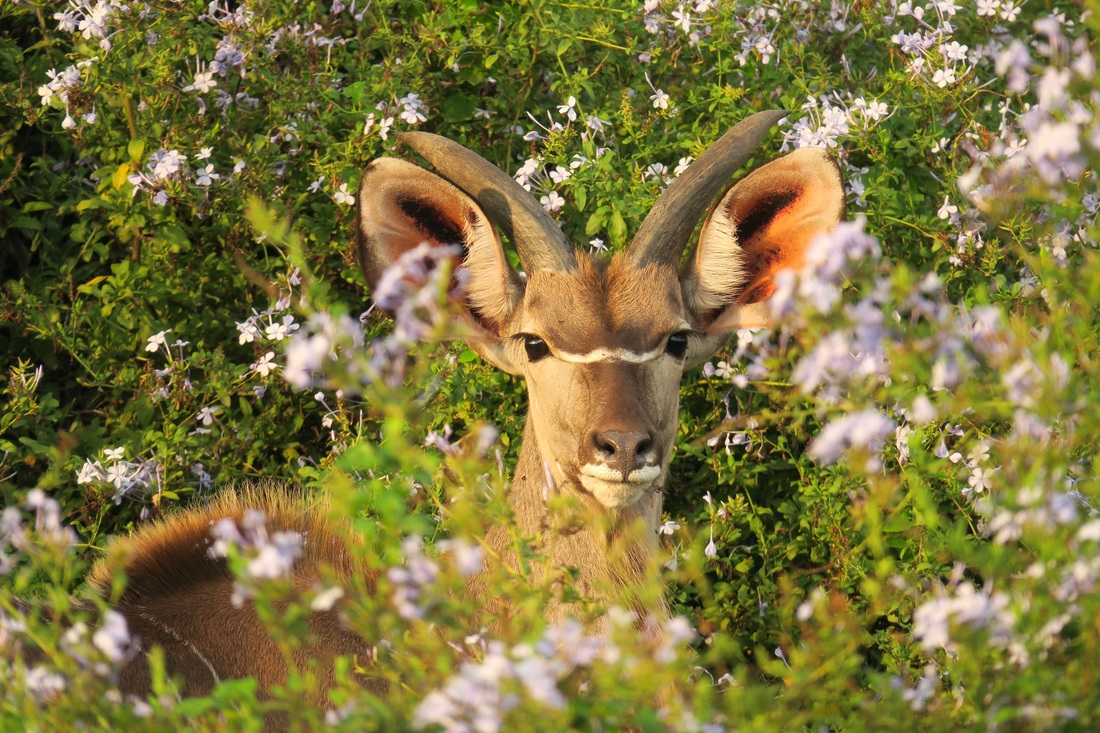
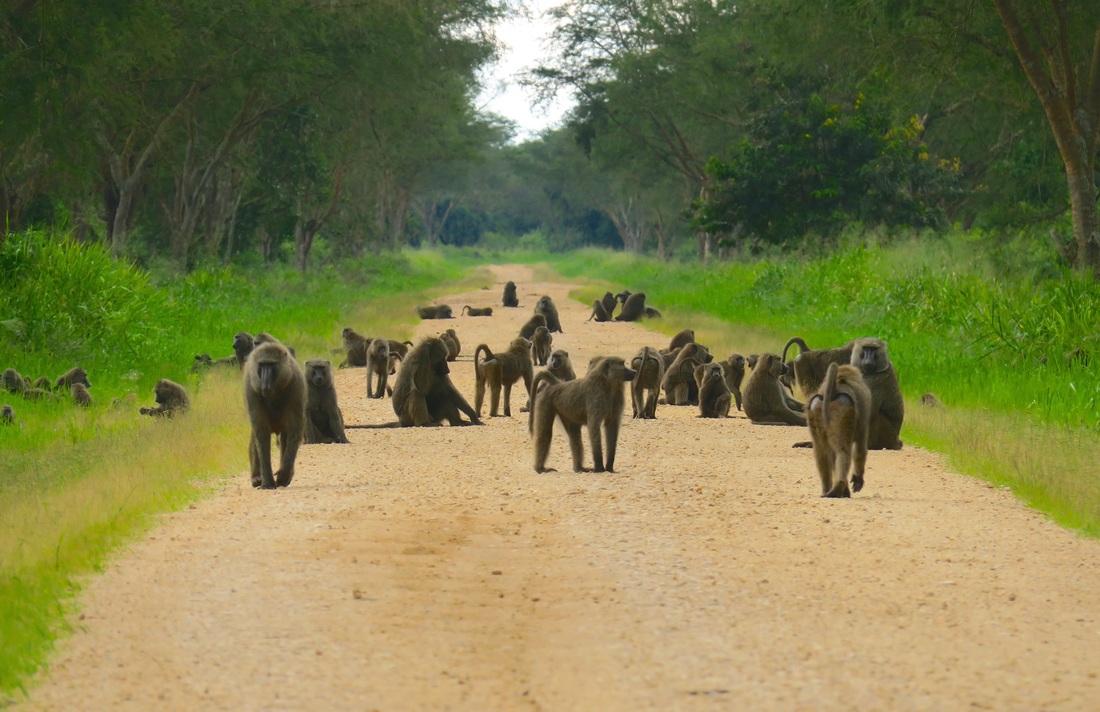
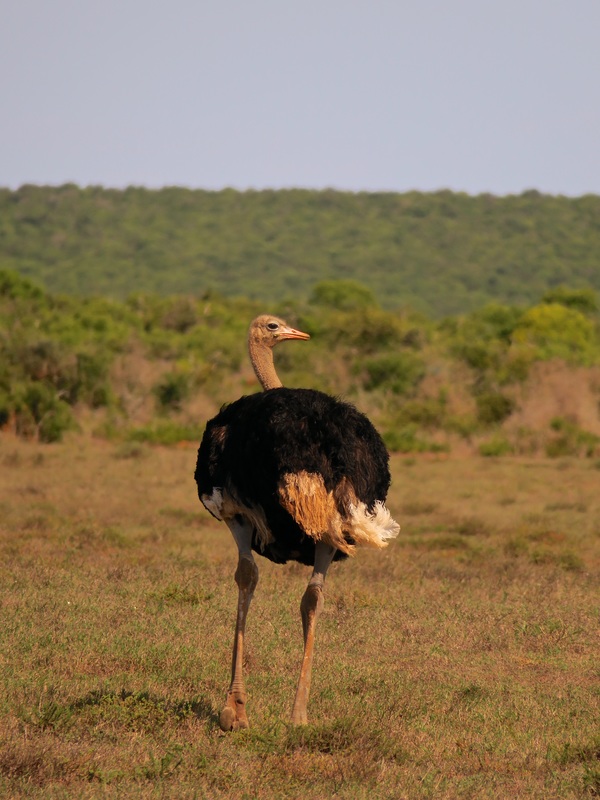
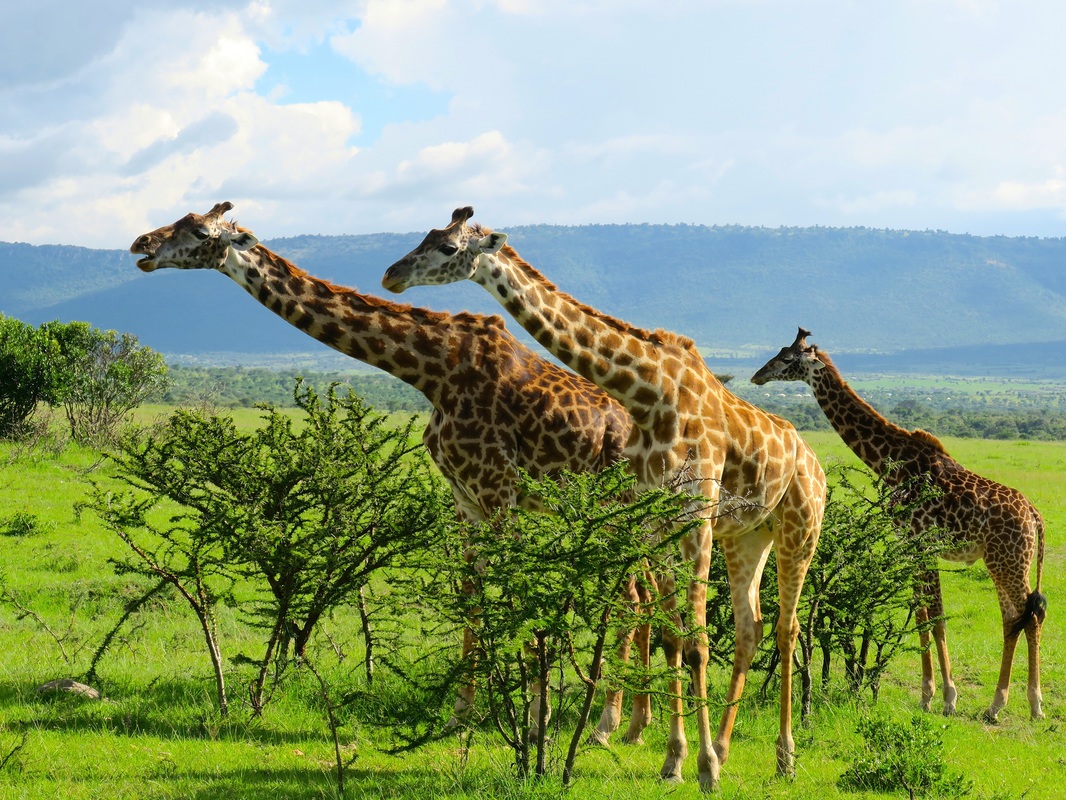

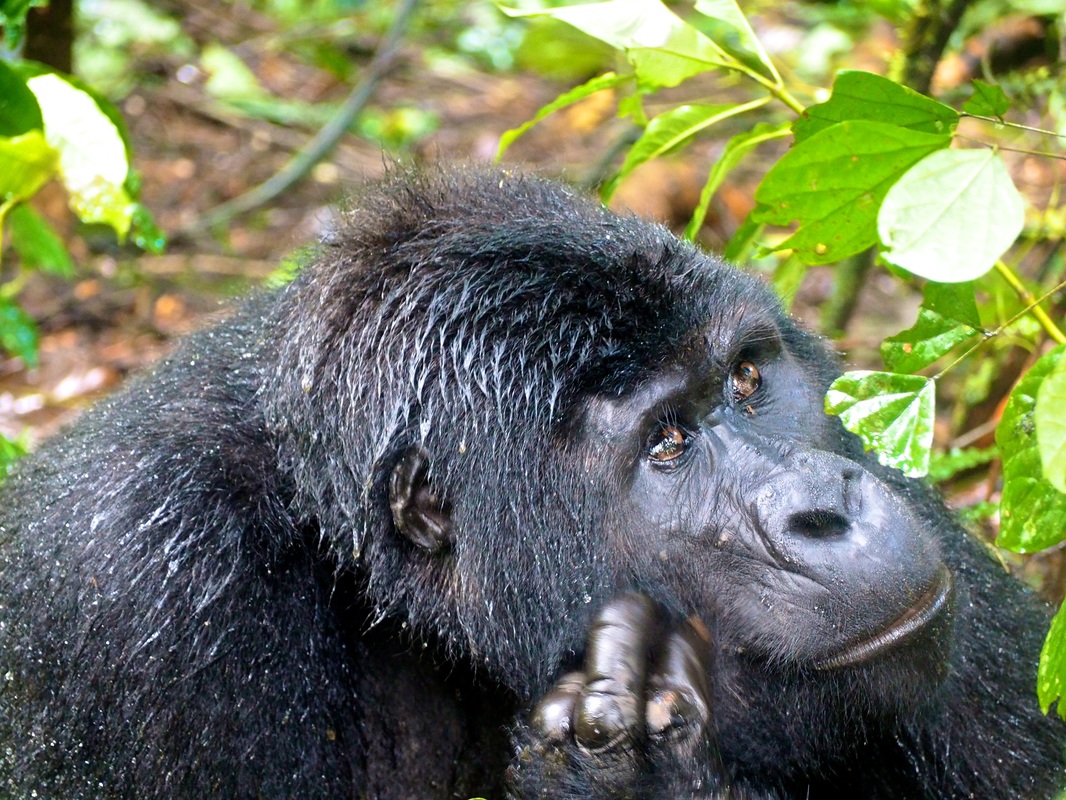

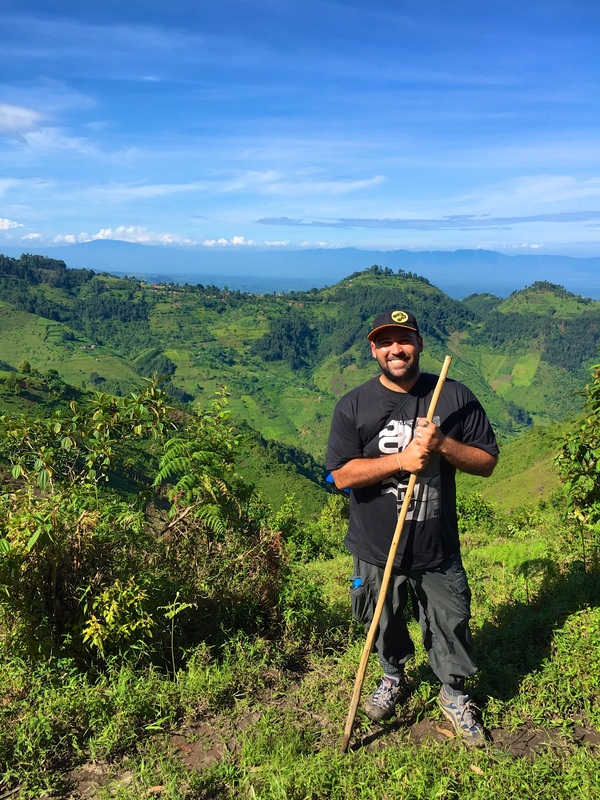
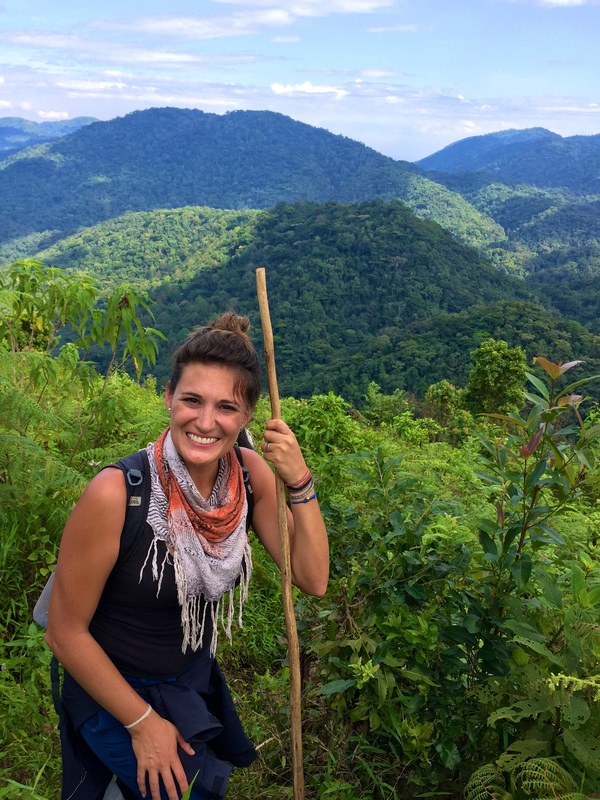
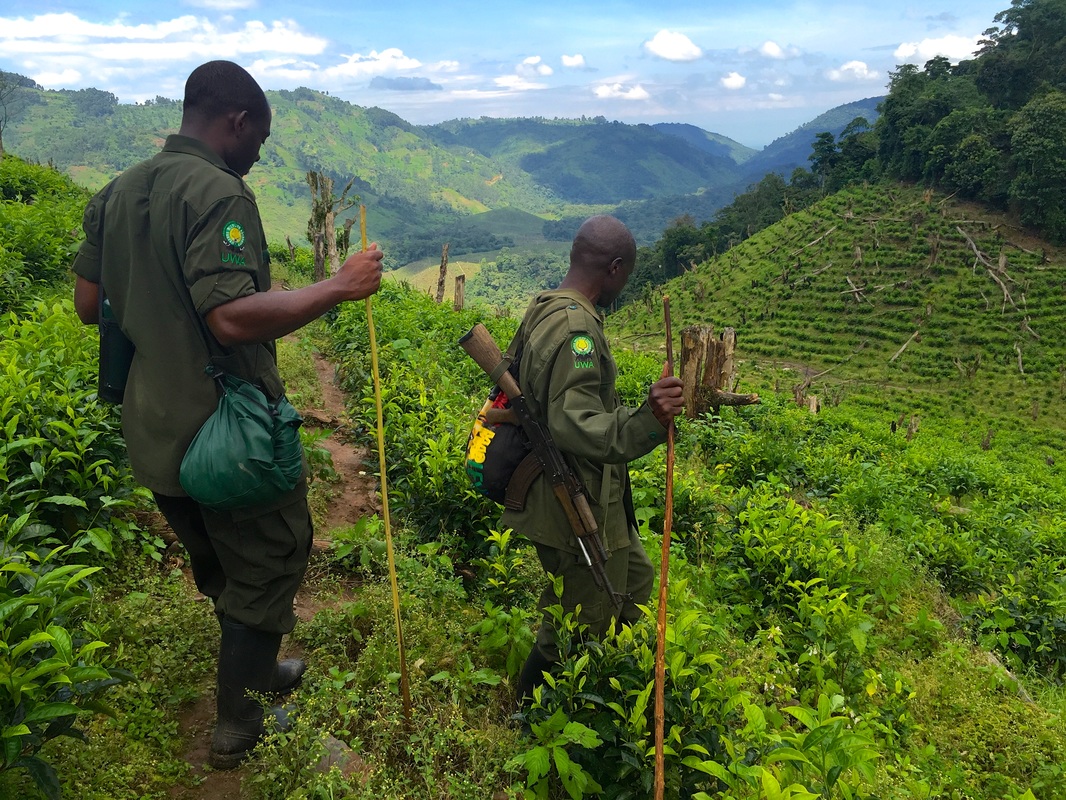
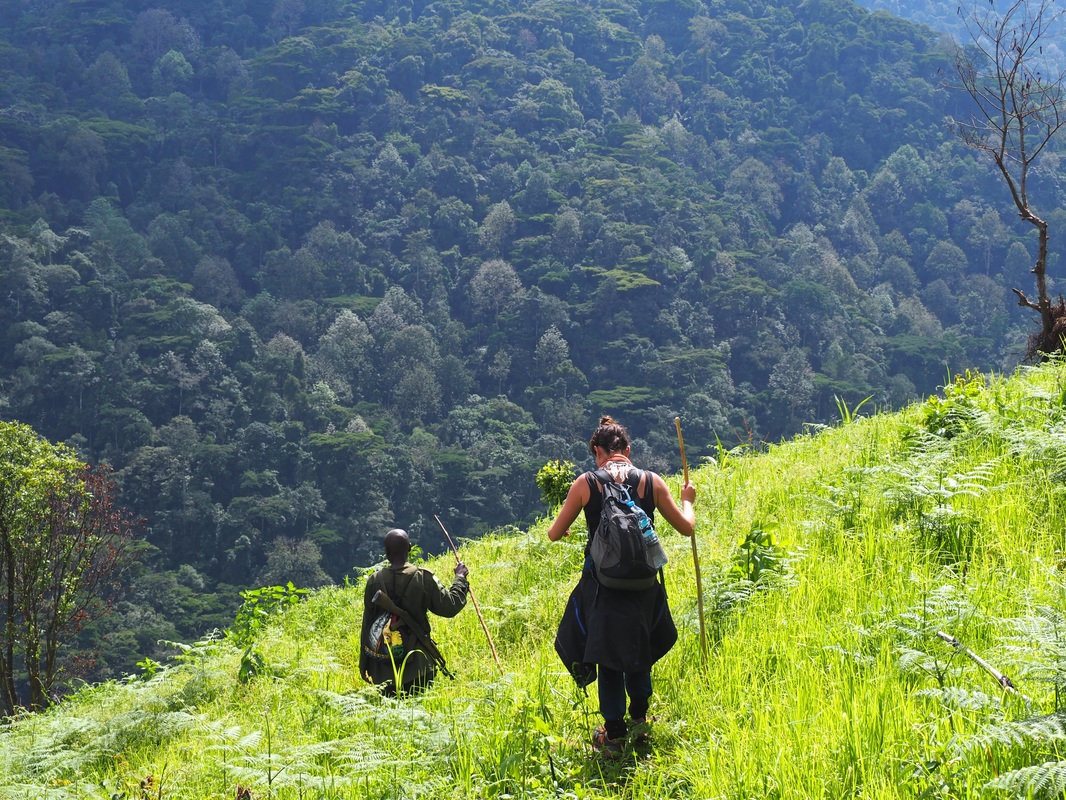
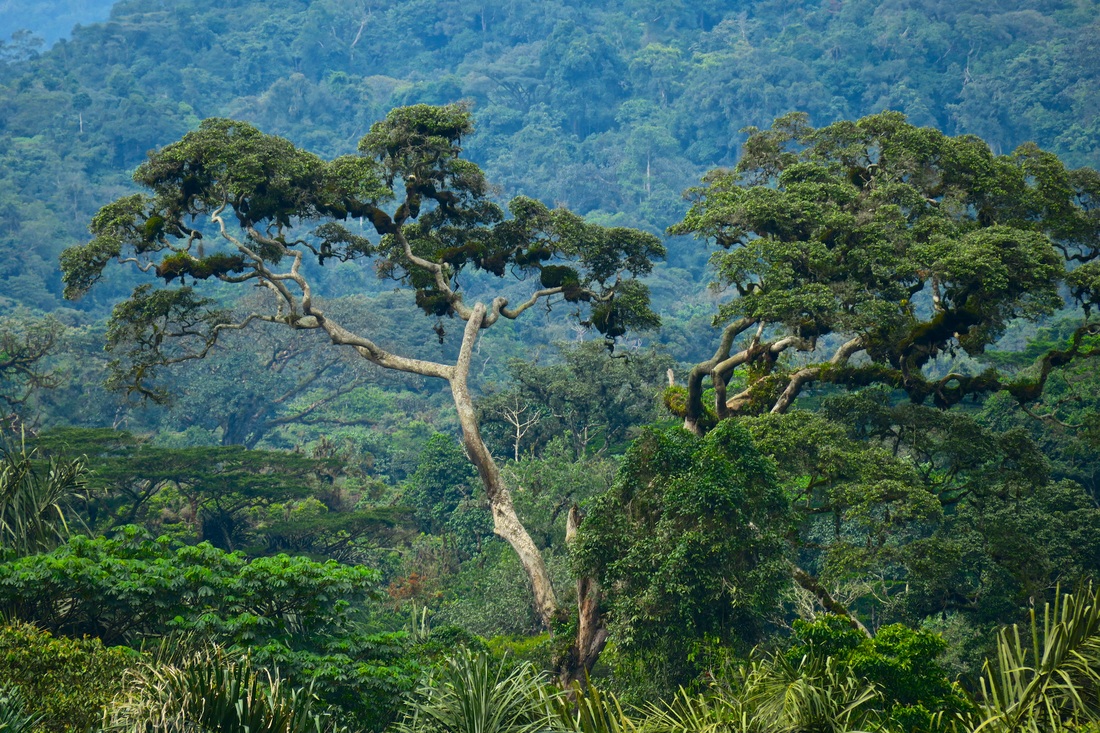
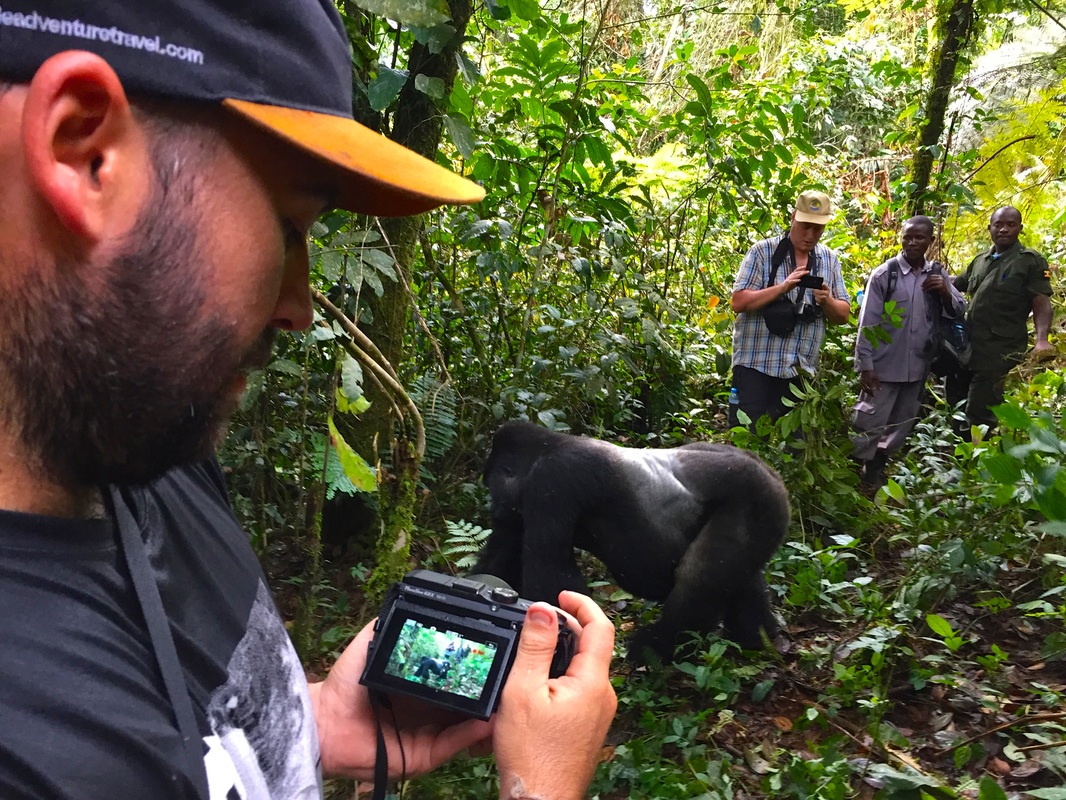
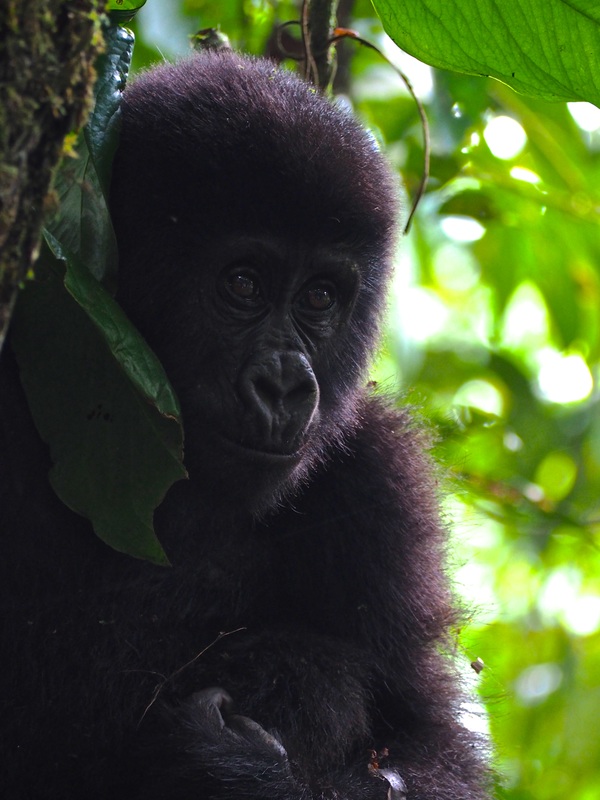
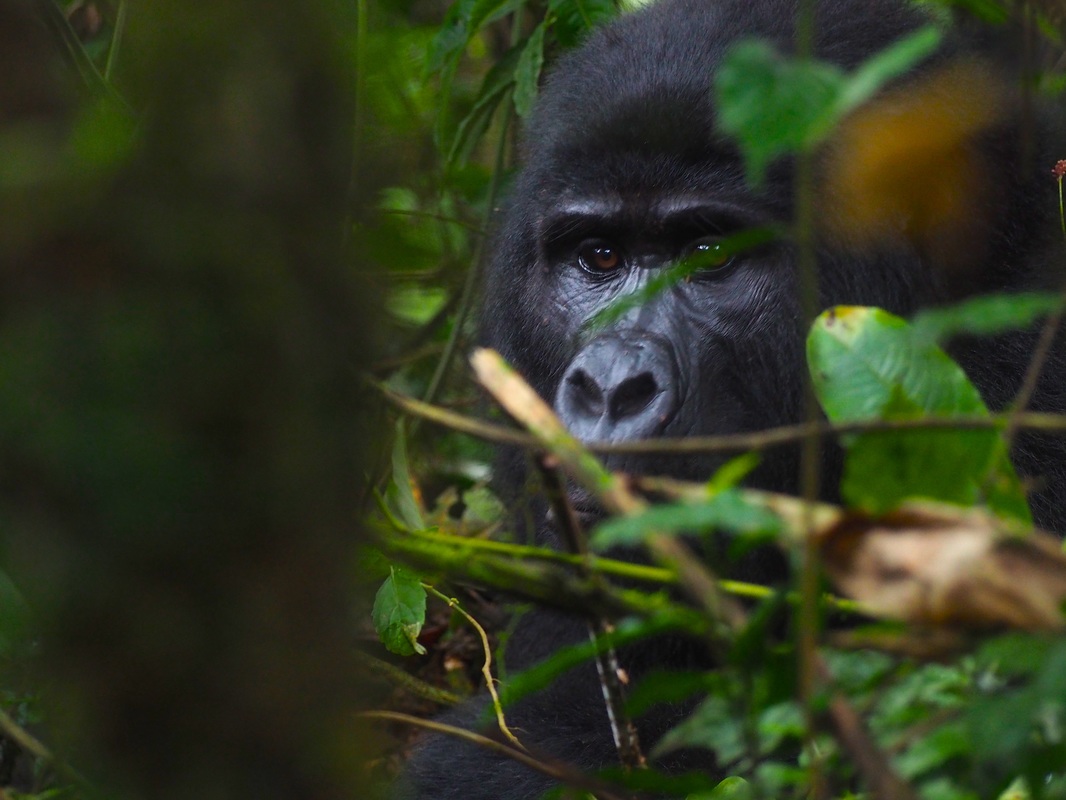
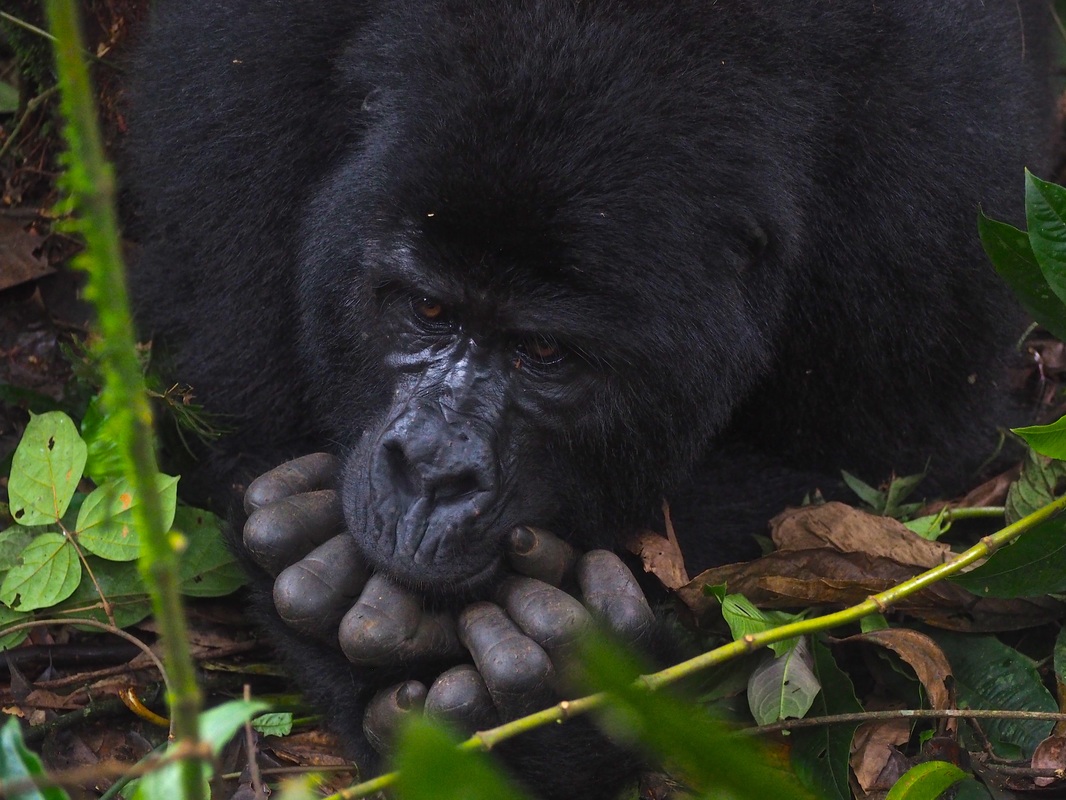
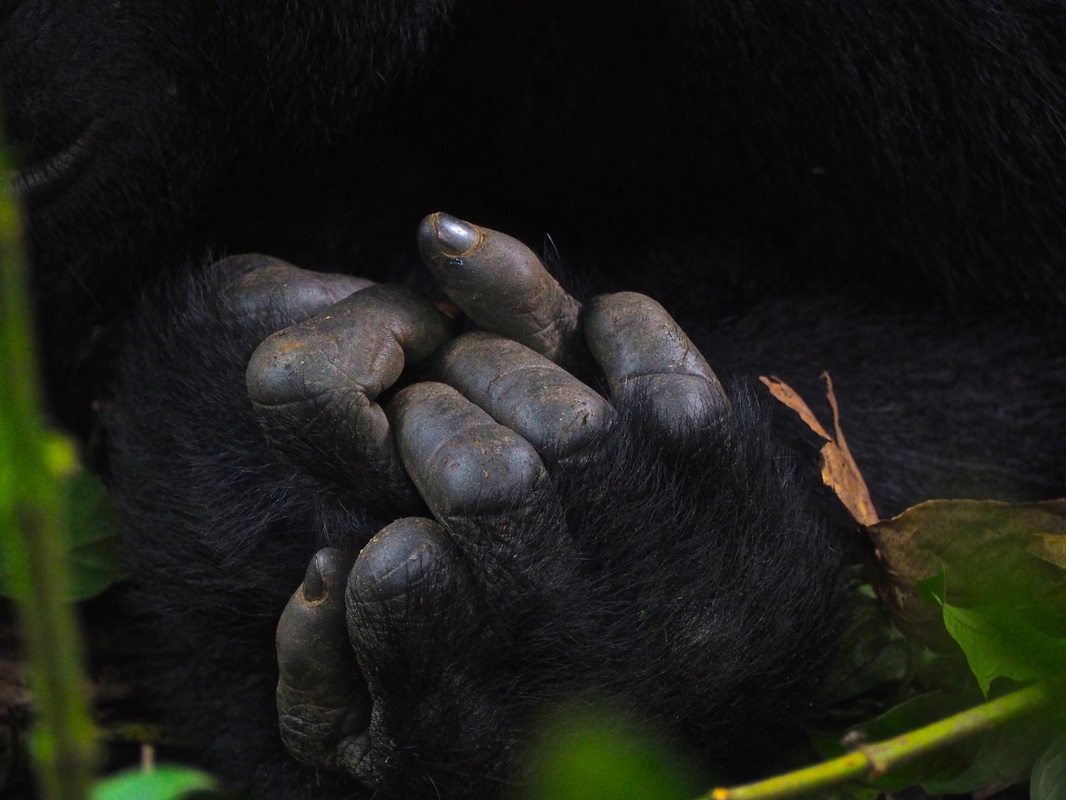
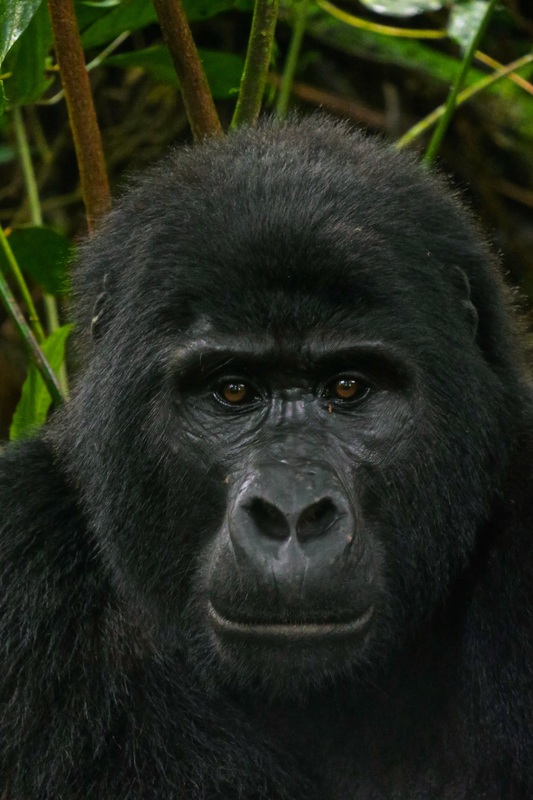
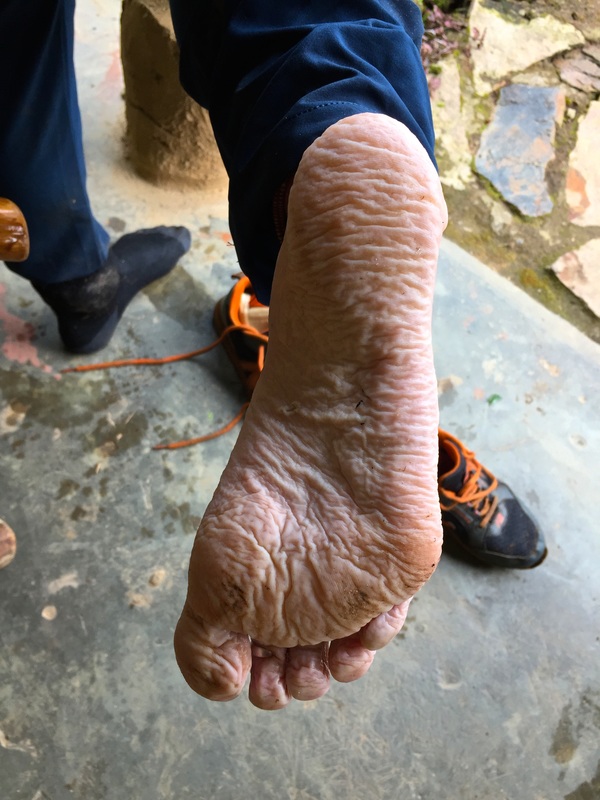
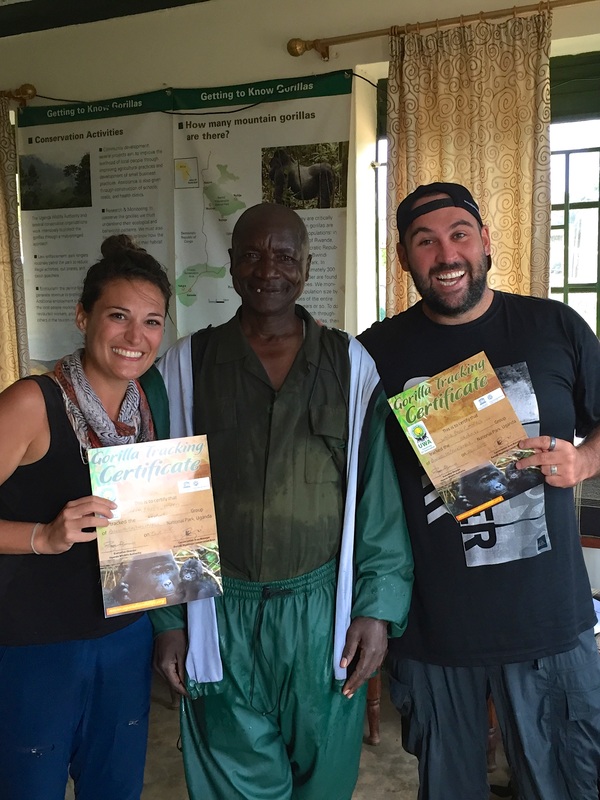
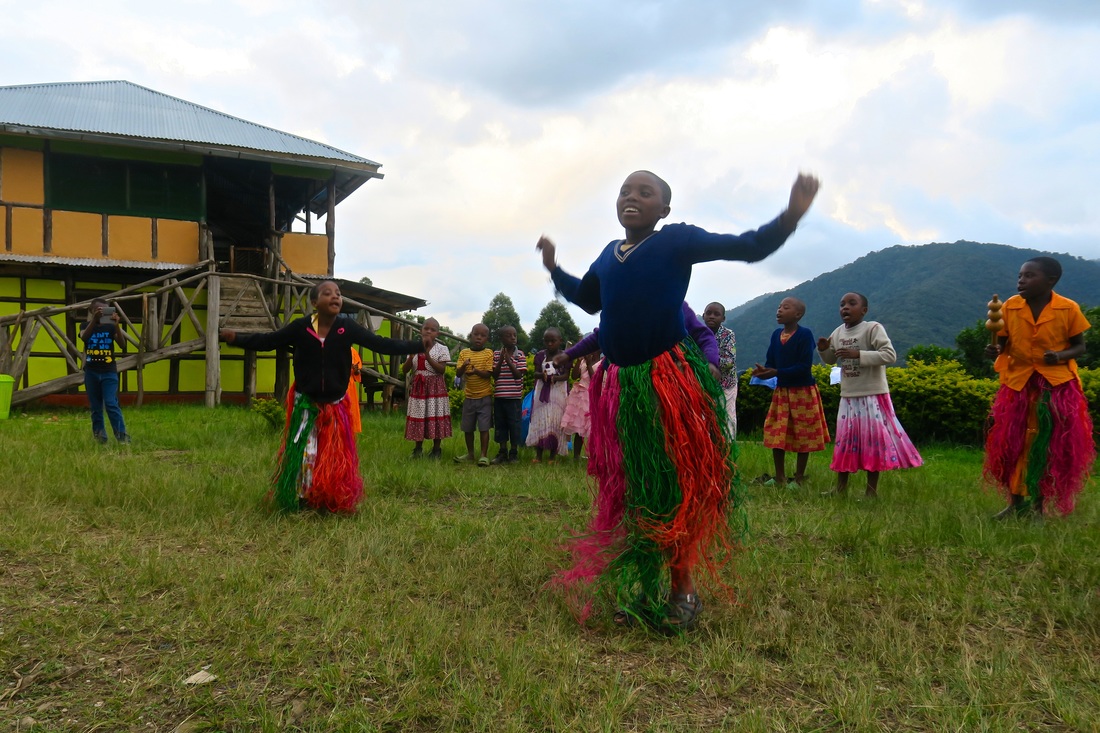
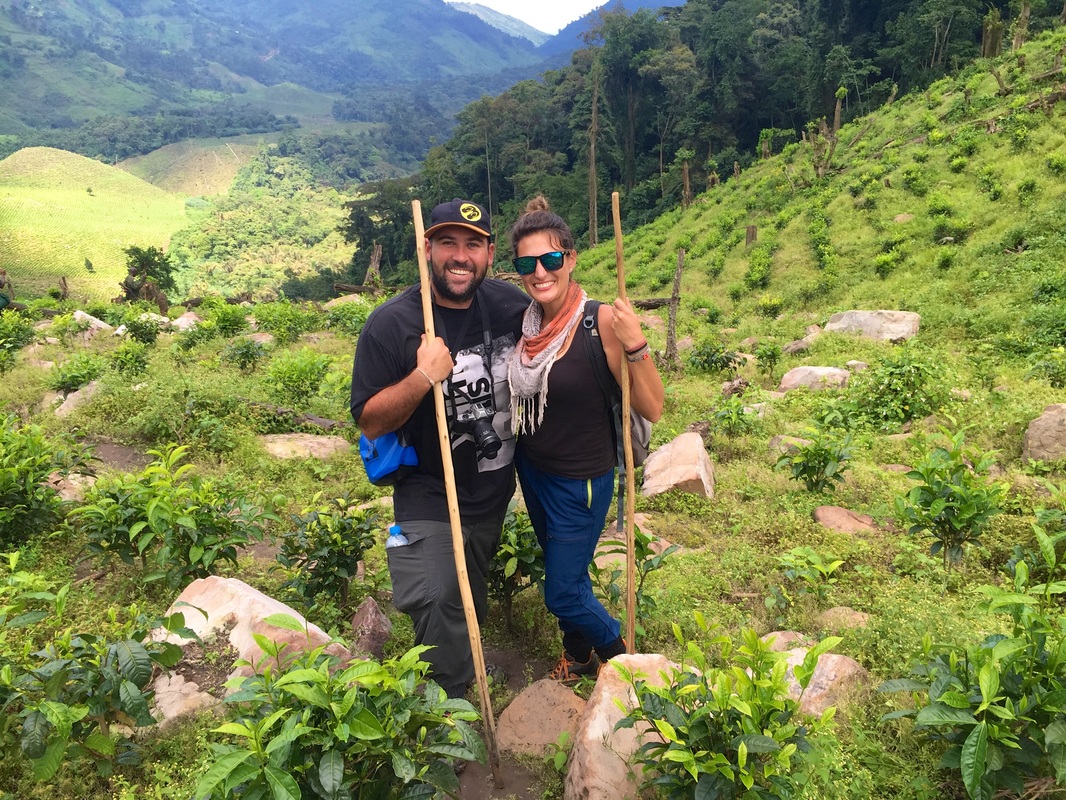
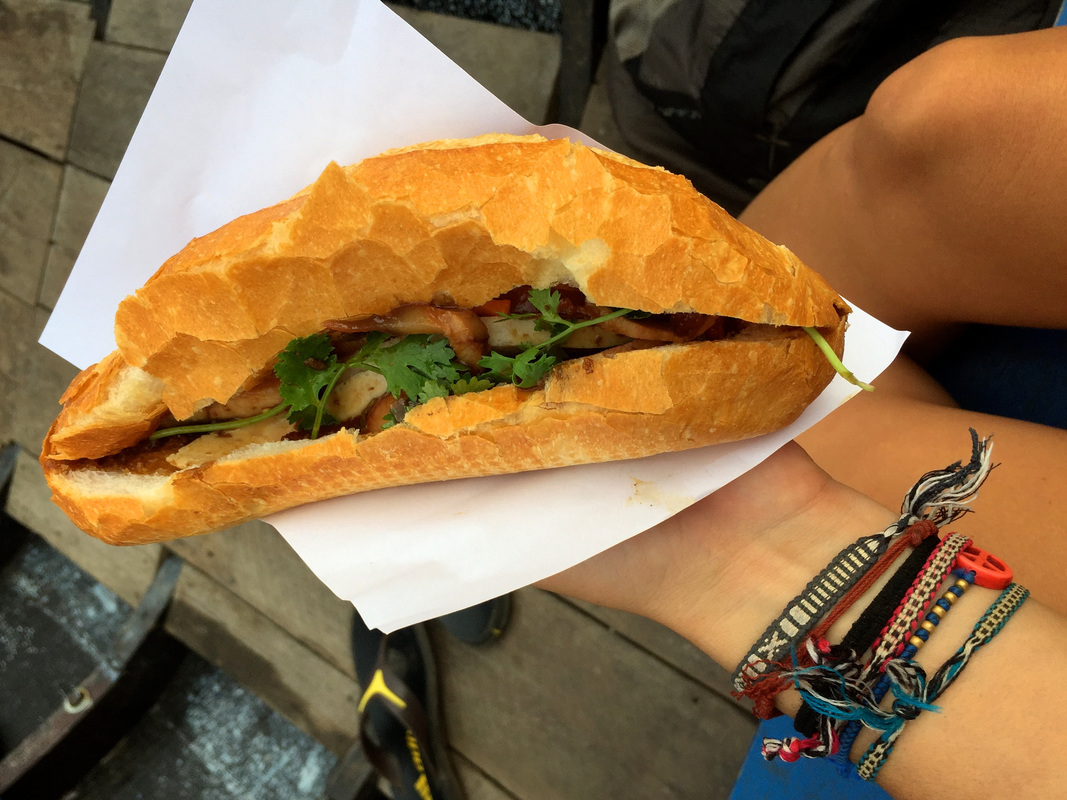
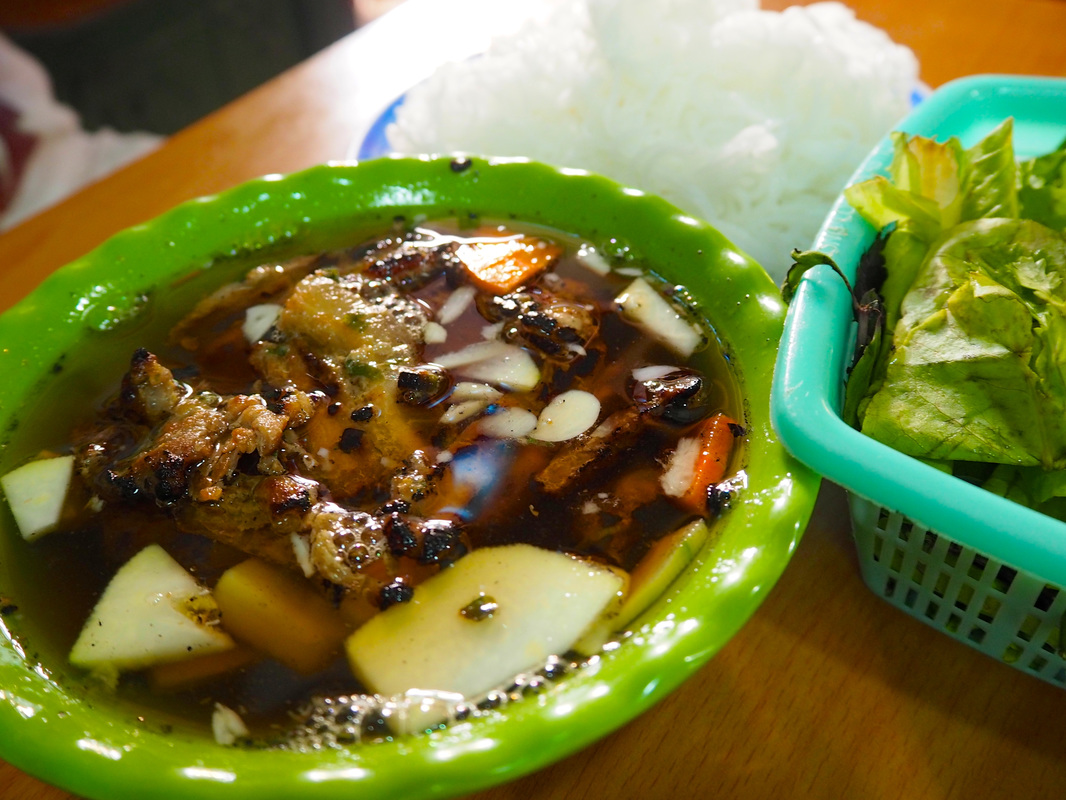
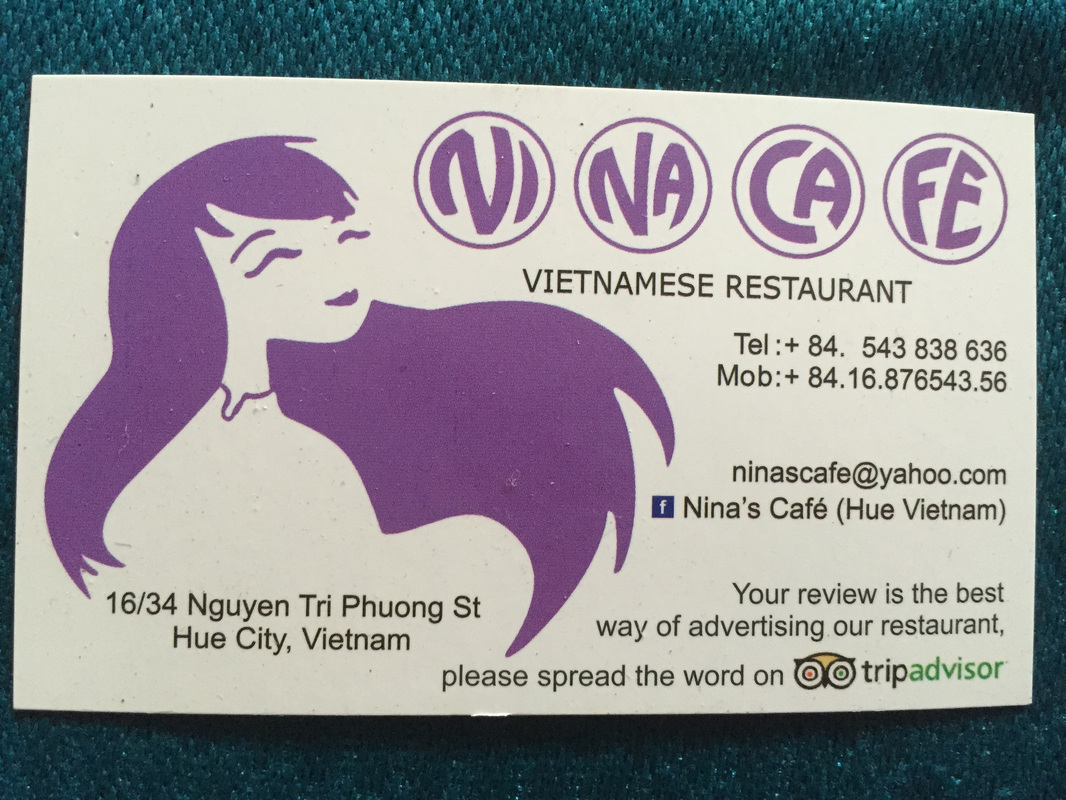
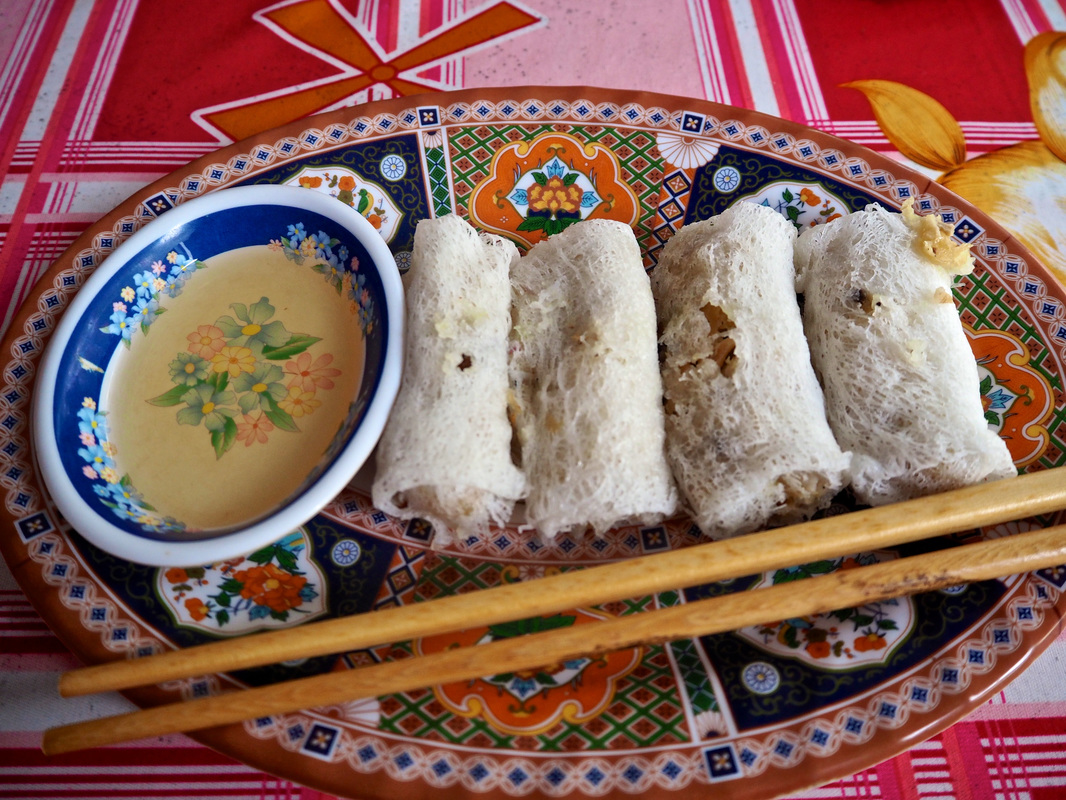
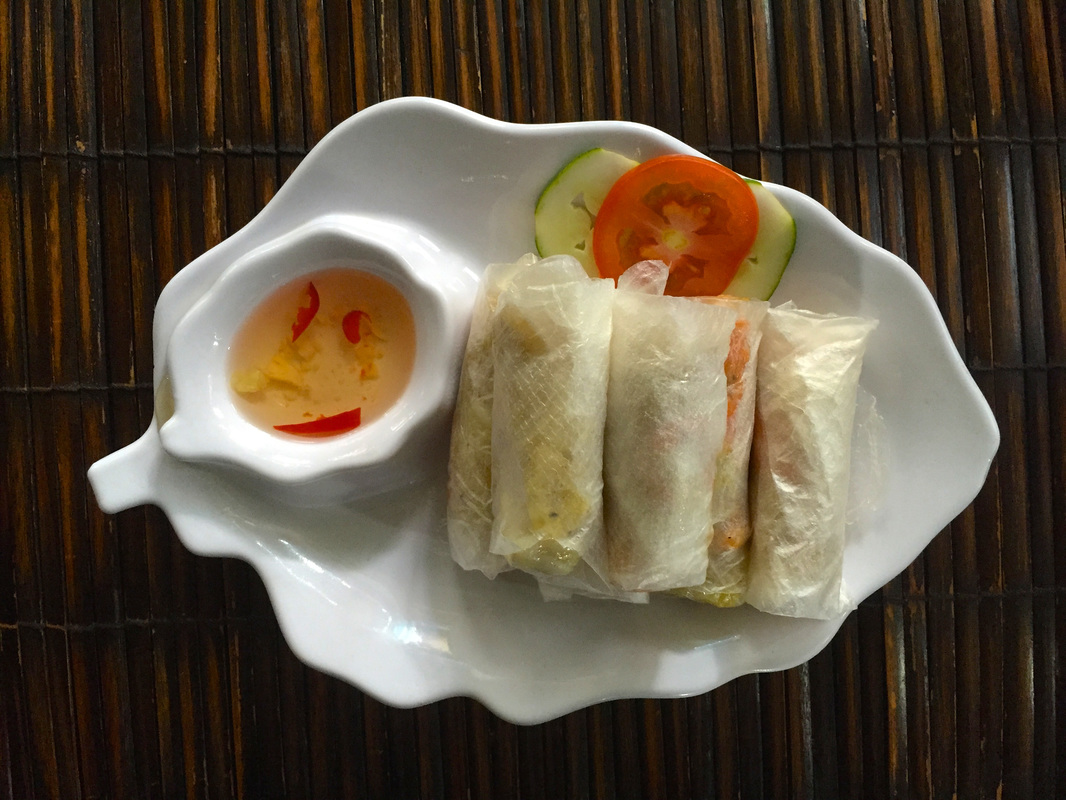
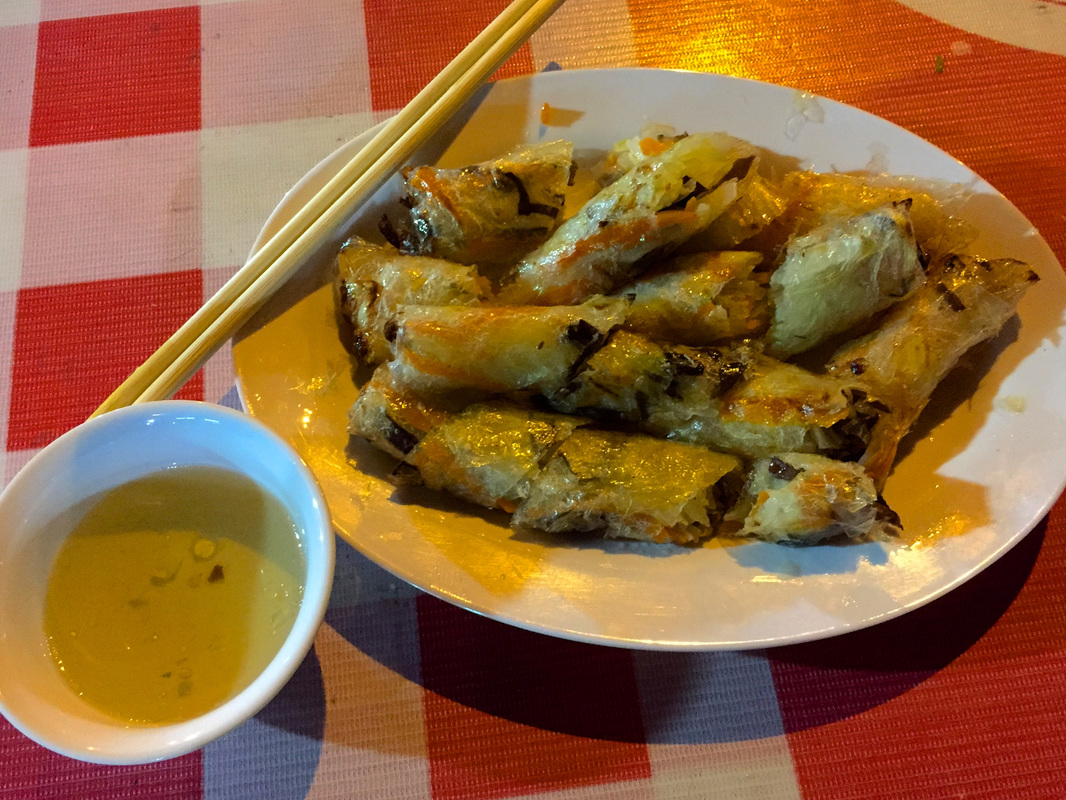
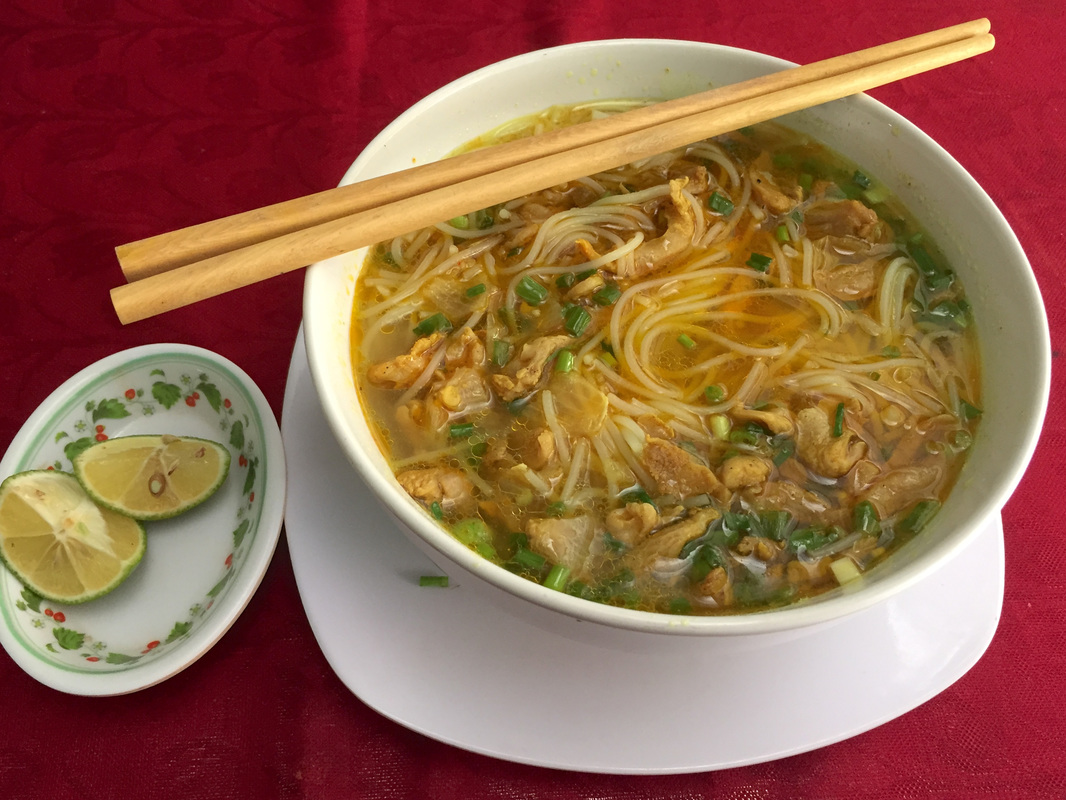
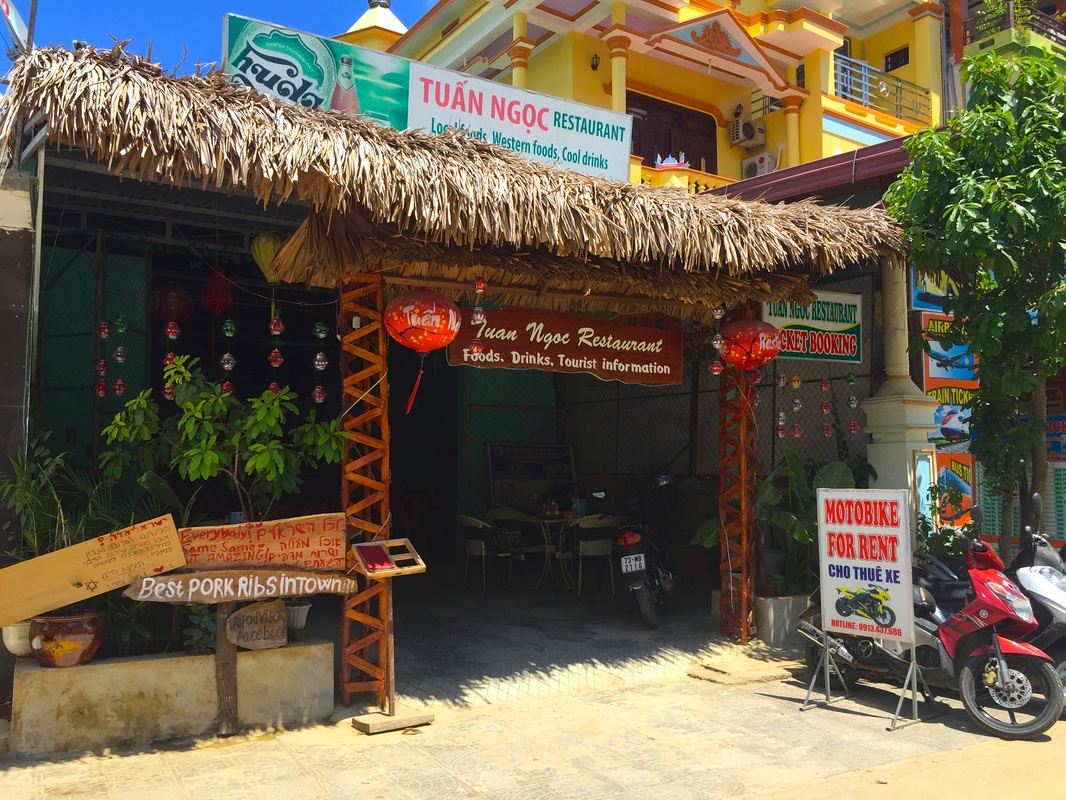
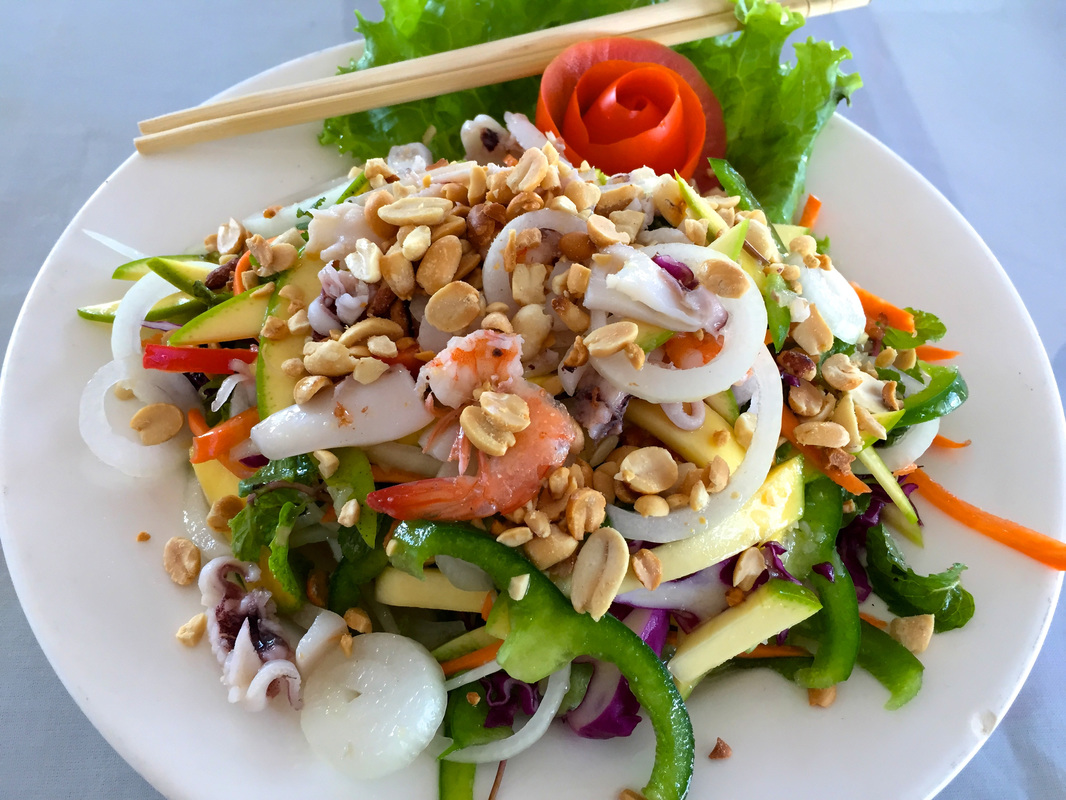
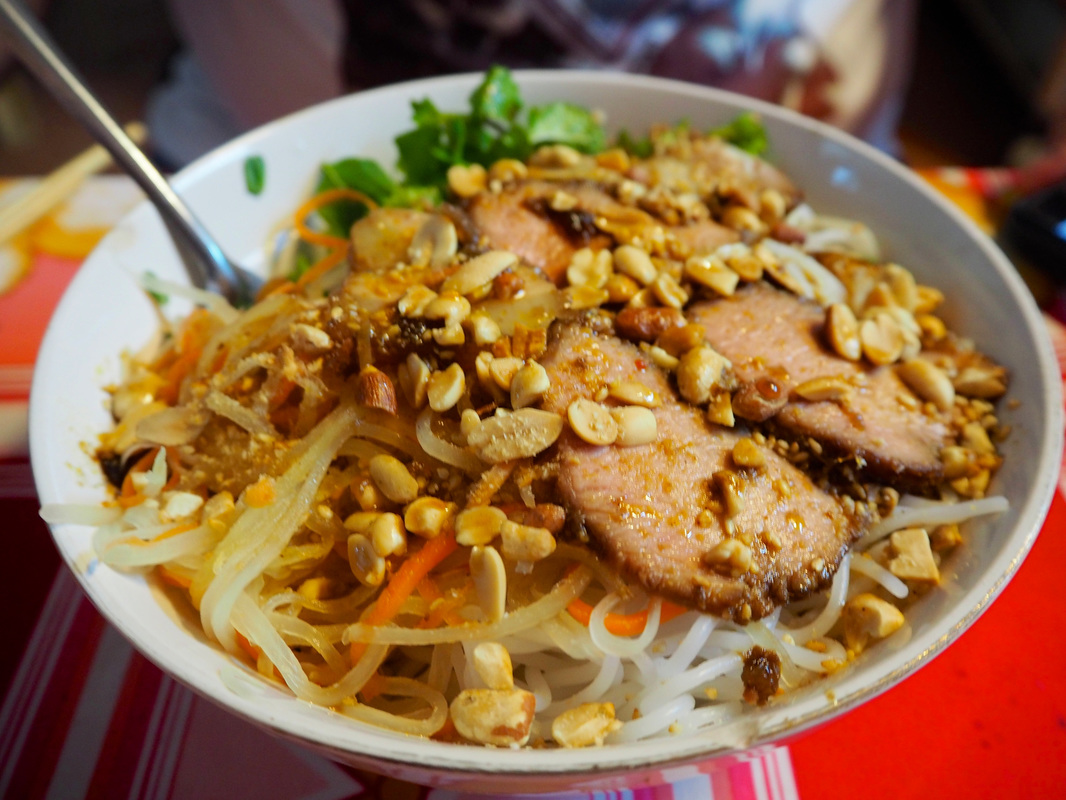
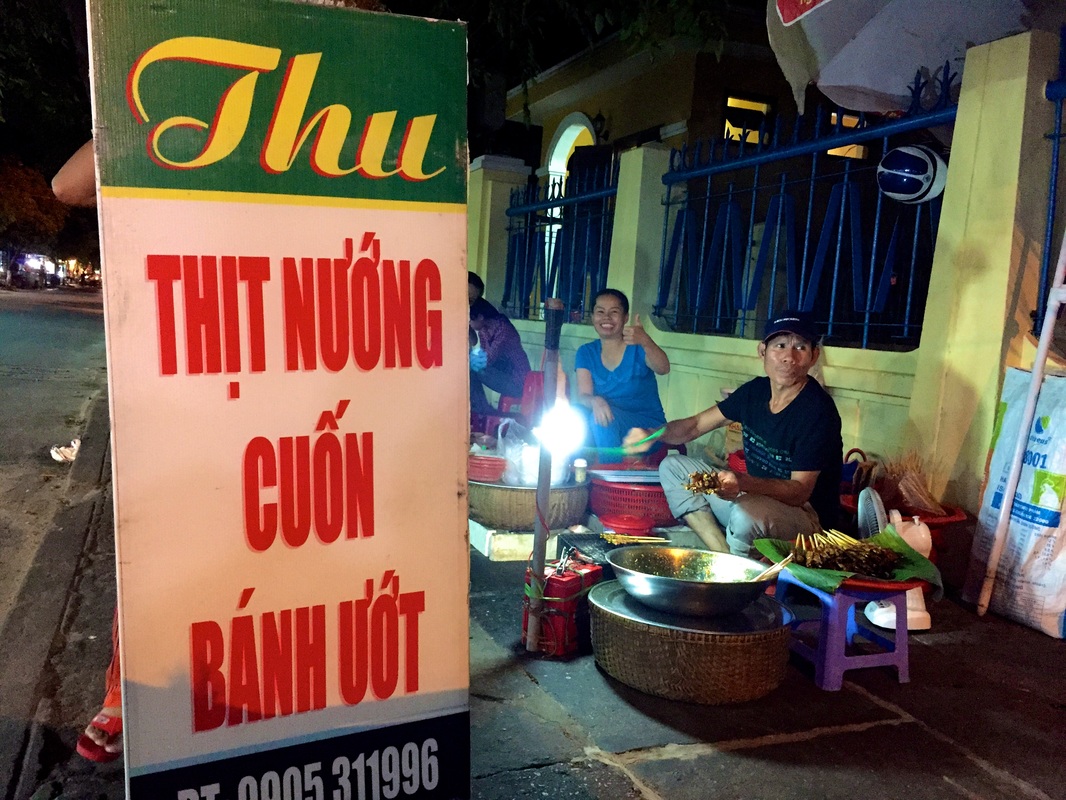
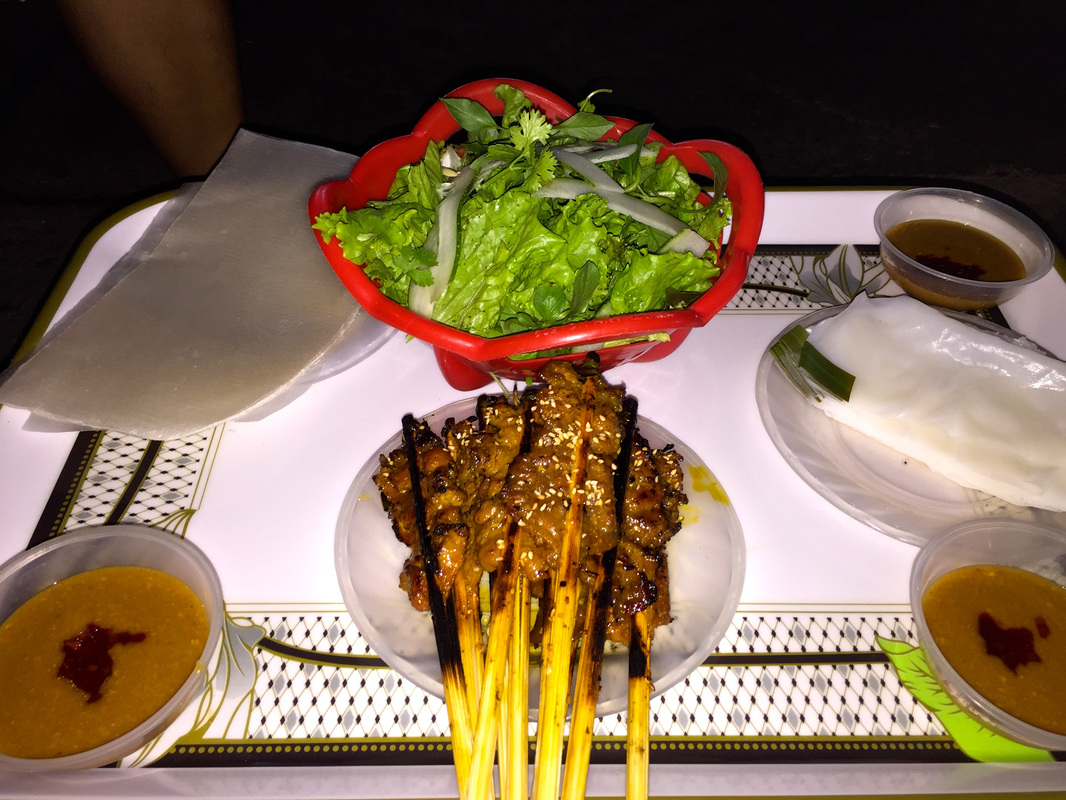
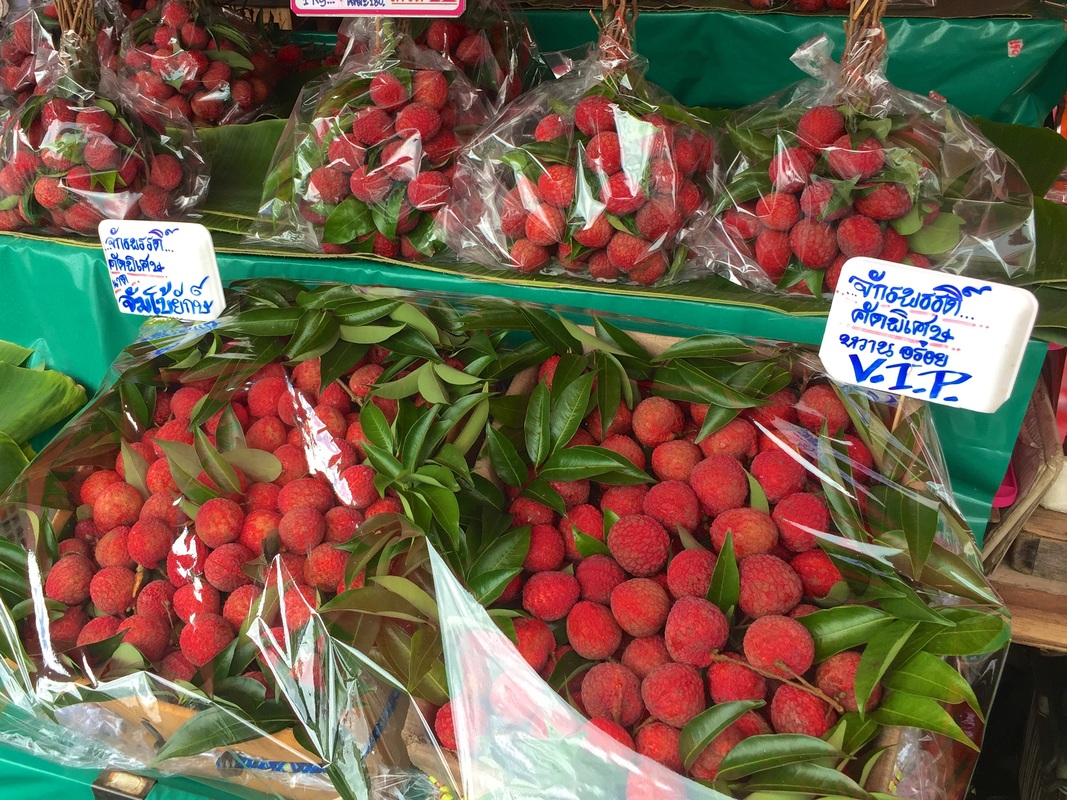
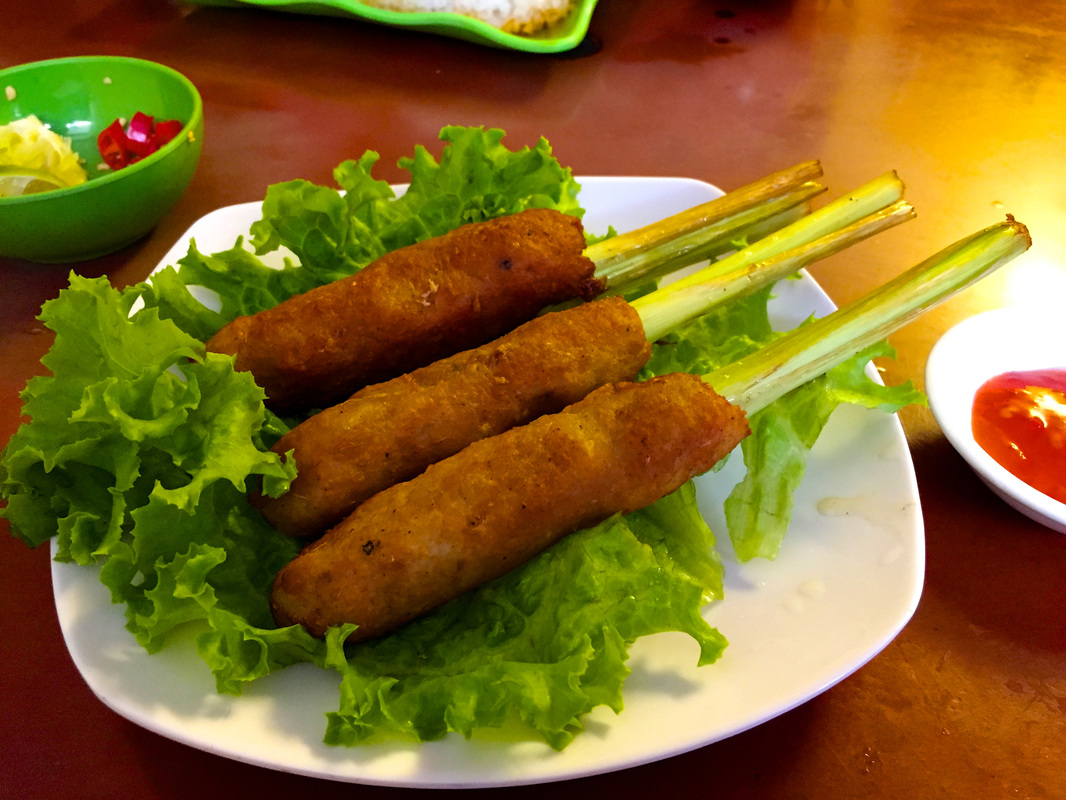
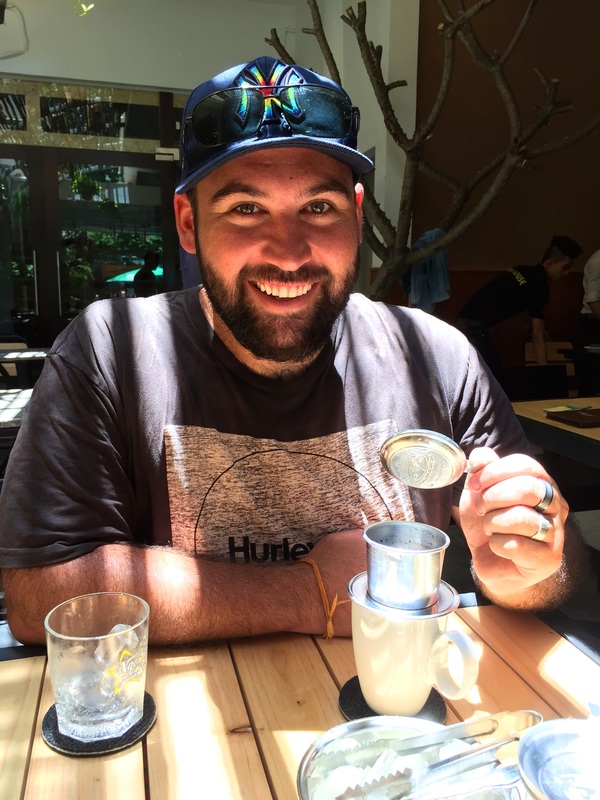
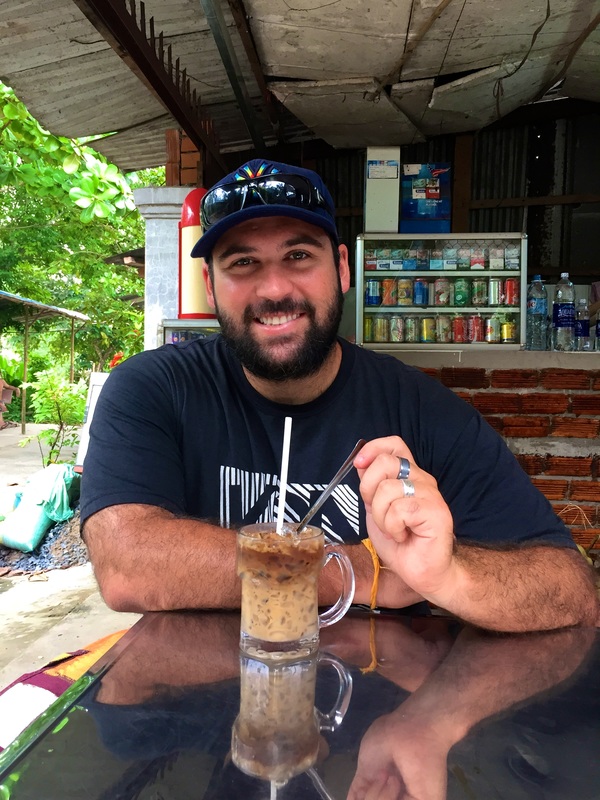
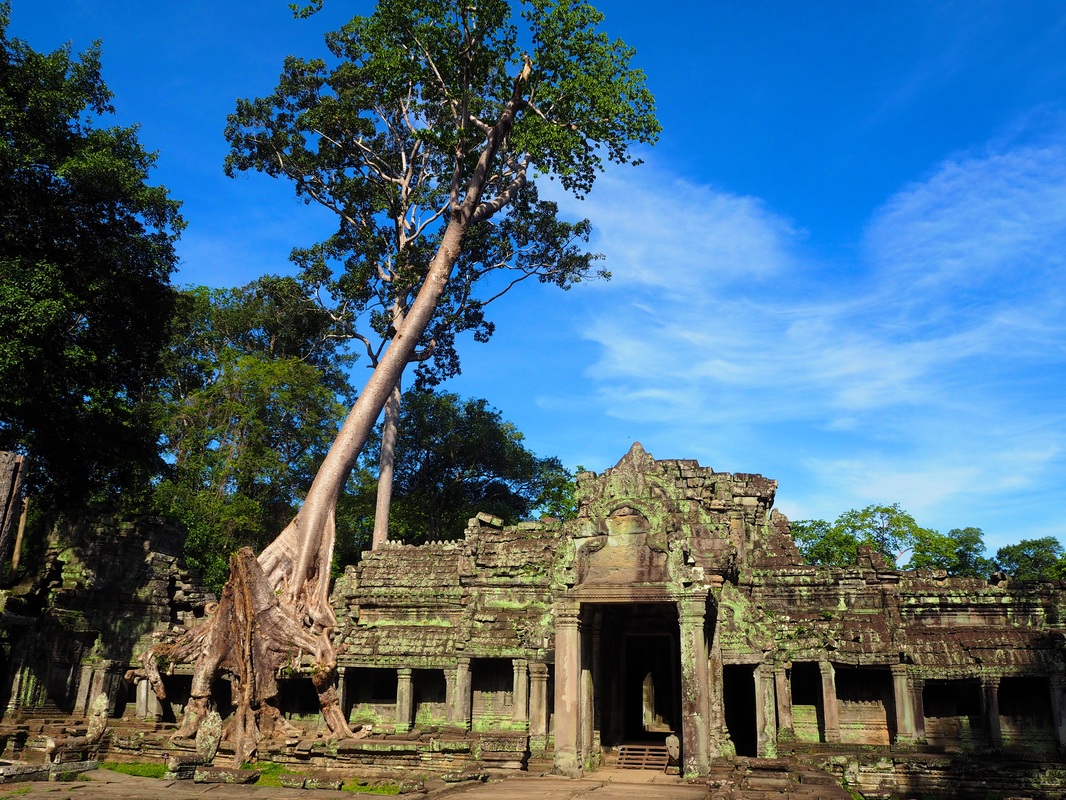
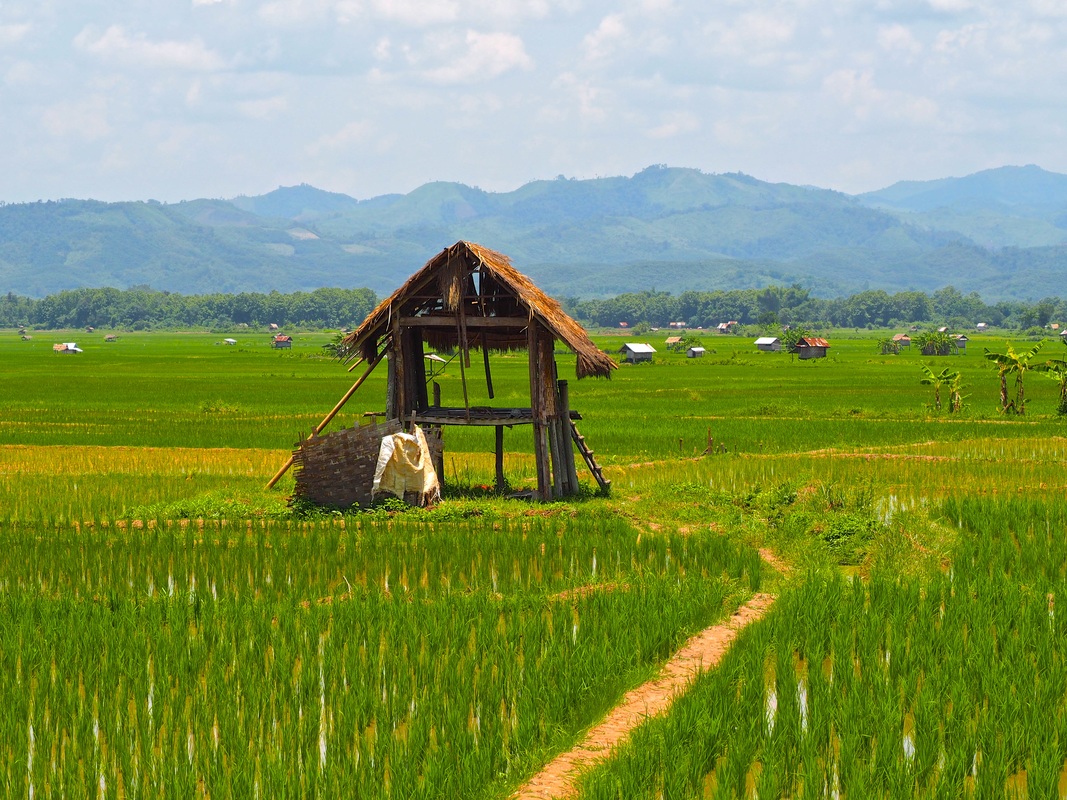
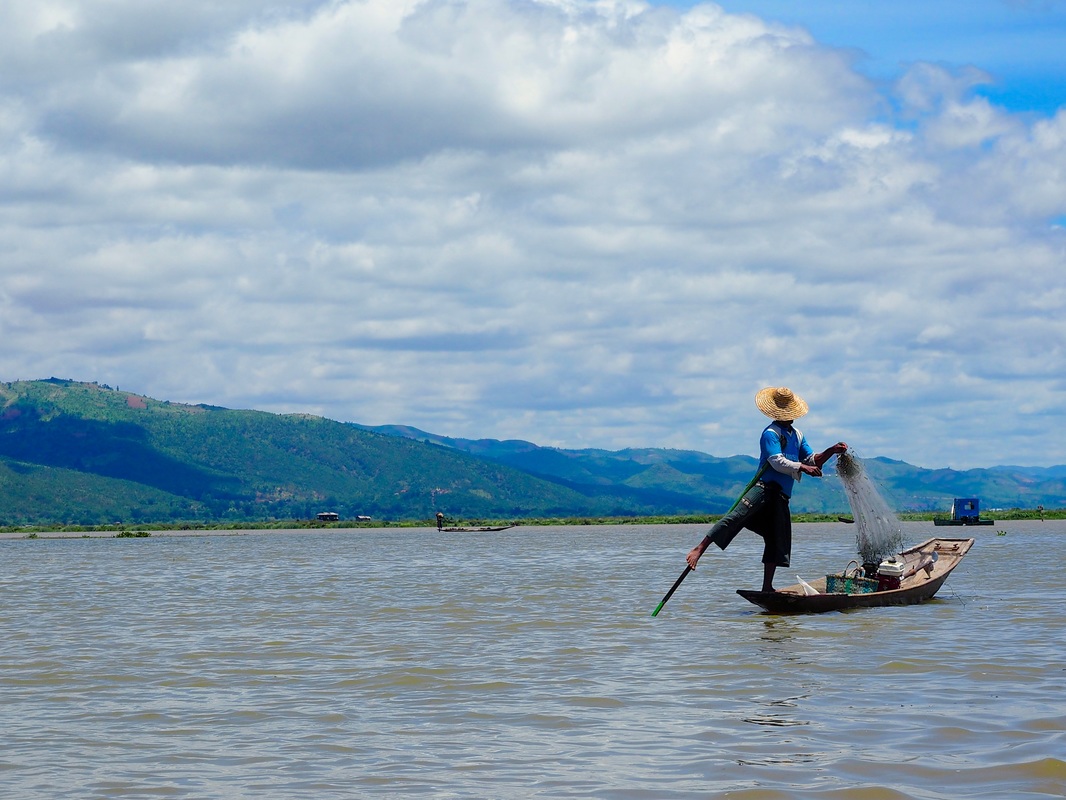
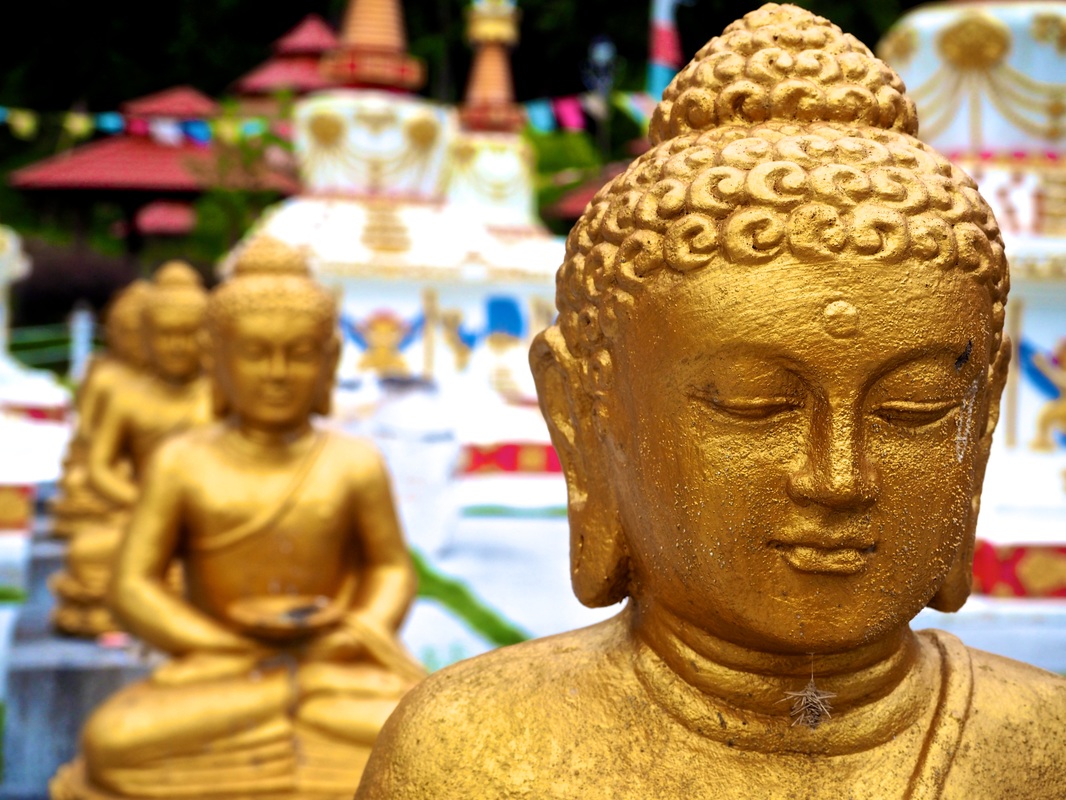
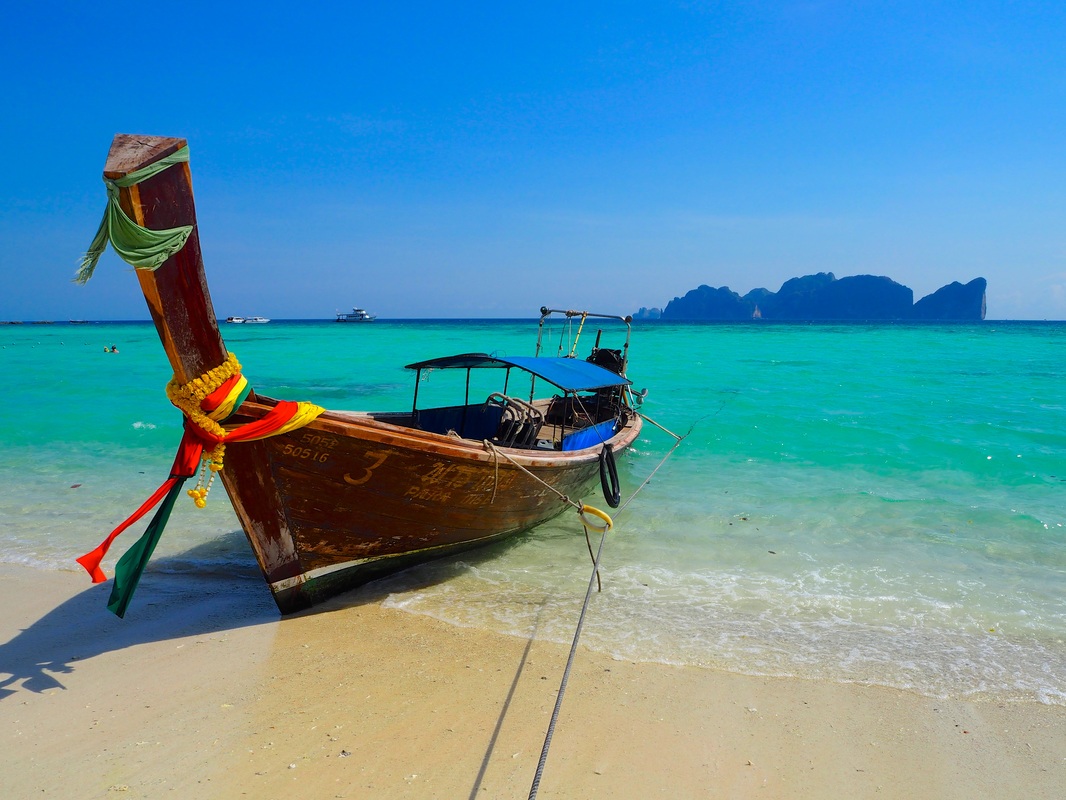
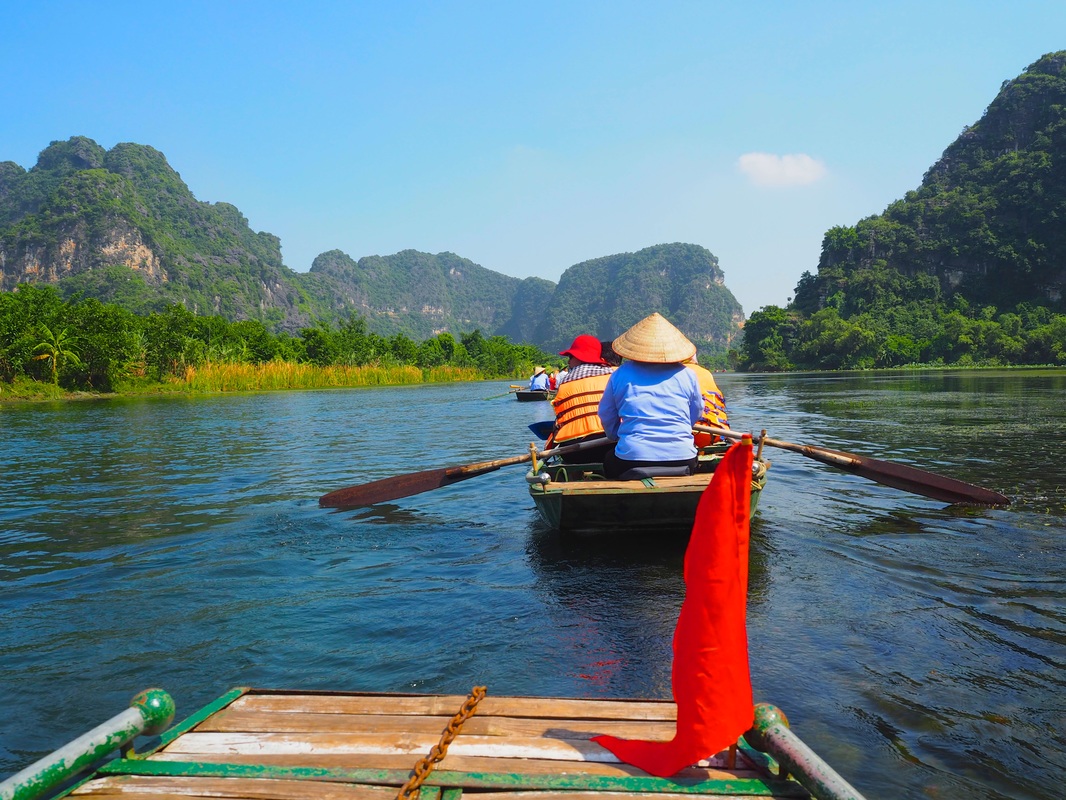
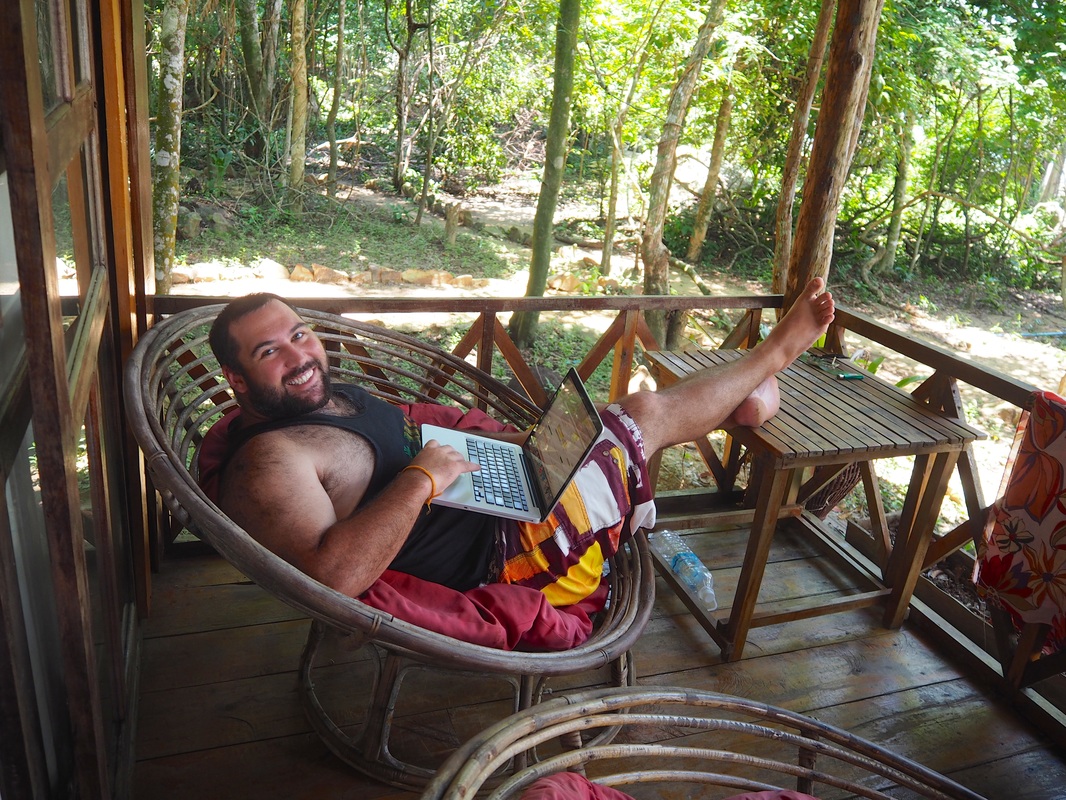
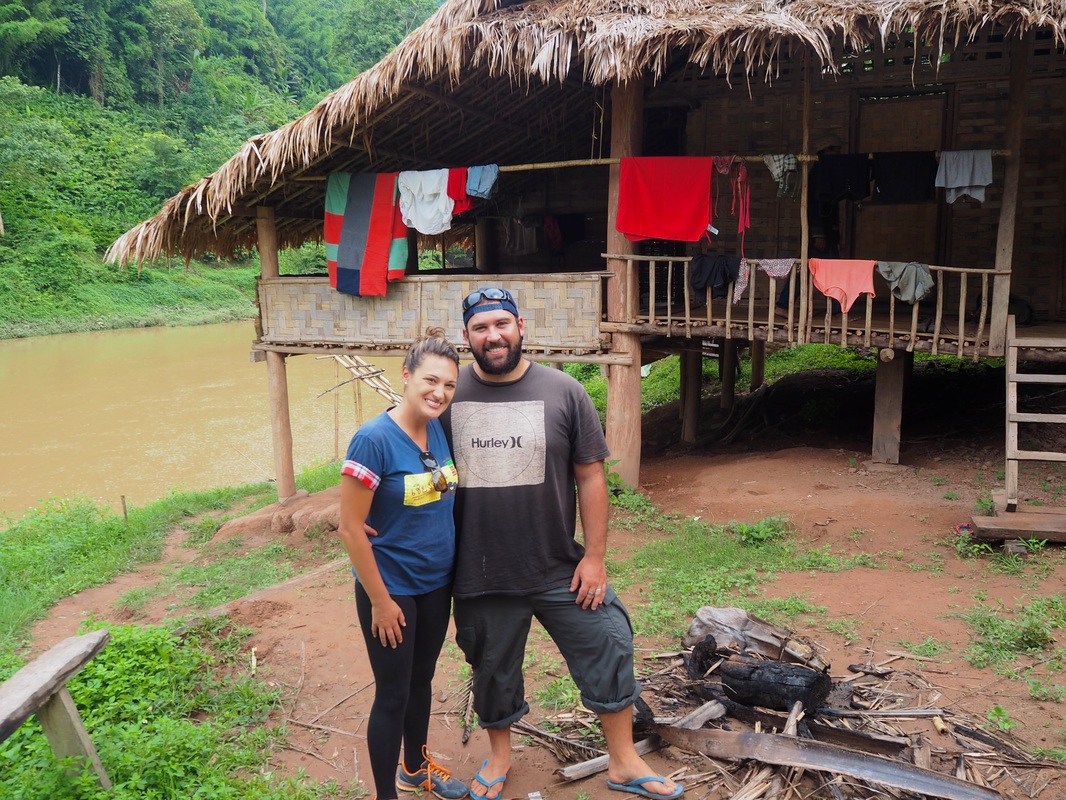
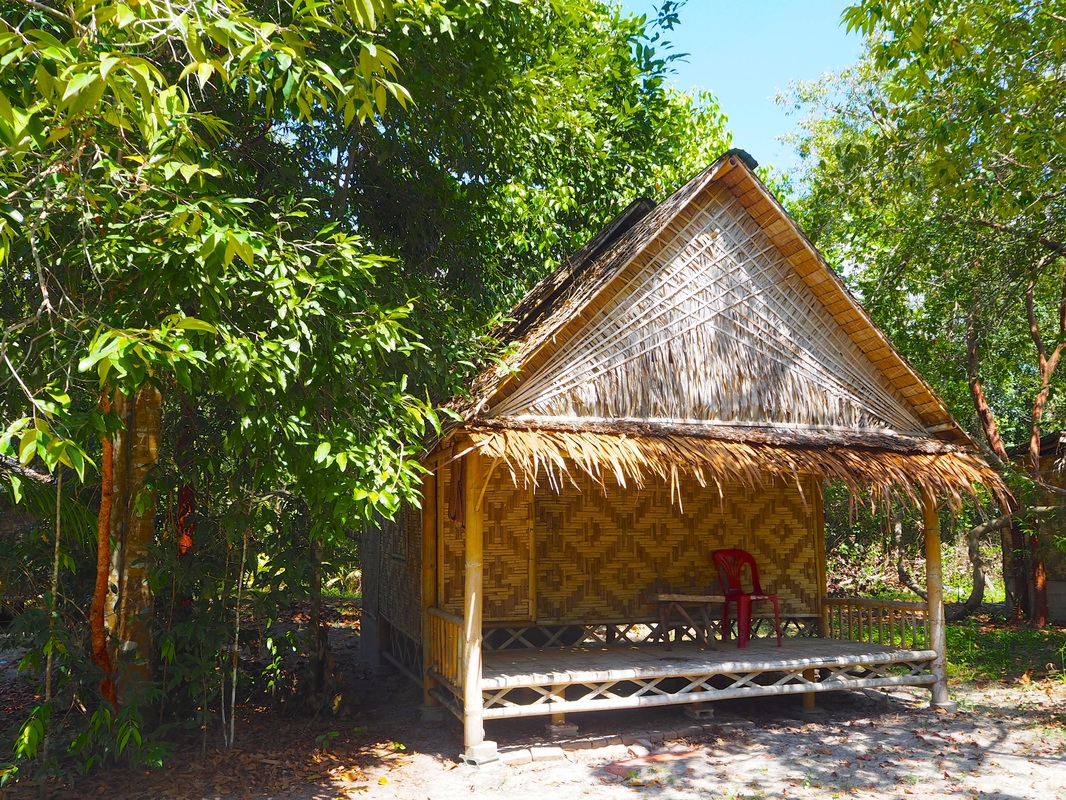
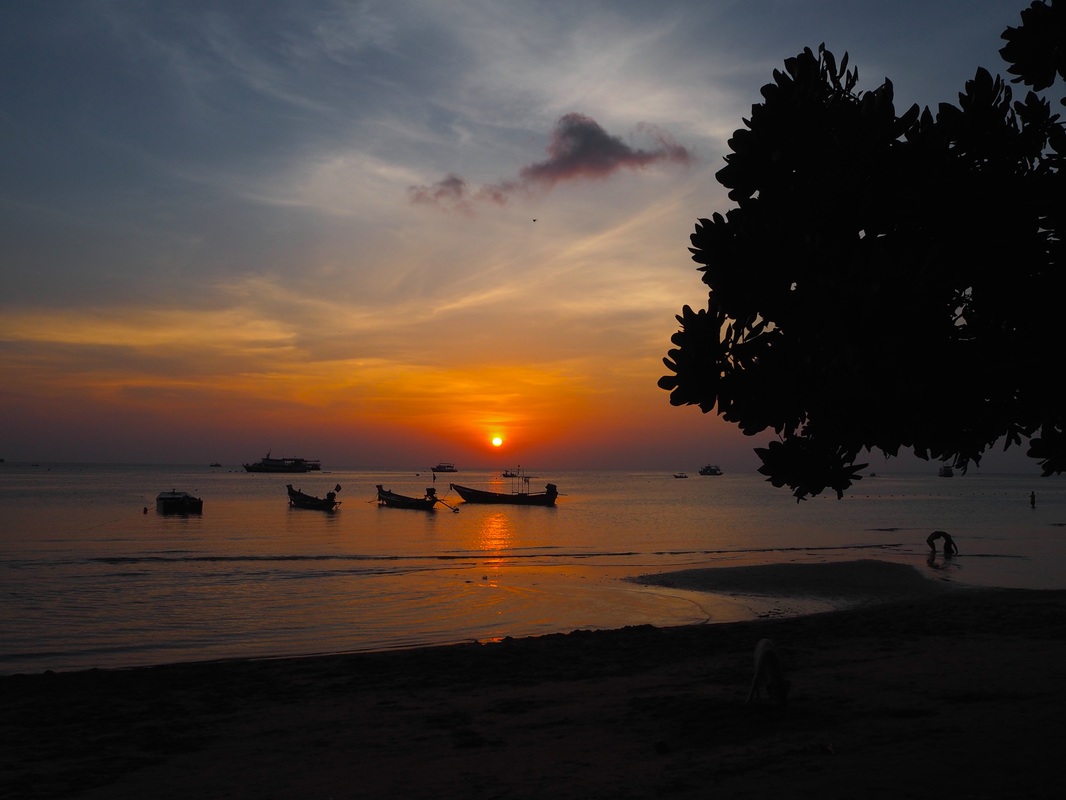
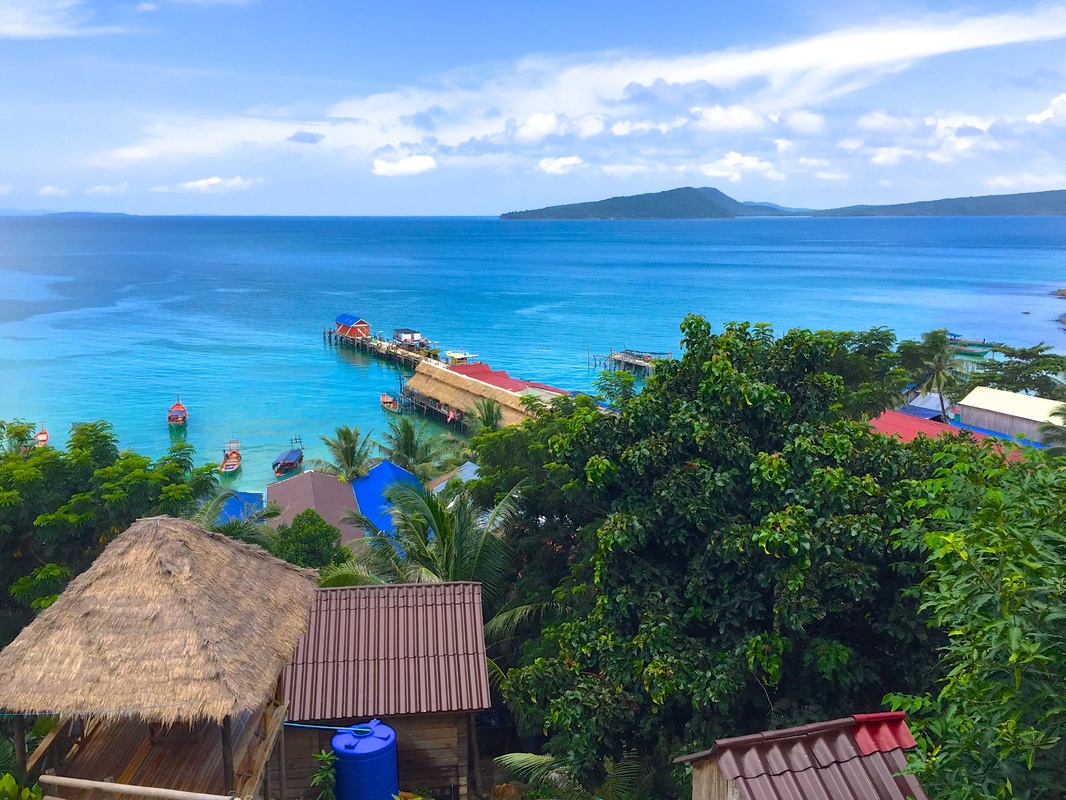
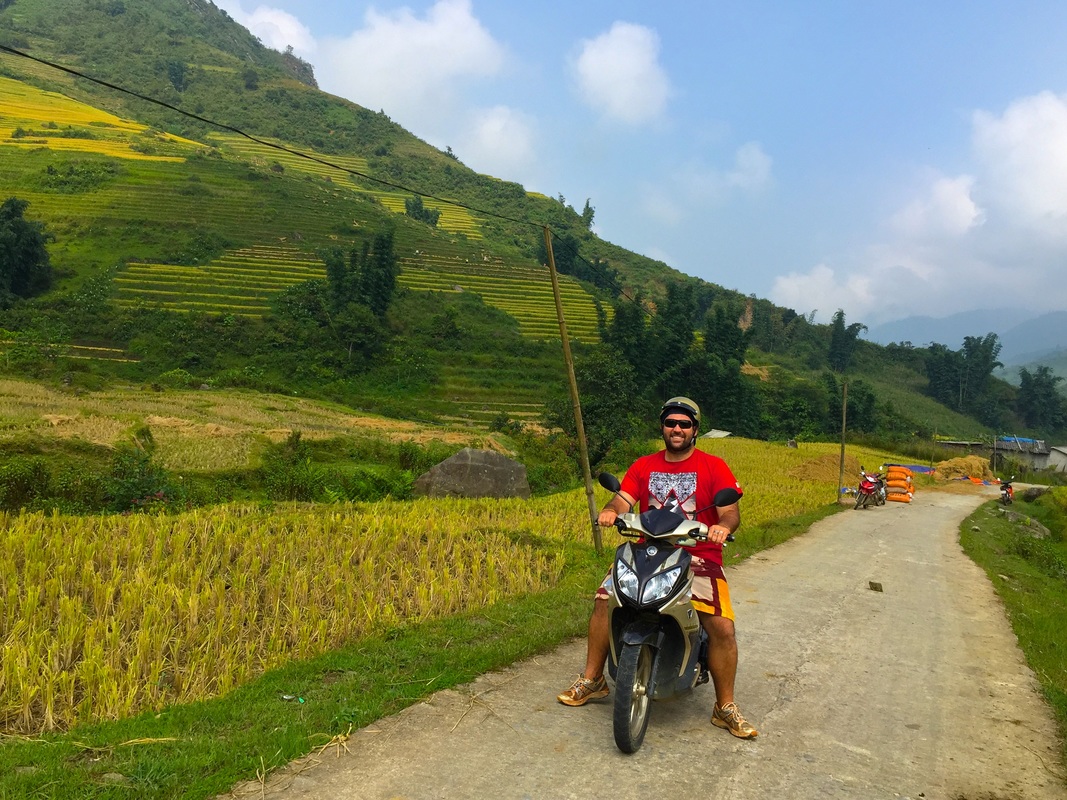
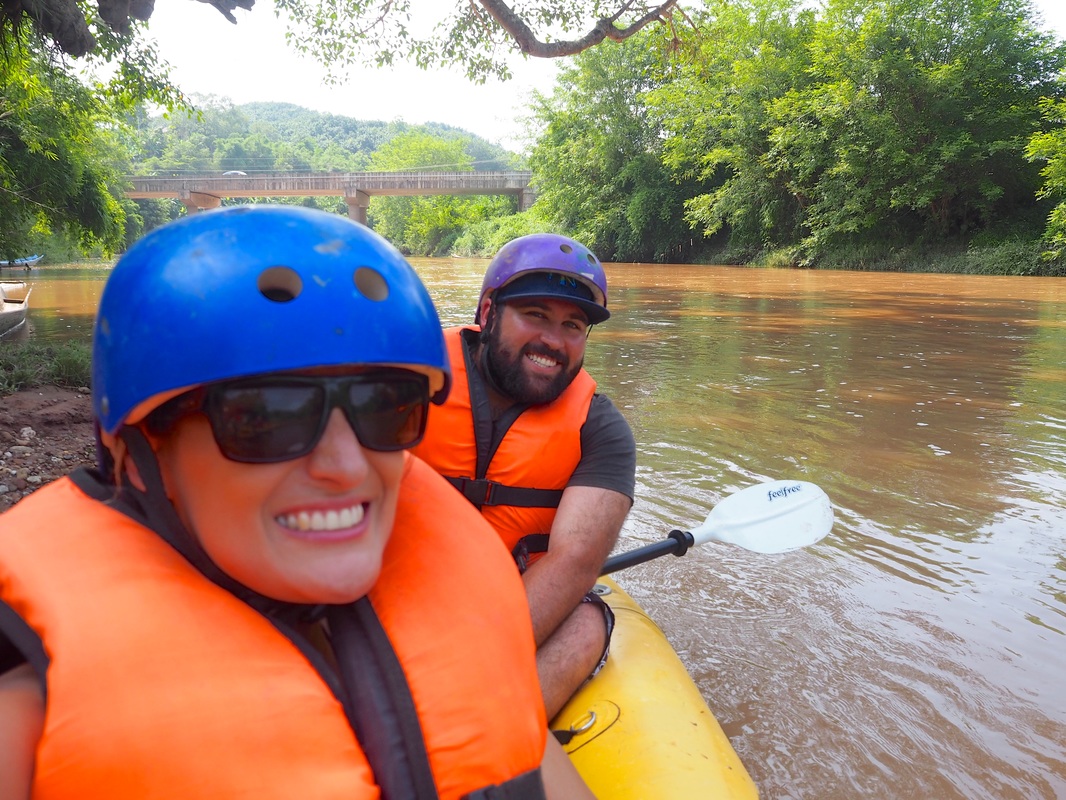
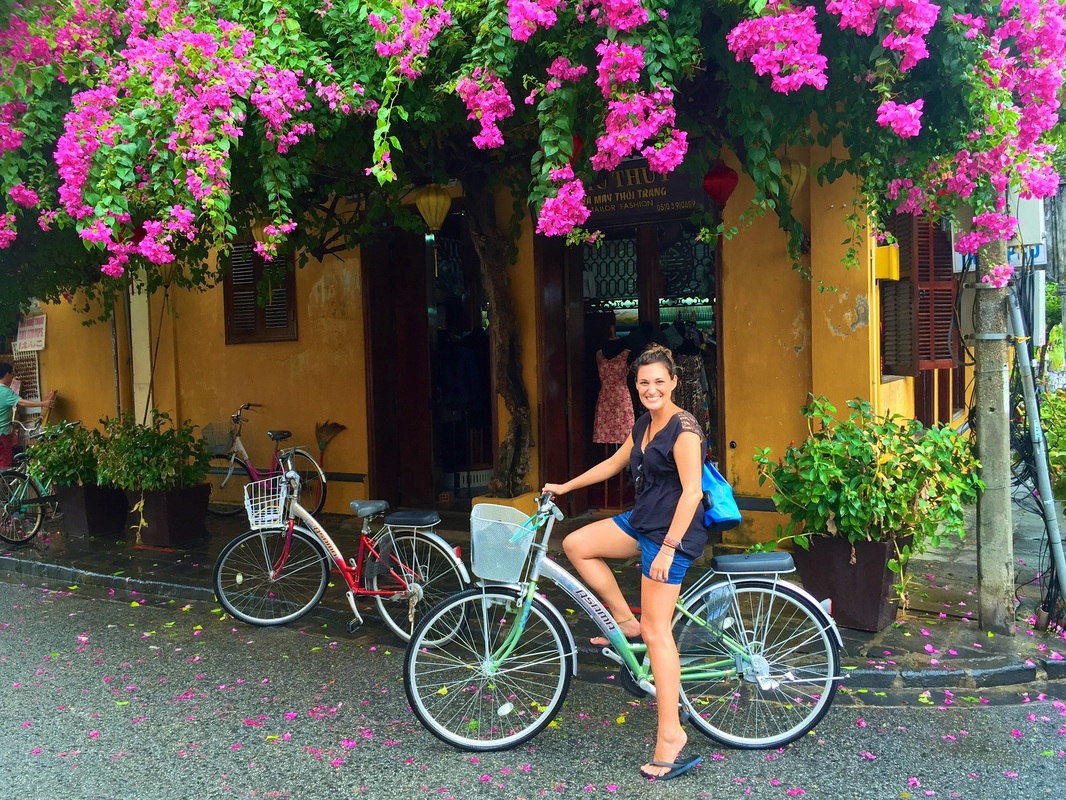
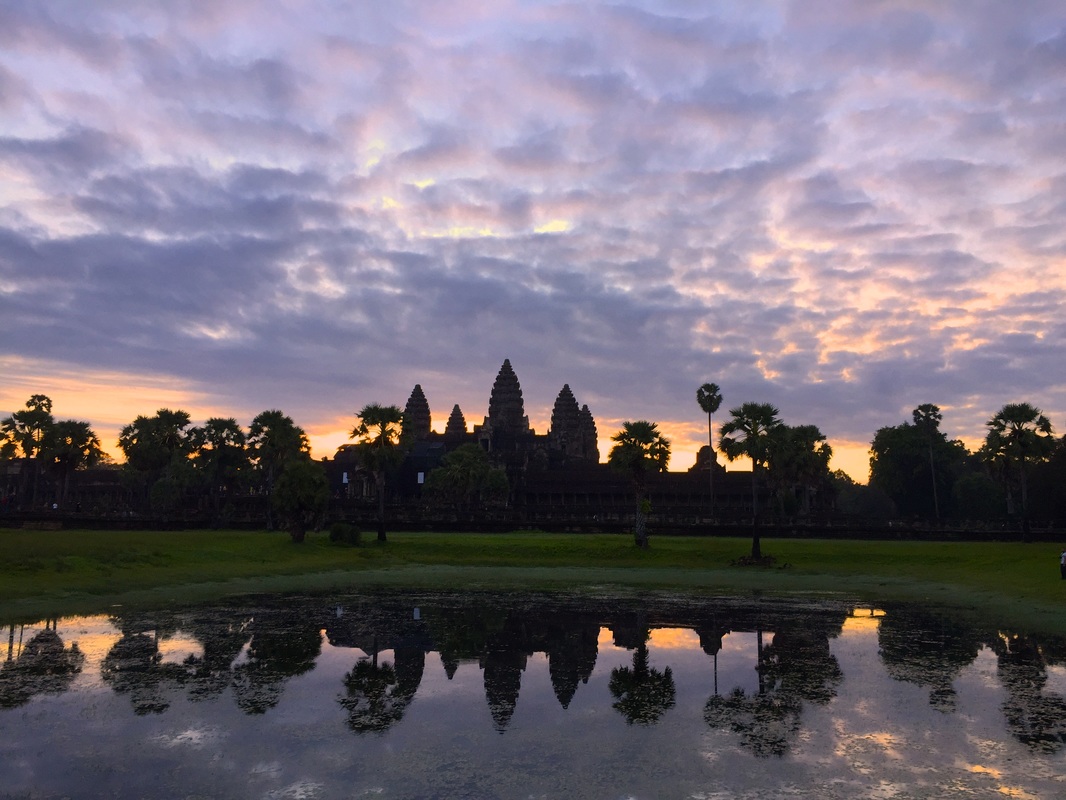
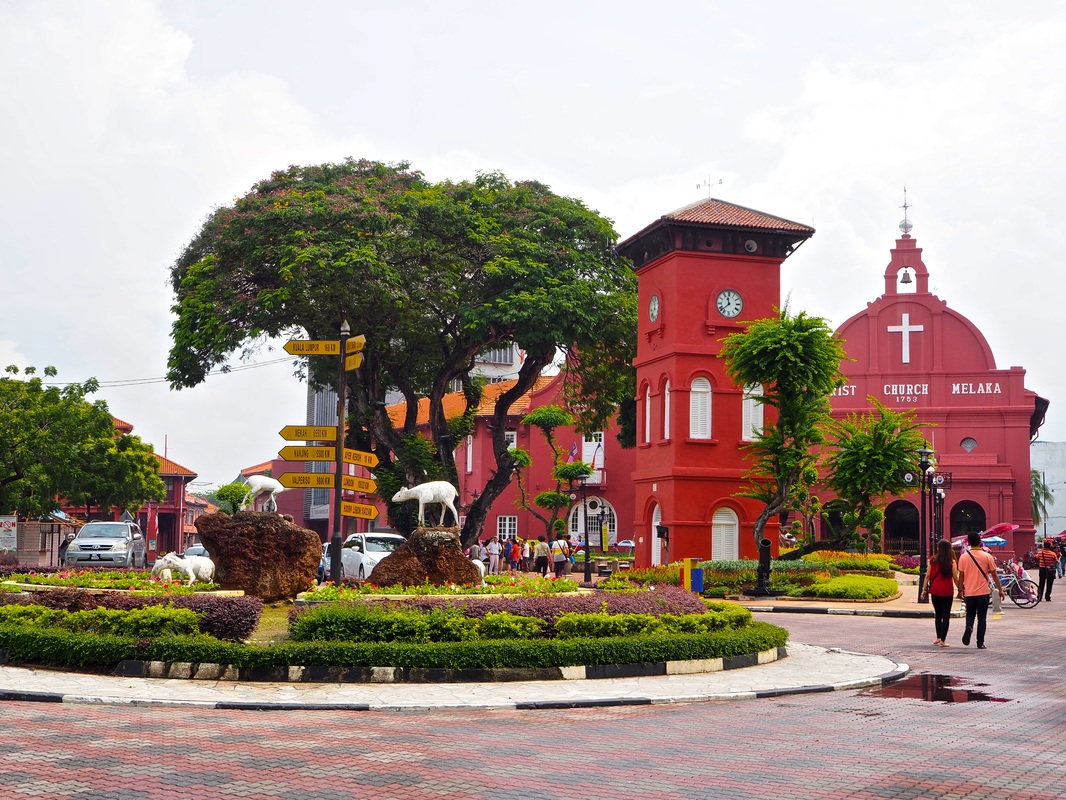
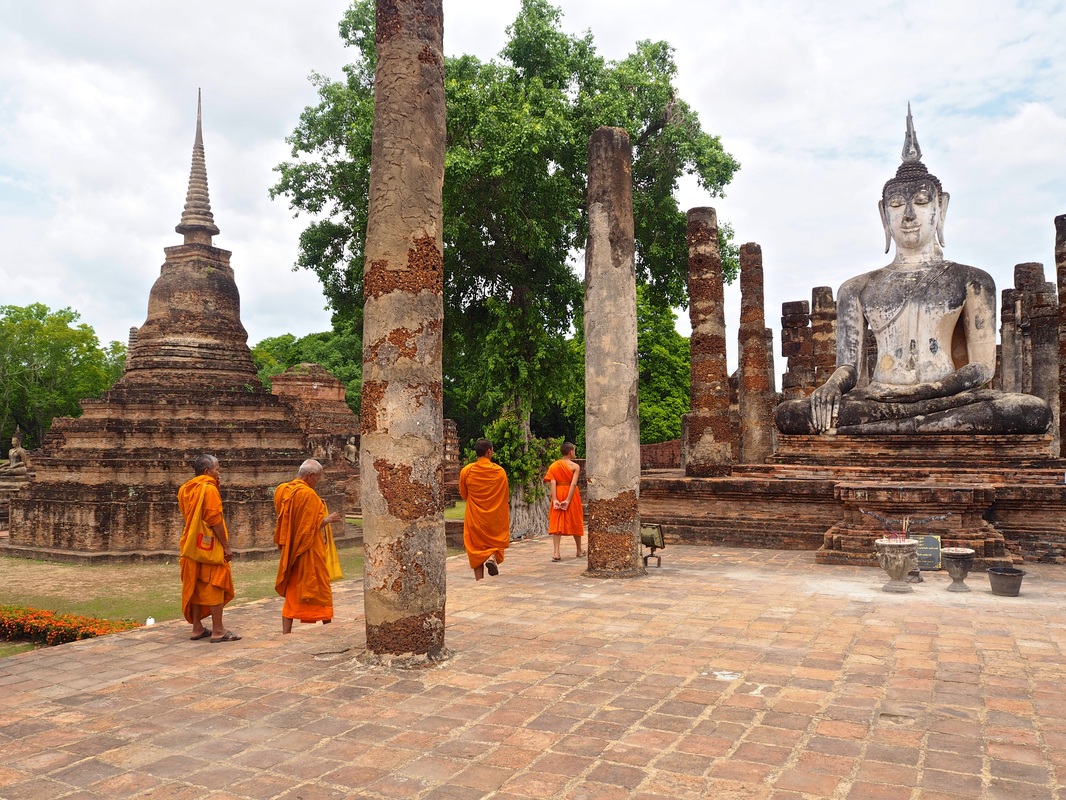
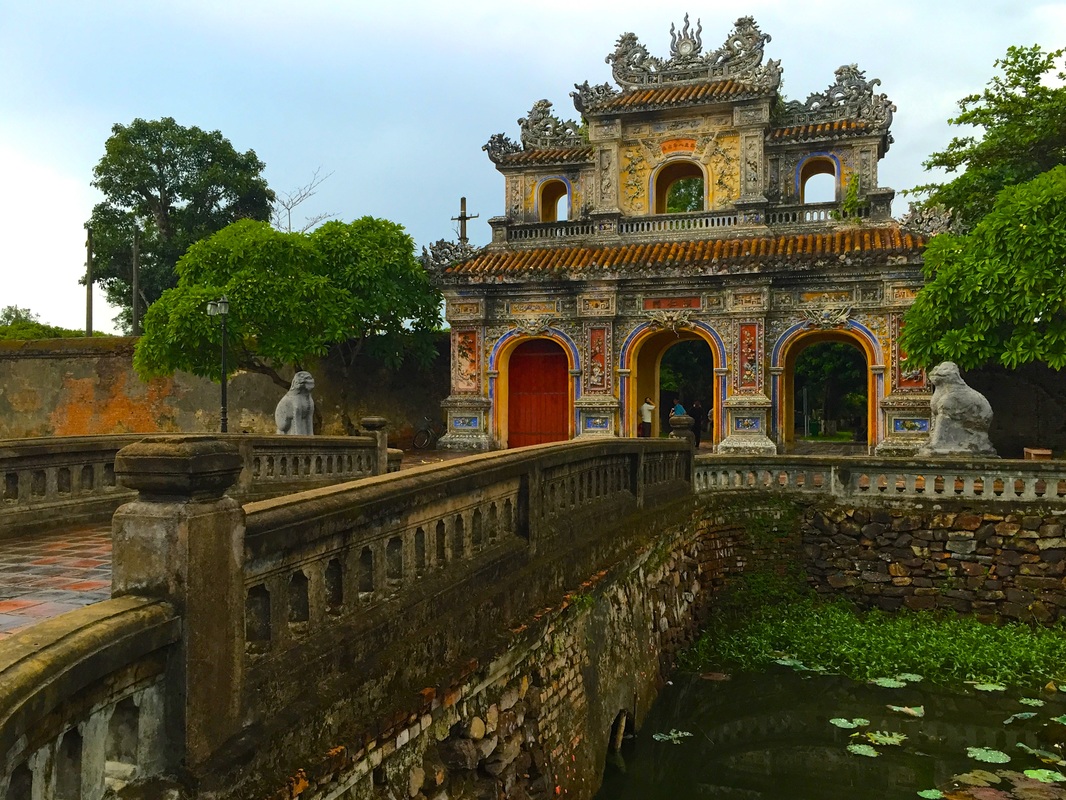
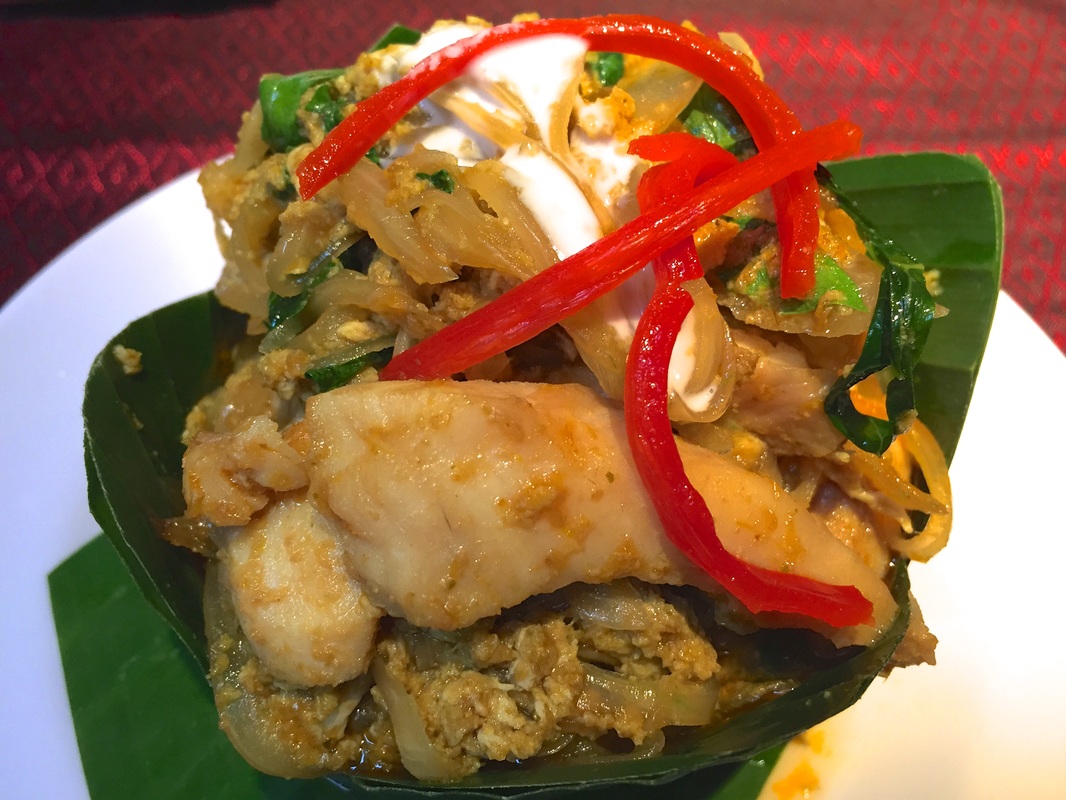
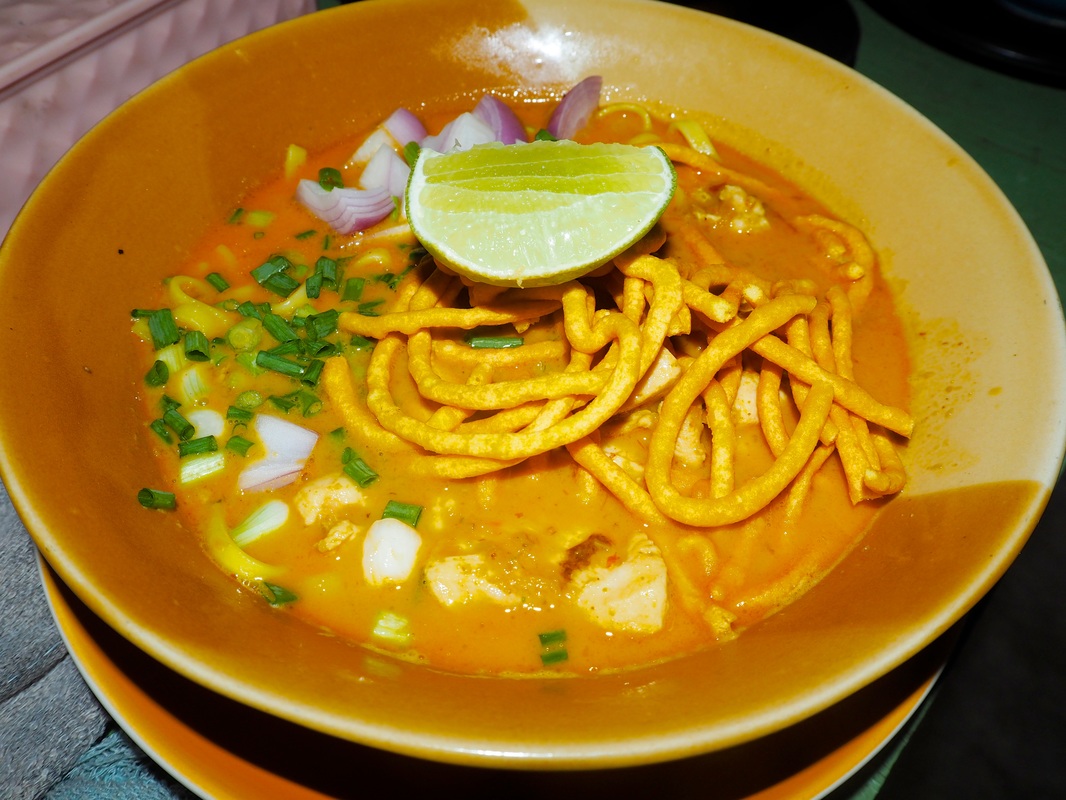
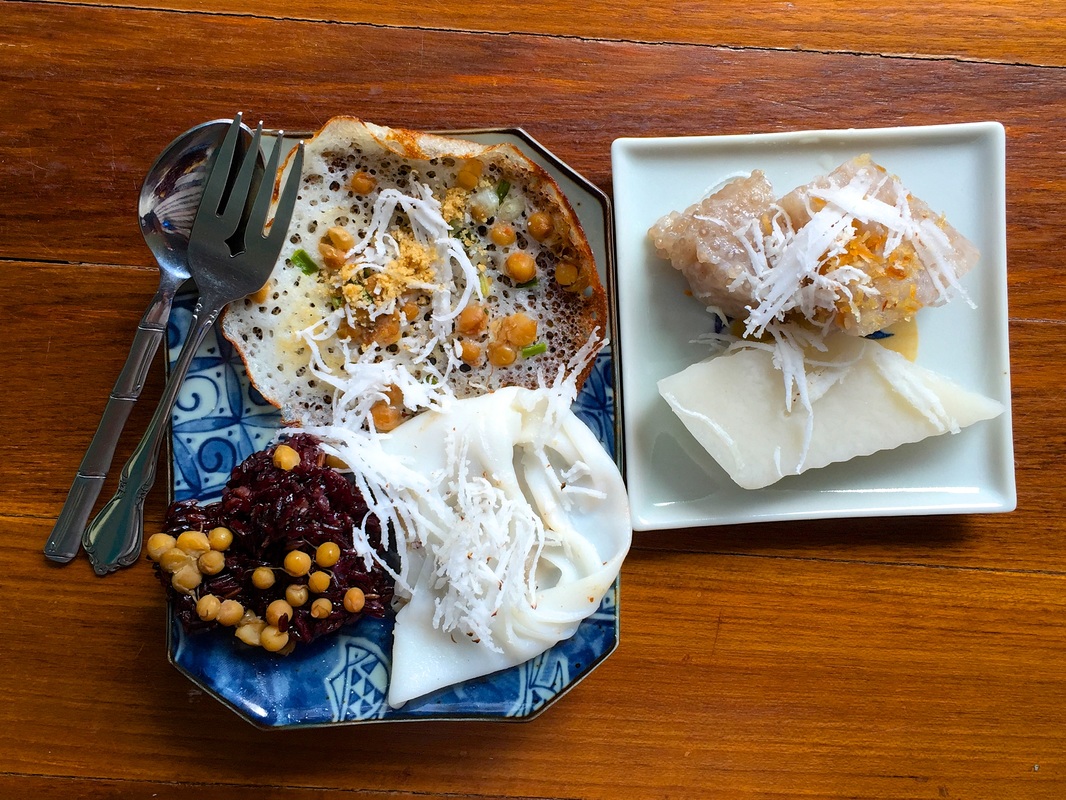
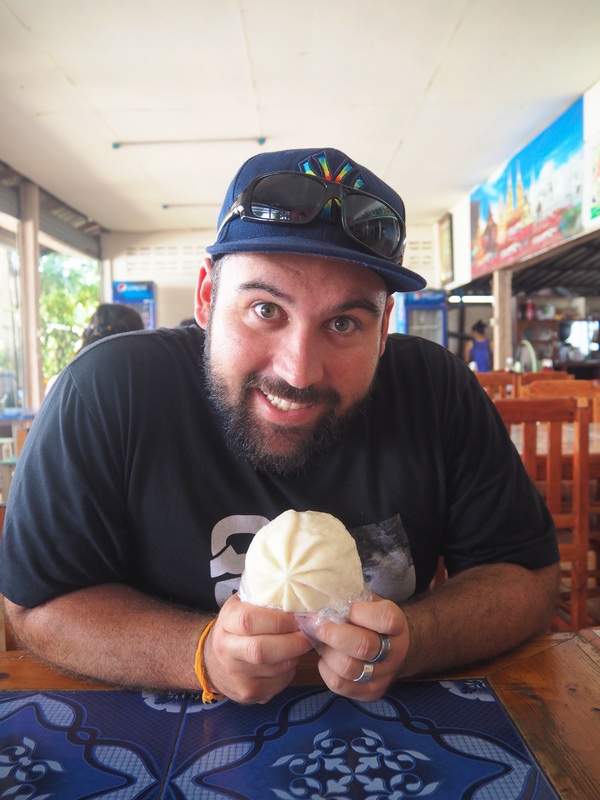
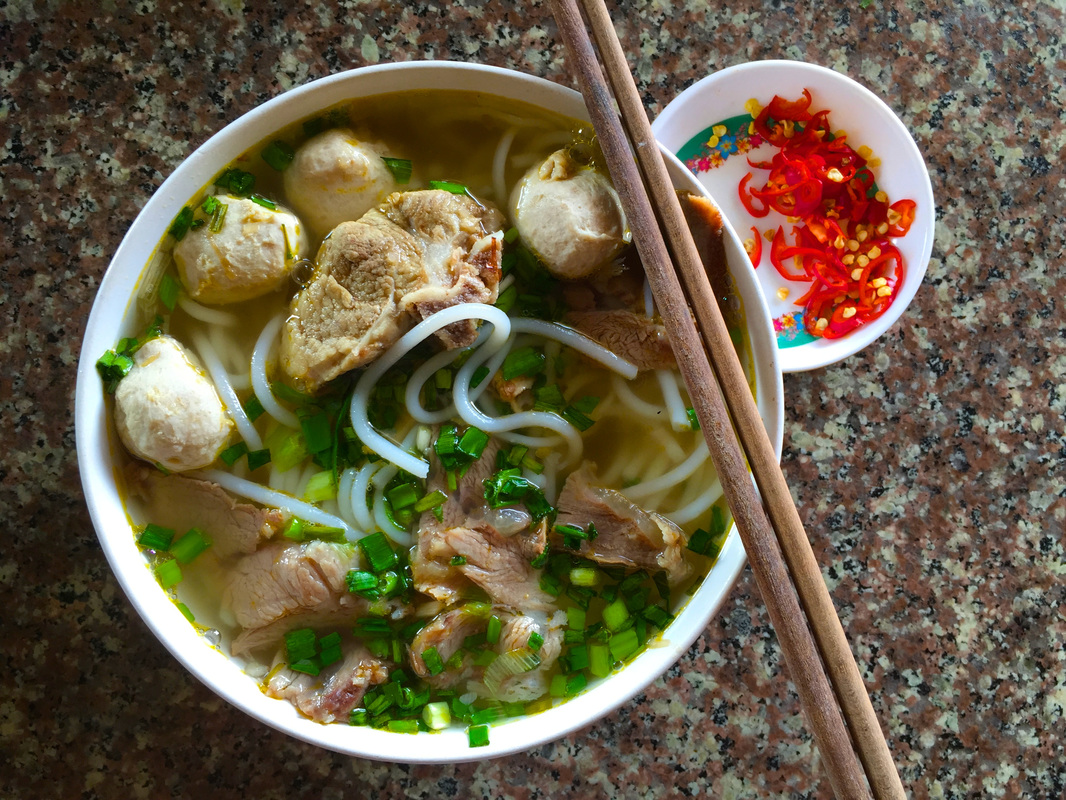
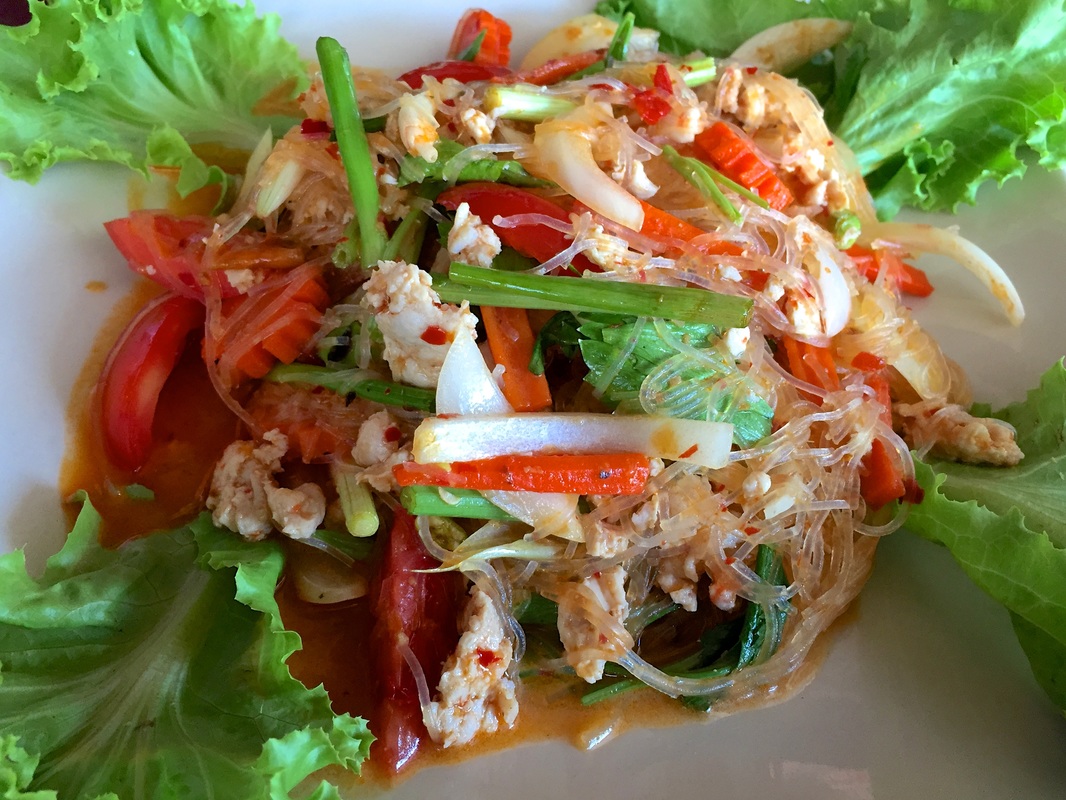
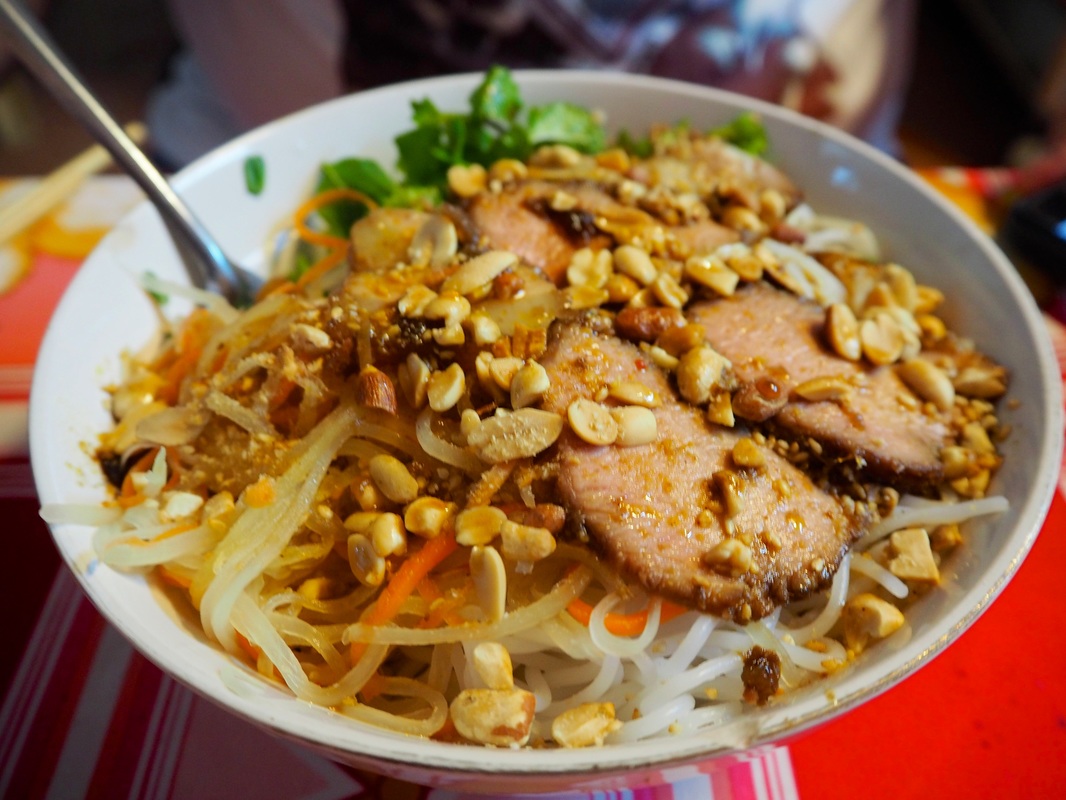
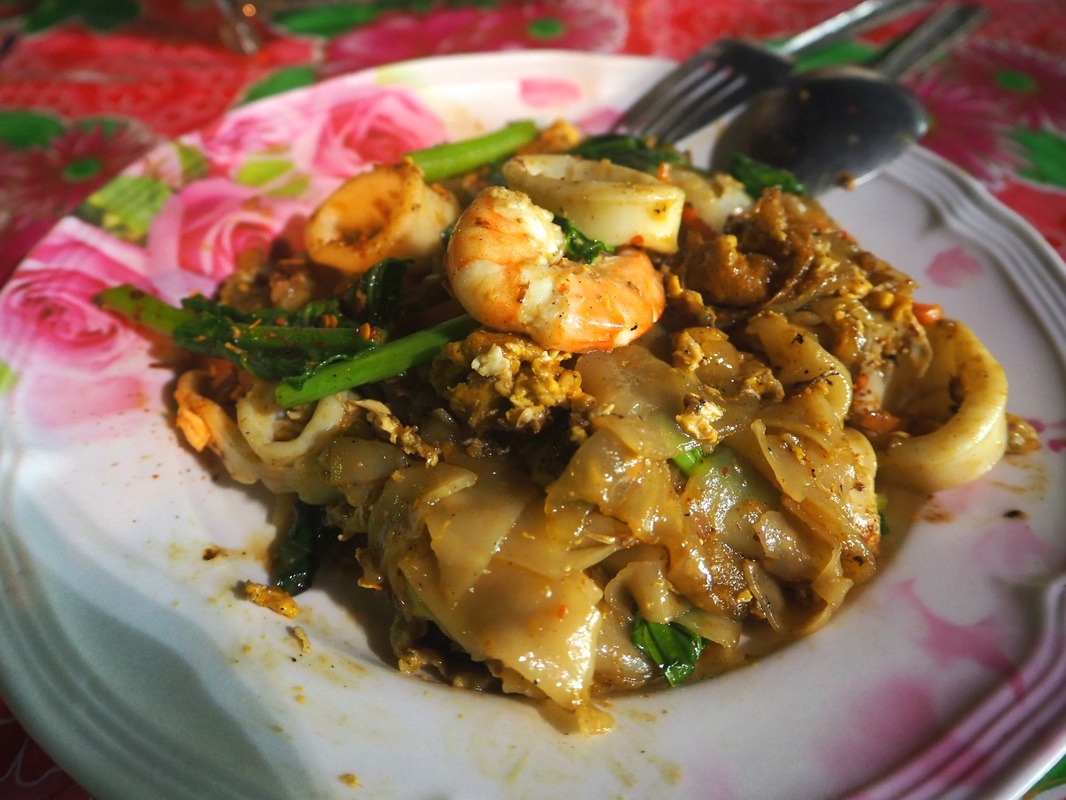
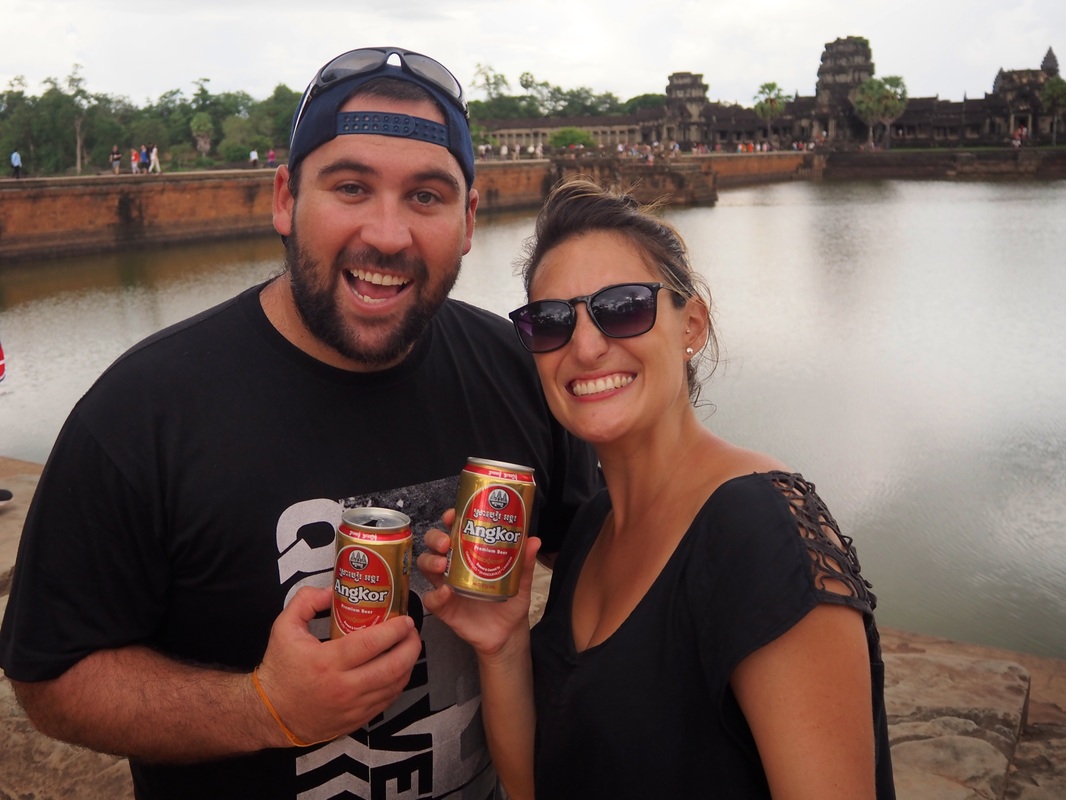
 RSS Feed
RSS Feed